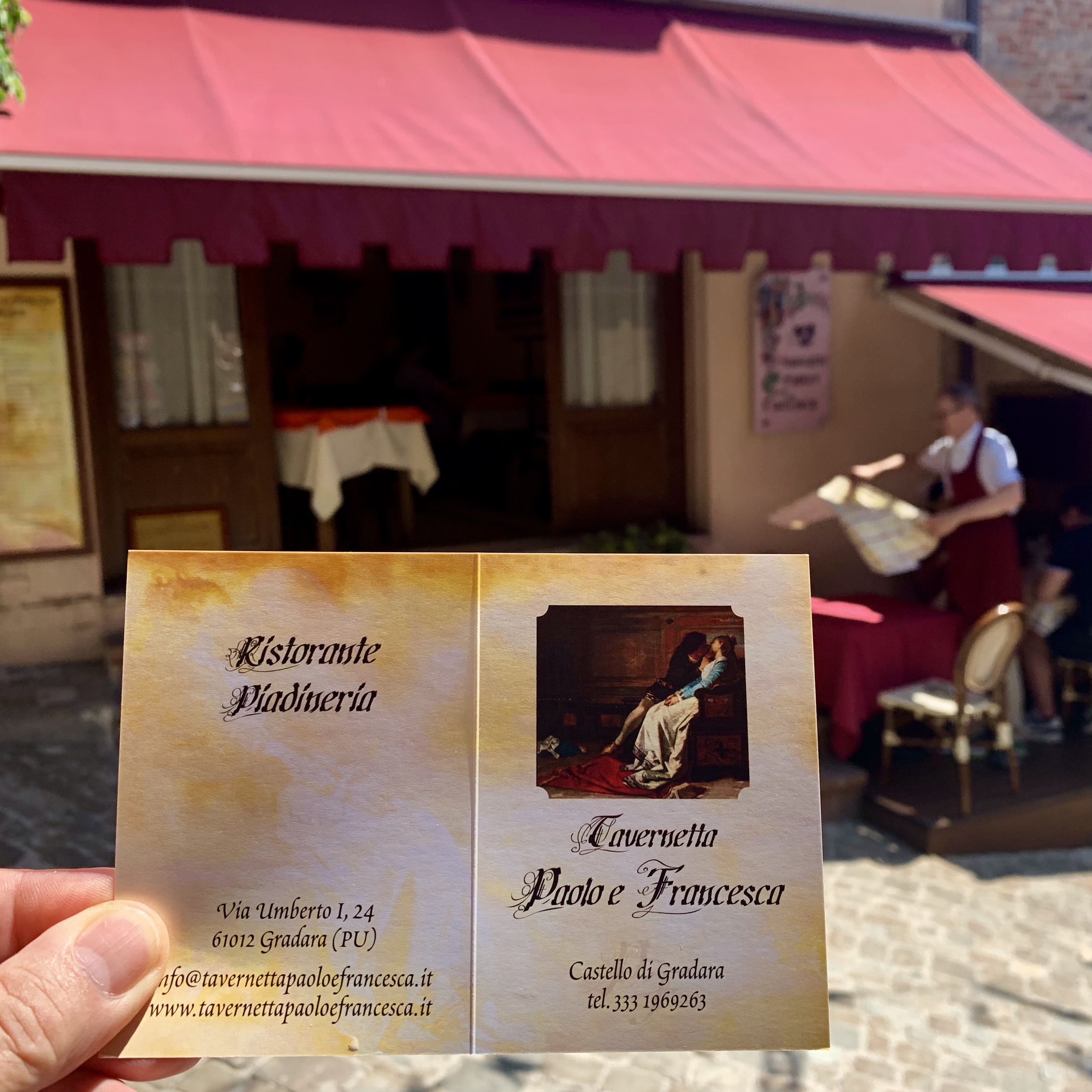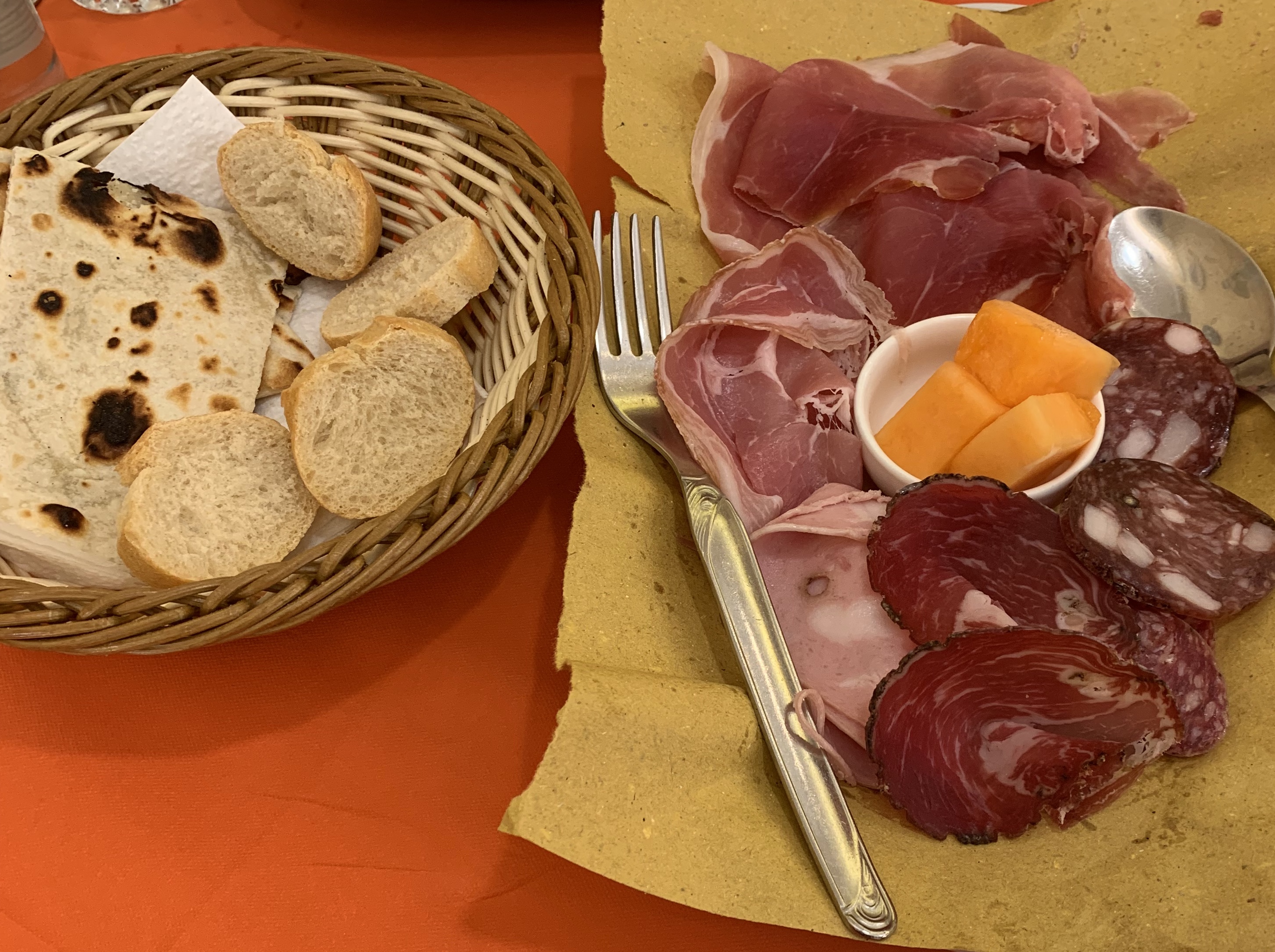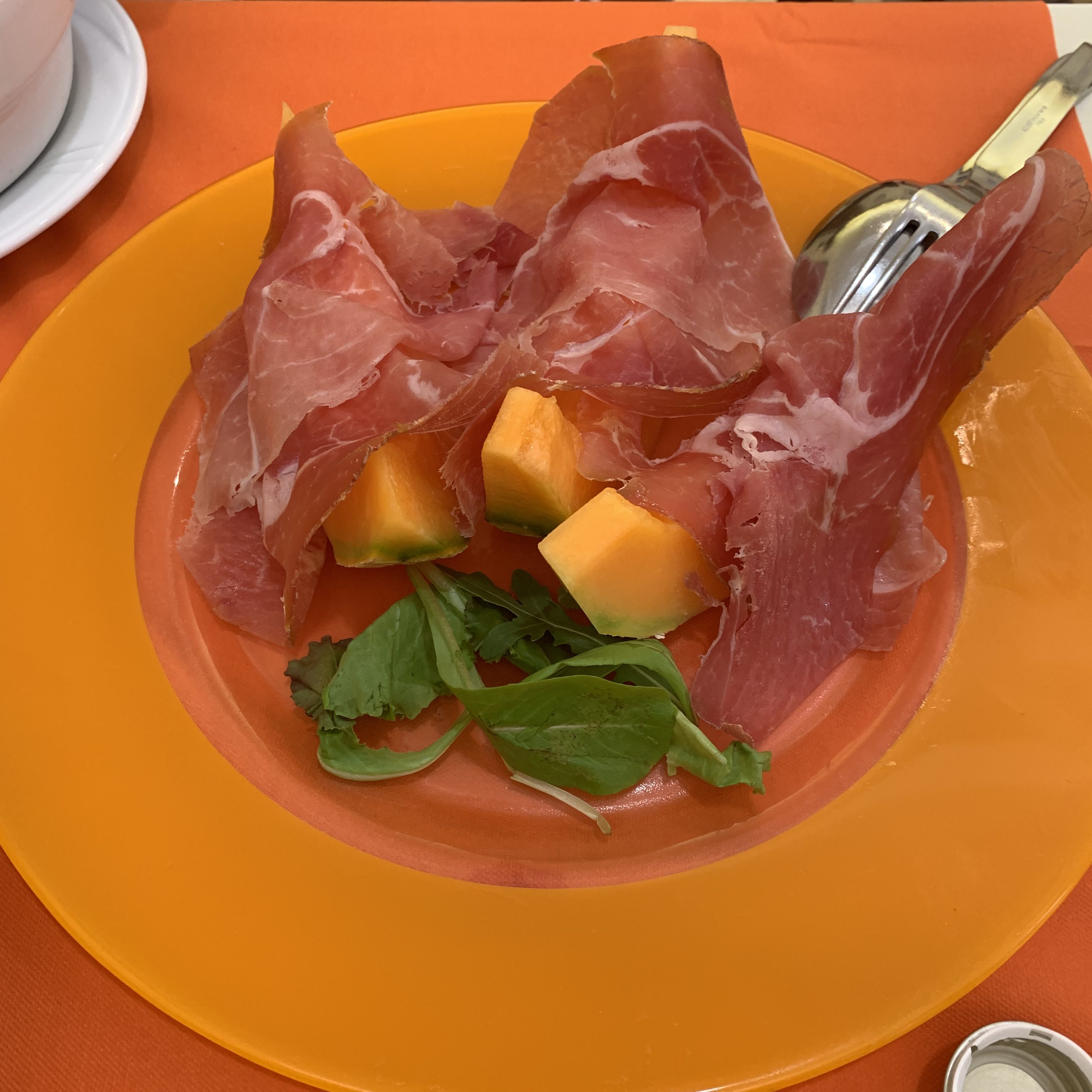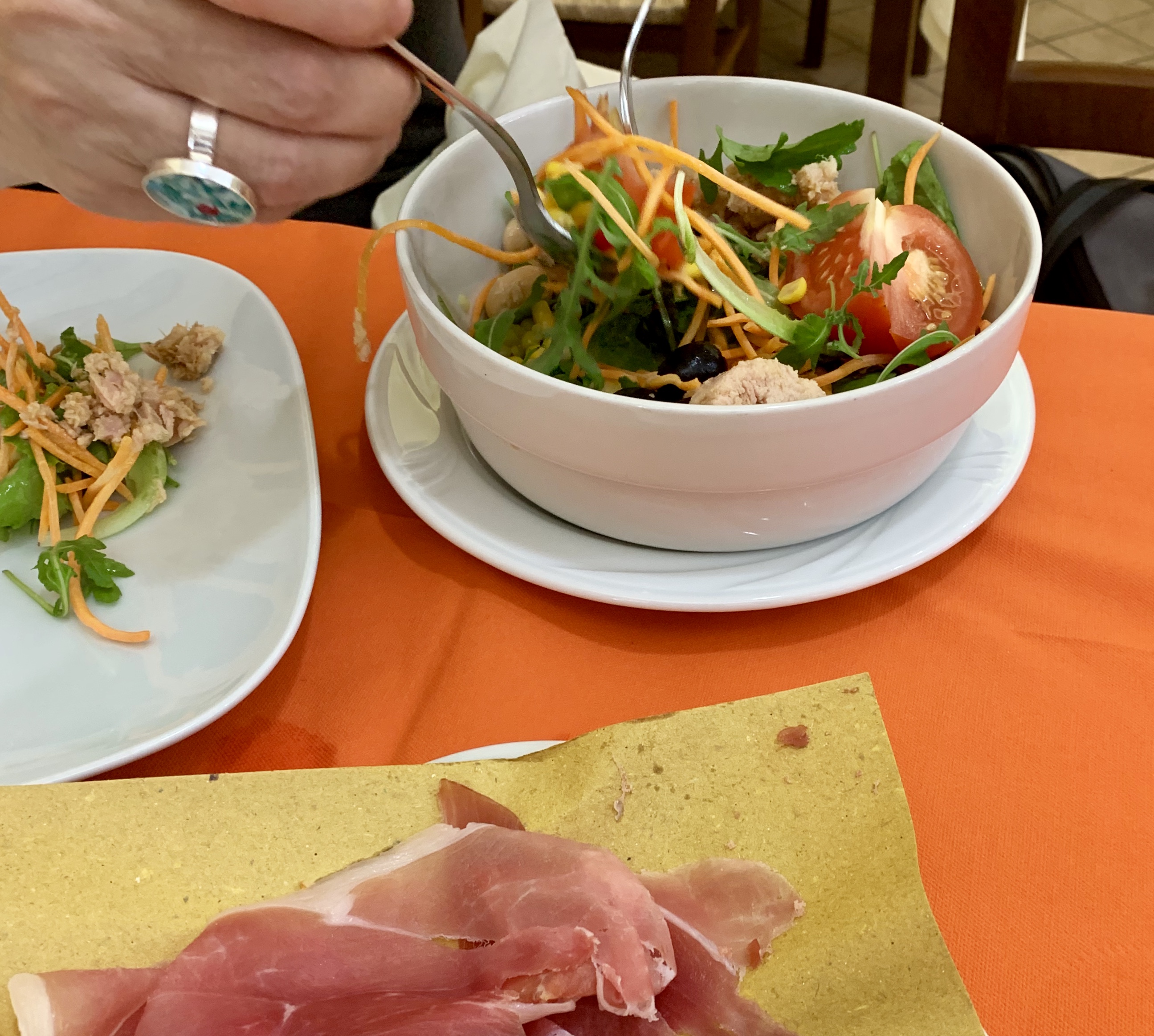09 August 2019
Leaving Ravenna, we intentionally took the slower route that ran close to the Adriatic Sea. The first half of the drive led us to Gradara, a picturesque medieval town. The second half took us rest of the way to Serra Sant’Abbondio, Robert’s Italian “home town,” revealing the beautiful rolling landscape of Le Marche along the way.
We can never get too much of these views. Fields of cut hay rolled in three-meter disks left randomly in the fields like sections of tootsie rolls on a table top. Girasoli (sunflowers) with heads up and facing the sun as youth do or with heads bowed with age, nearing the end of their lives. Occasionally, a farmhouse fronted with a patch of vineyard and backed by thick woods. Or a bit of a medieval castle on a distant hilltop. Dark forested mountains always in the background. The region is still quite green even though it is the beginning of August. It is all very beautiful and comforting to us.
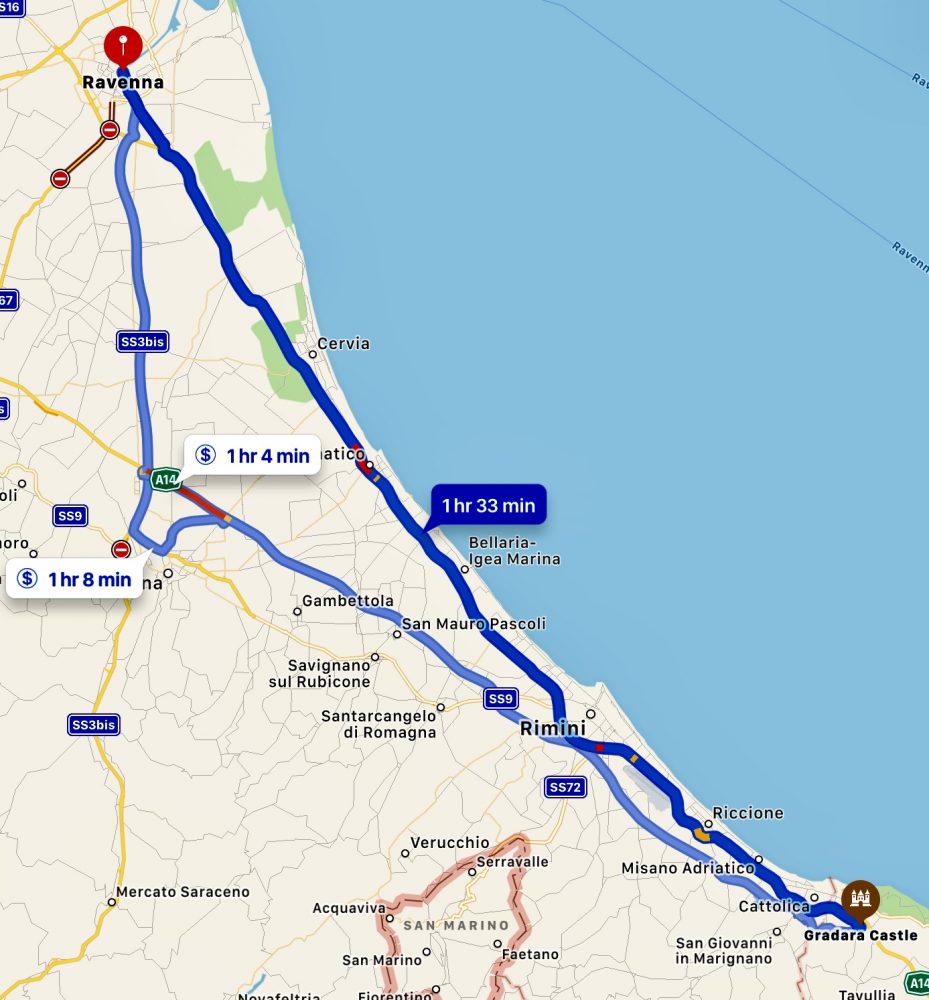
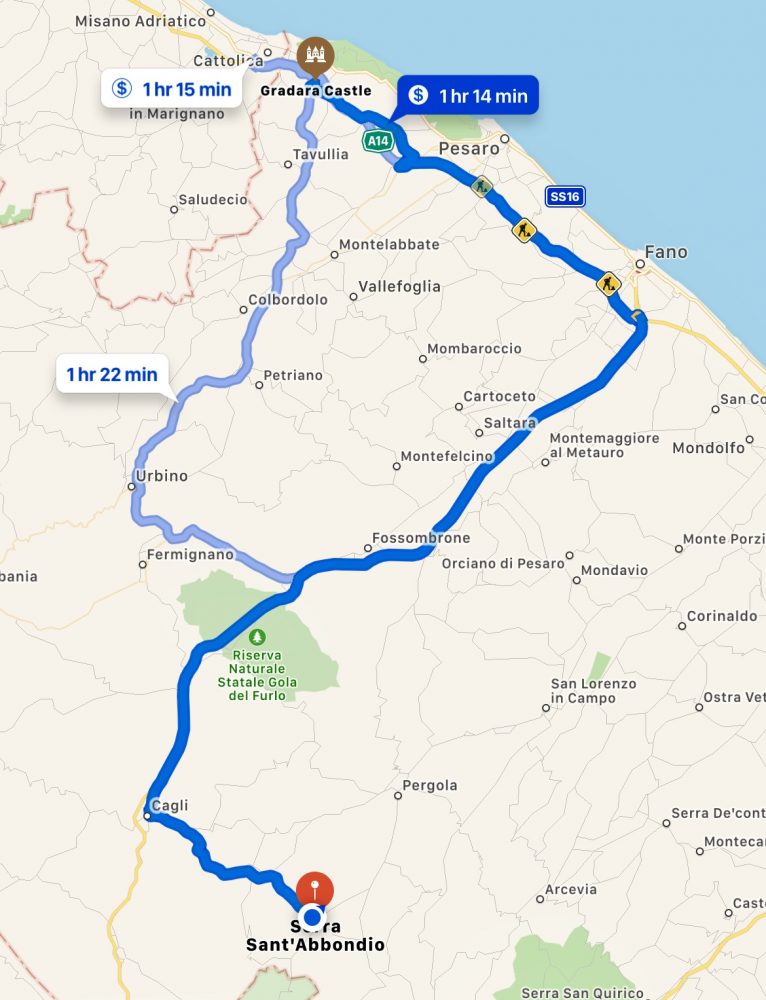
Saint Apollinaire in Classe
And you thought we were done with mosaics. Not so! On our way out of Ravenna we stopped to visit Saint Apollinaire in Classe, one of the first churches to display a saint front and center in the mosaic where Jesus is usually placed. The church was built in the sixth century to honor the patron saint of Ravenna and at the same time to rebuke Arian Christians who believed that Christ was begotten from God and therefore at one point in time did not exist. This conflicted with the belief that the Holy Trinity was ONE God comprised of the essence of three beings. Interesting and not something Robert was taught in school.
The church was once on the Adriatic coastline. However, the accumulation of silt over the centuries now separates the church from the sea by nine kilometers.
We were taken by the simplicity of the church’s interior (partly because those darn Venetians stripped the mosaics from the side and back walls of the church). The mosaics that remain are very striking, perhaps heightened by the contrast with the bare walls. The interior space is quite large, but comprehensible to the eye.
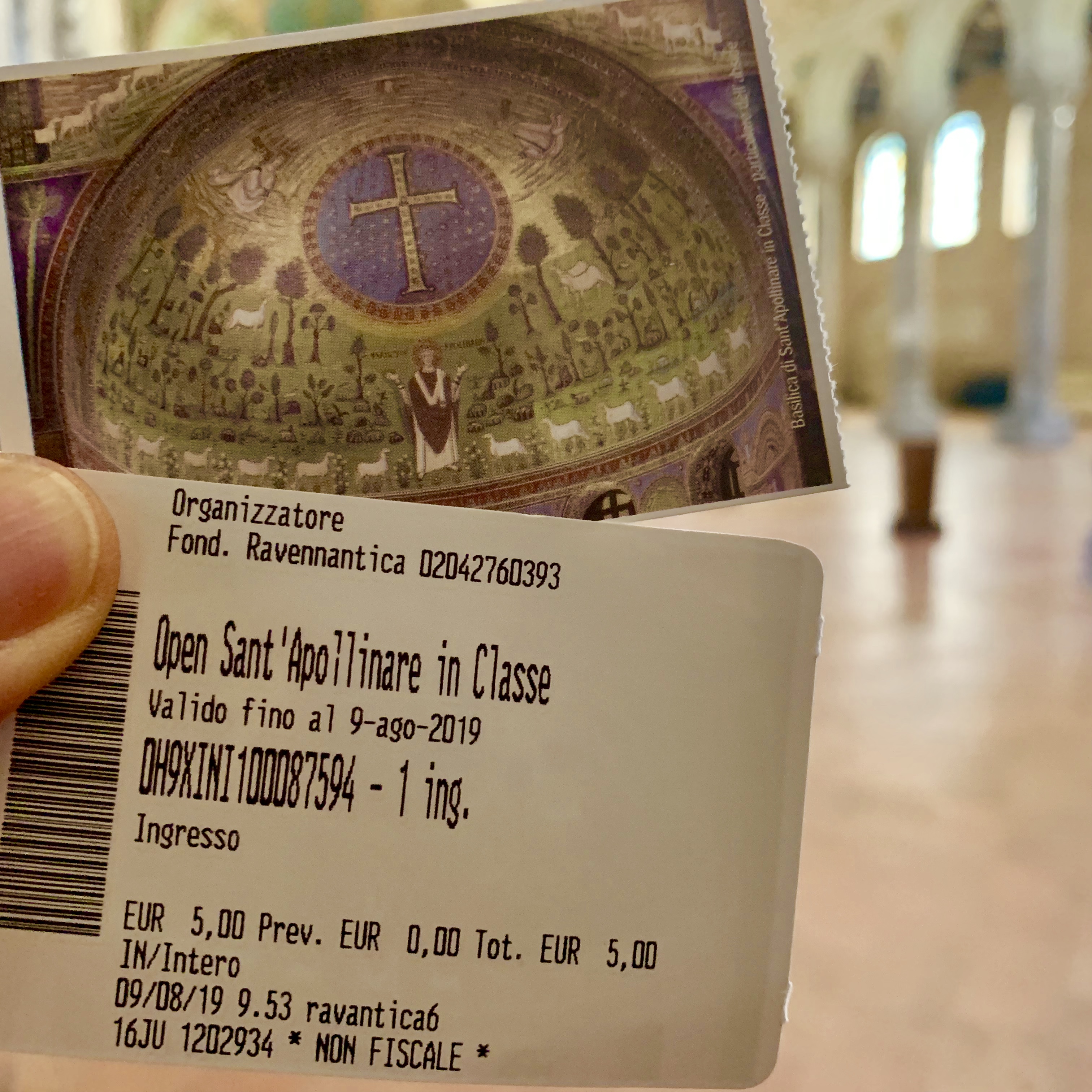
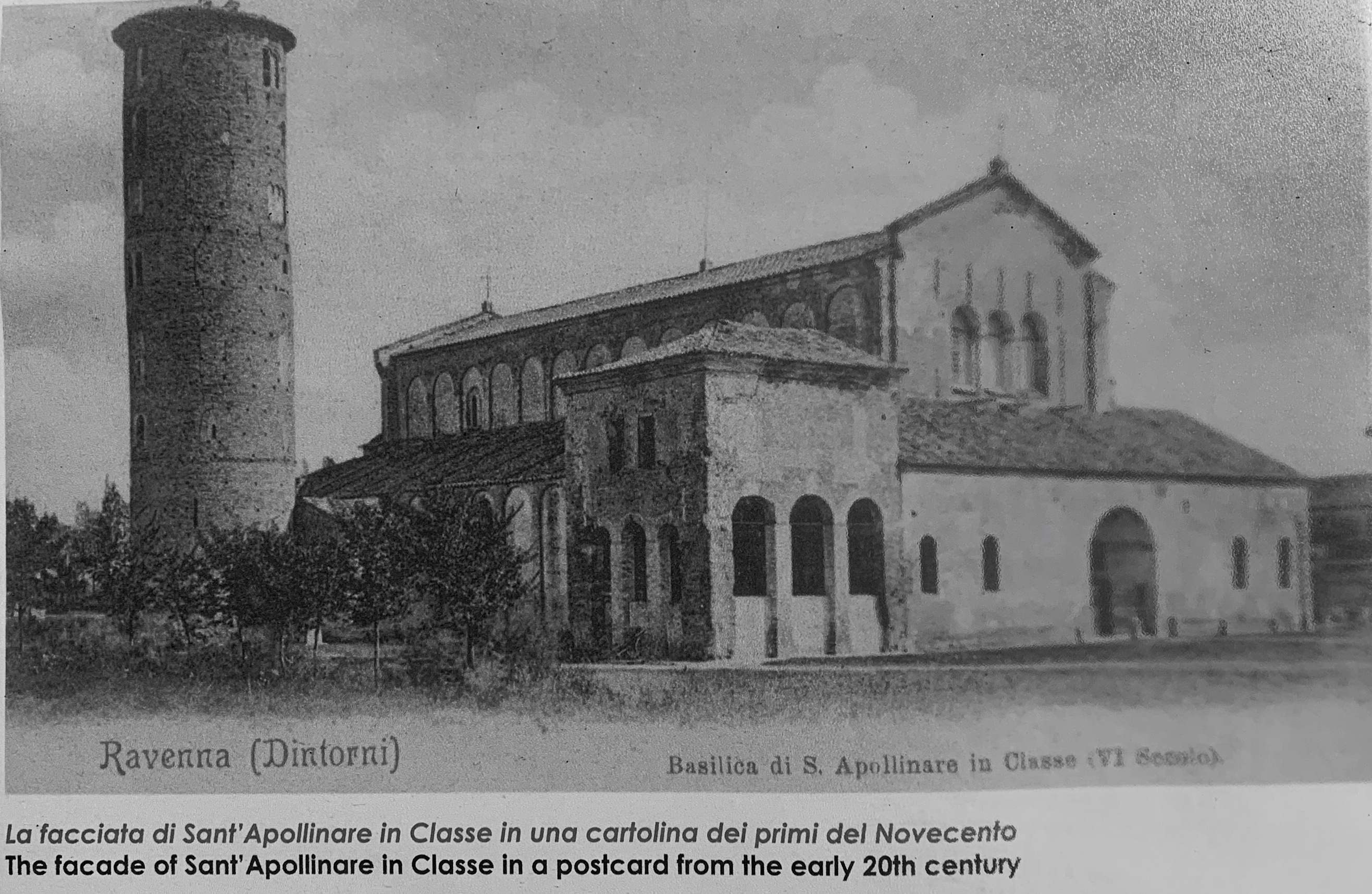
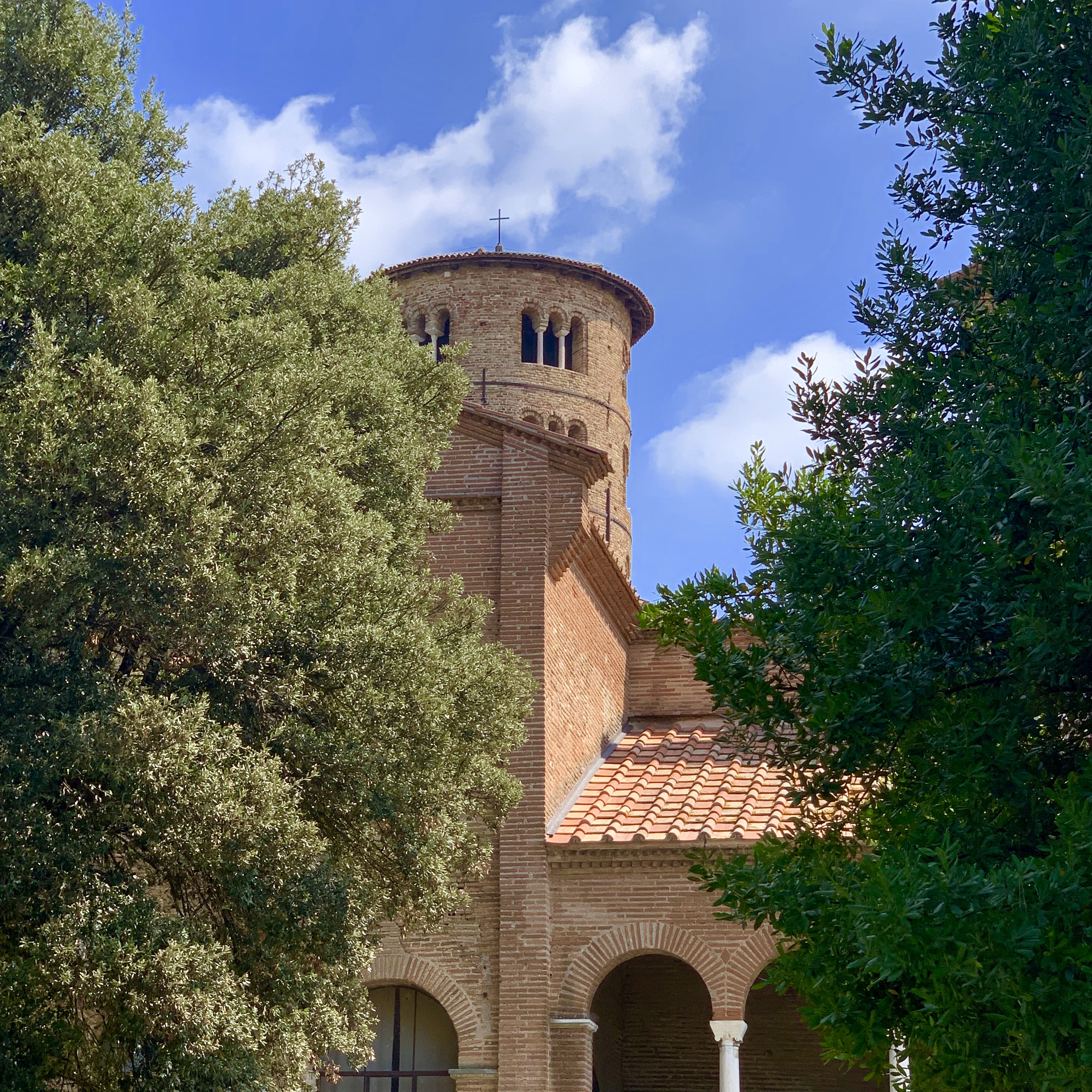
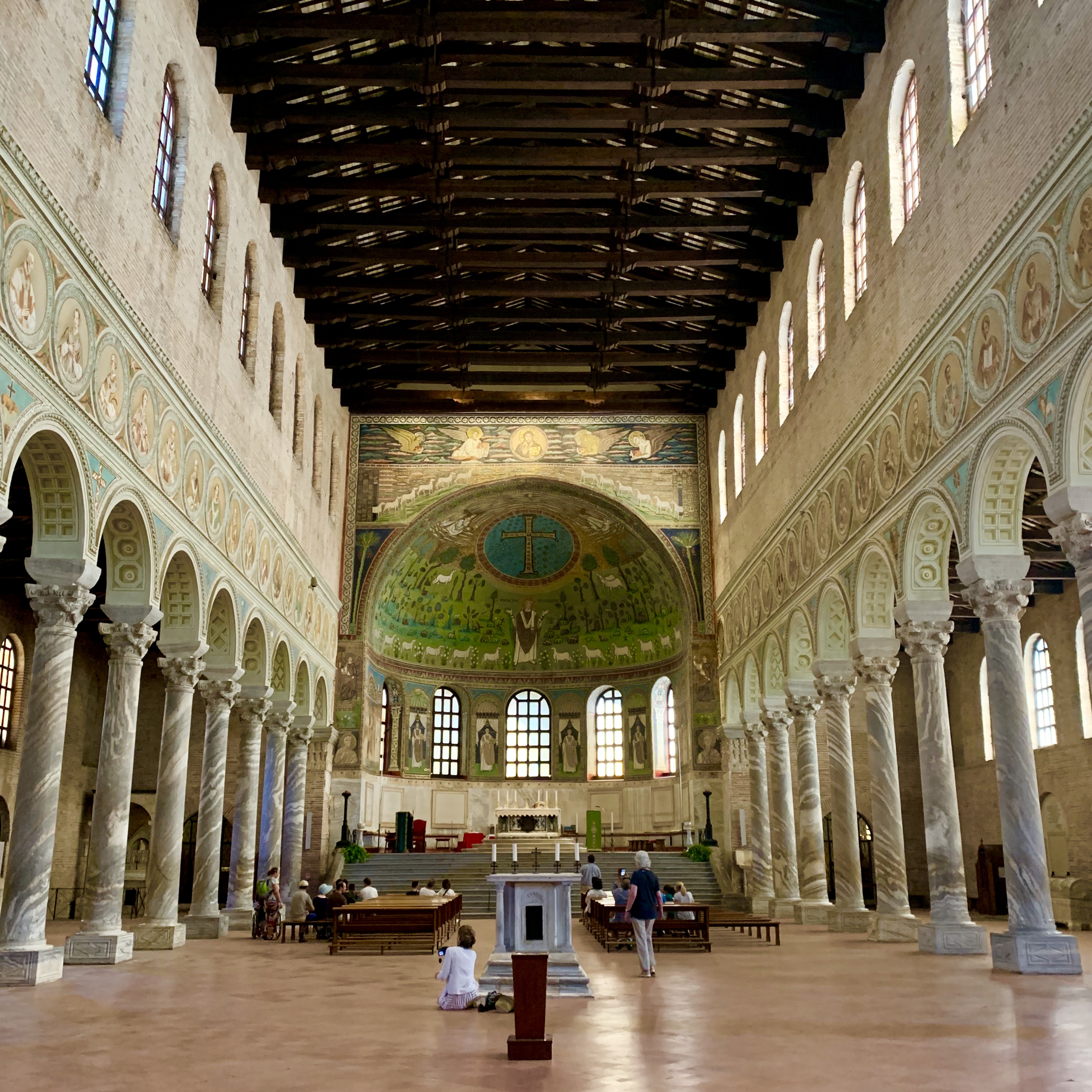
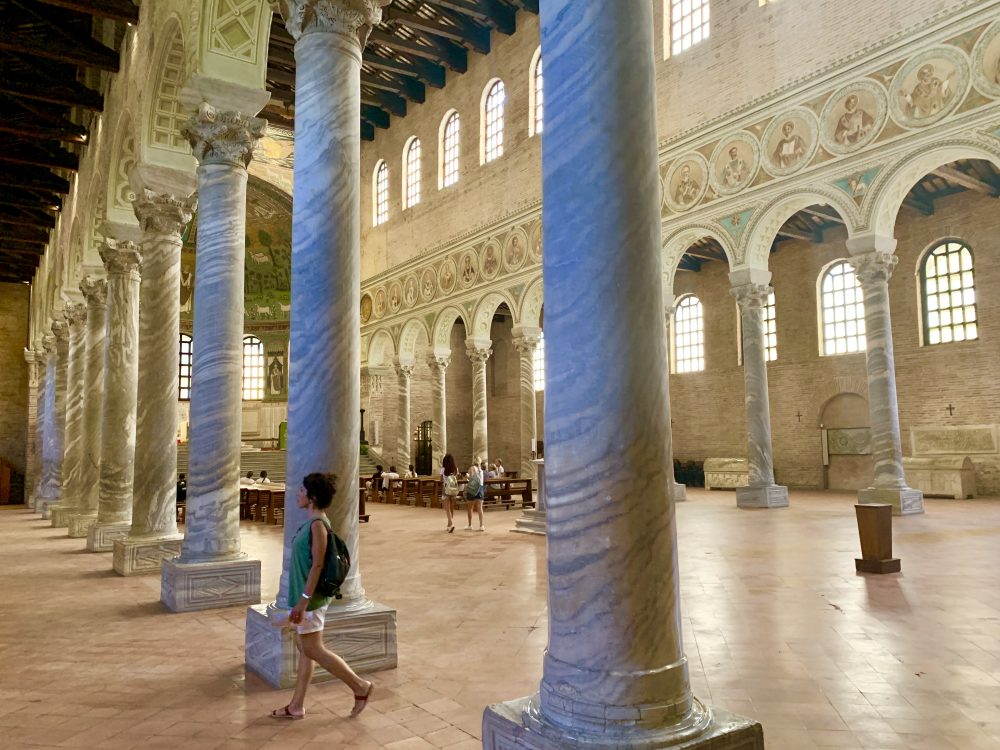
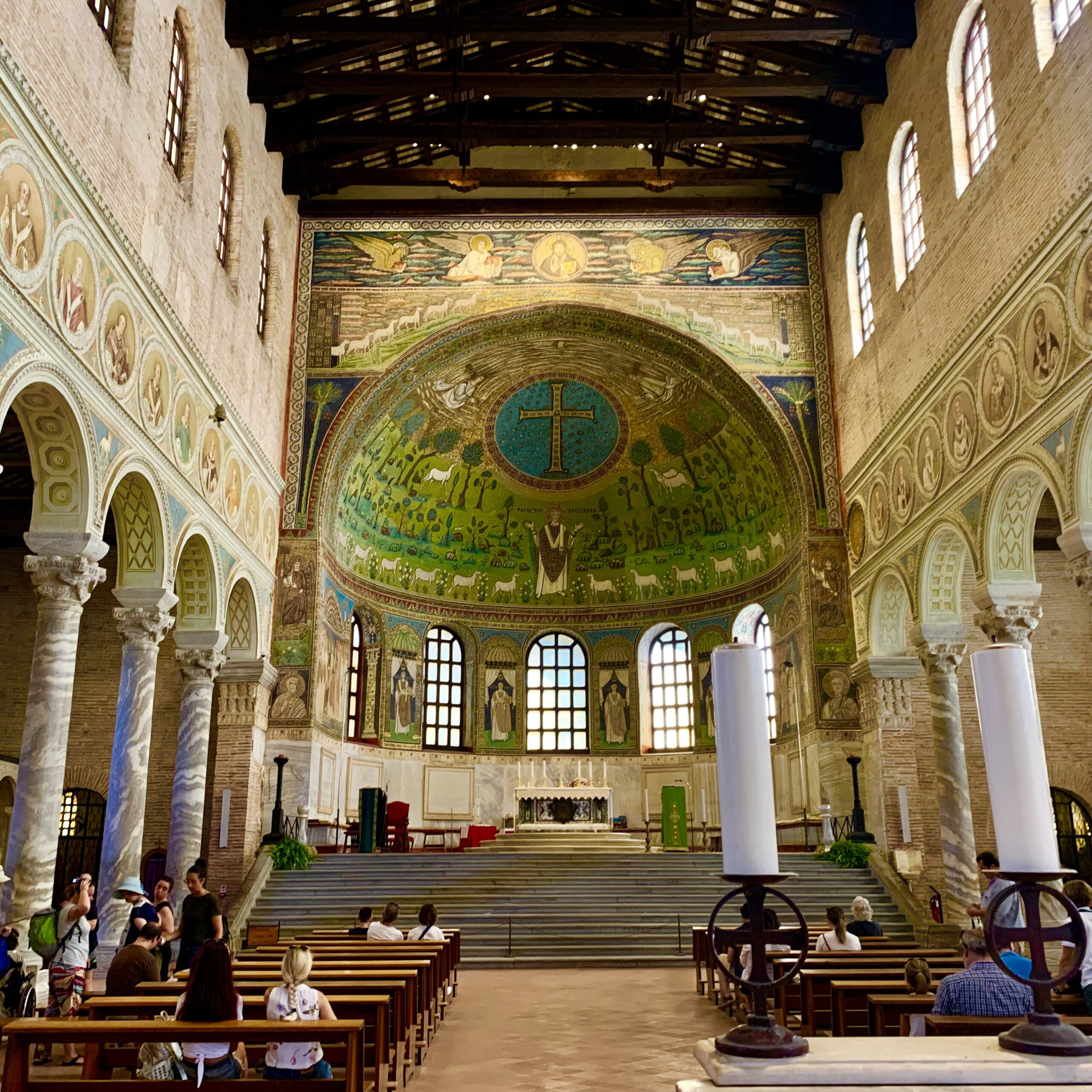
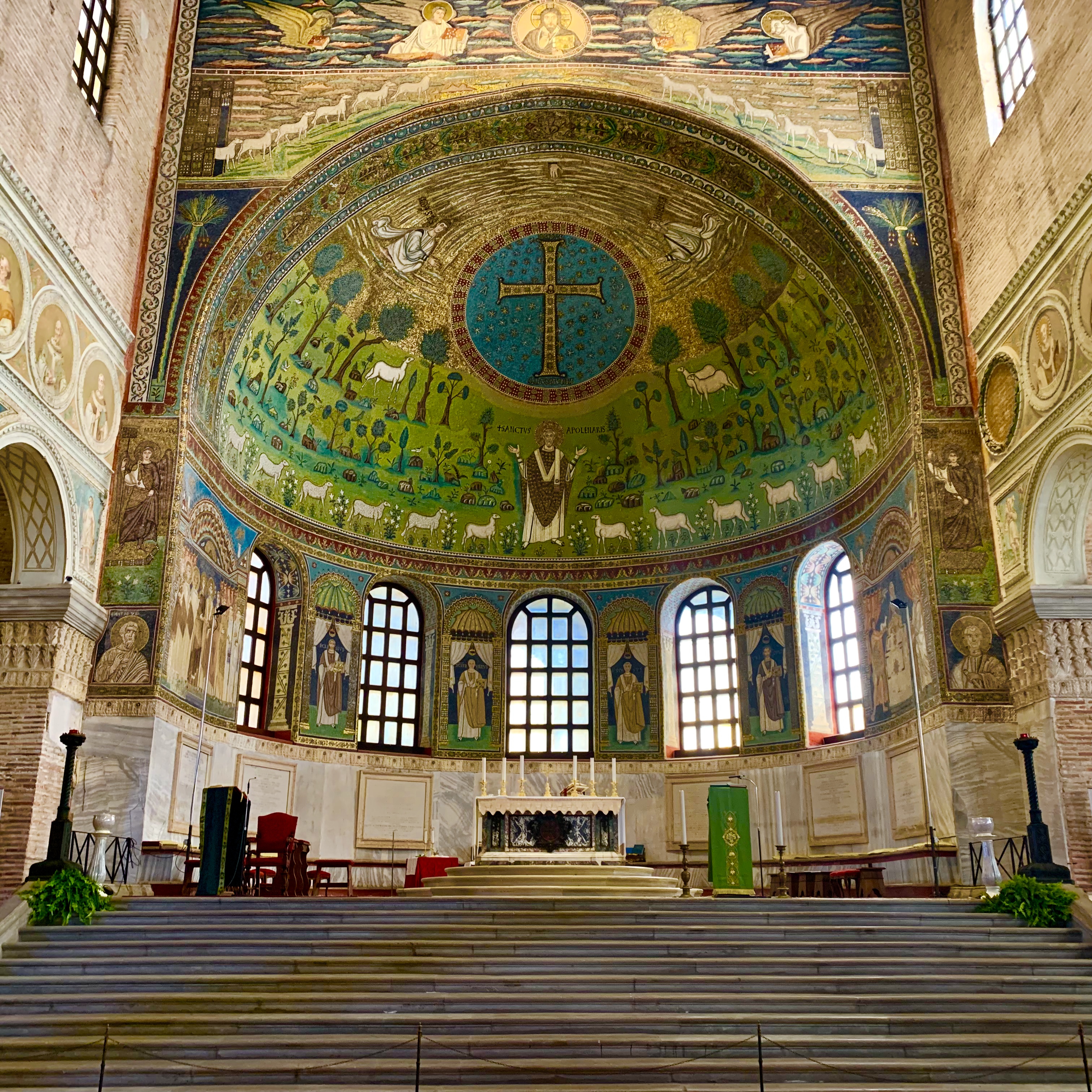
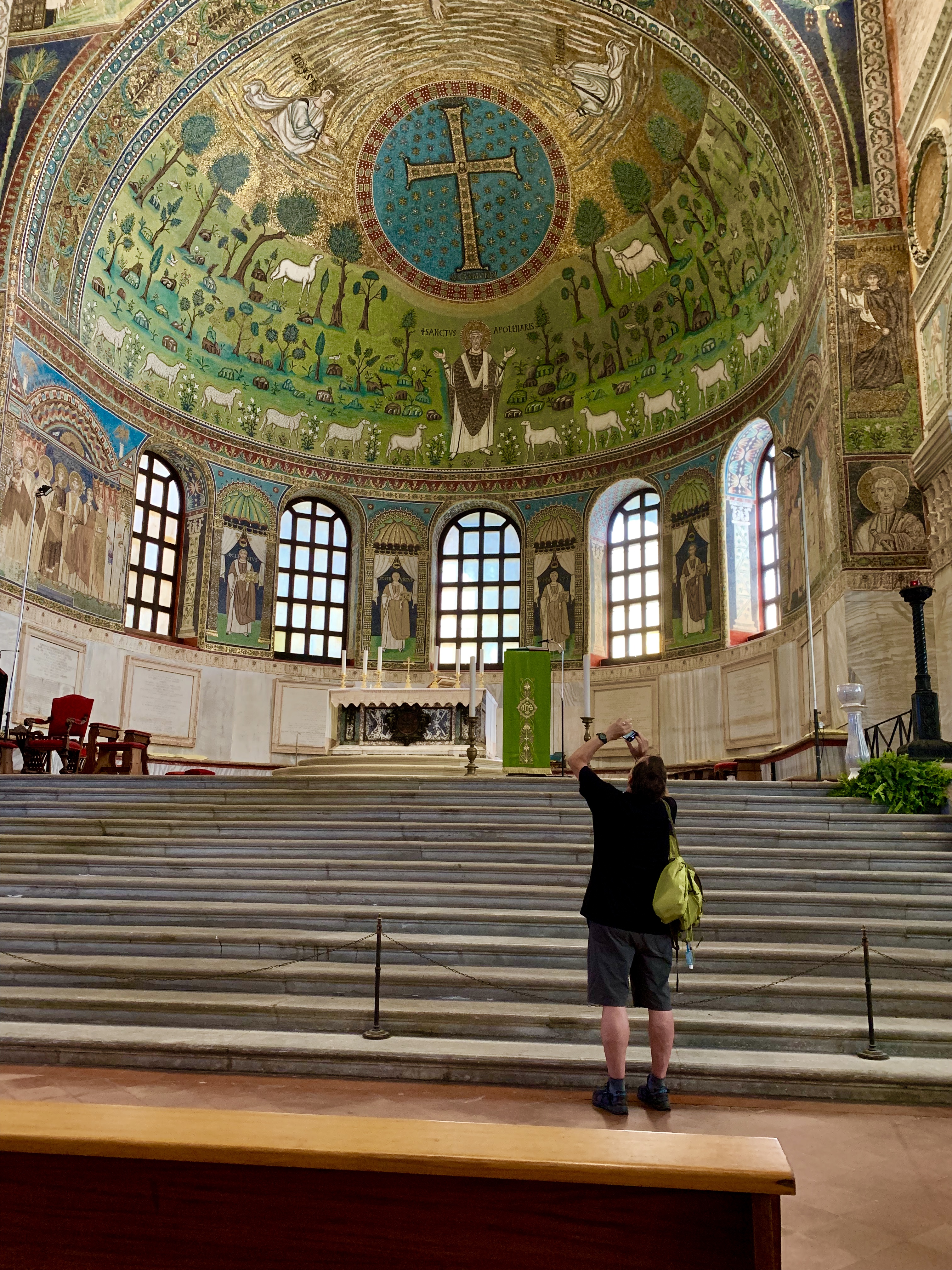
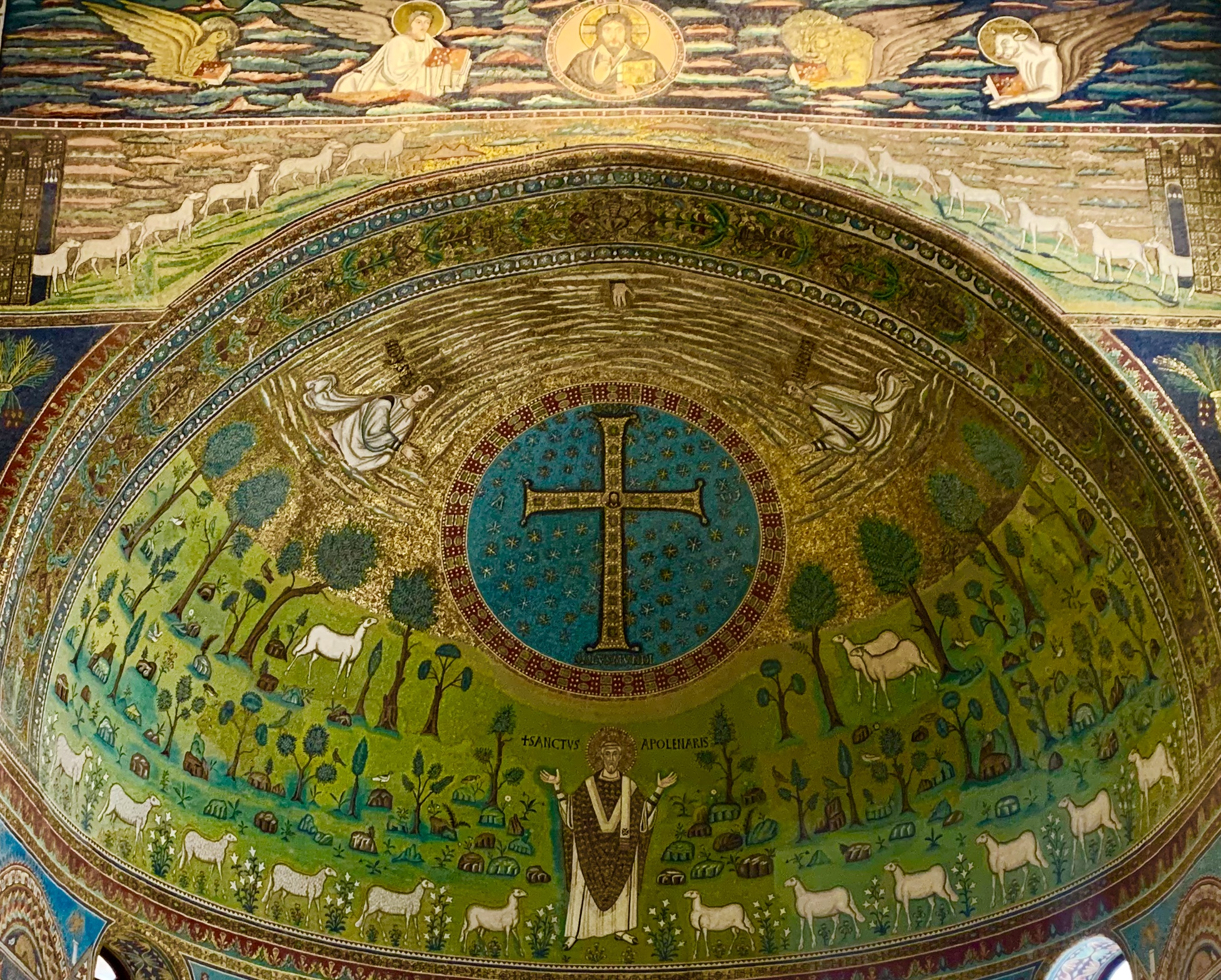
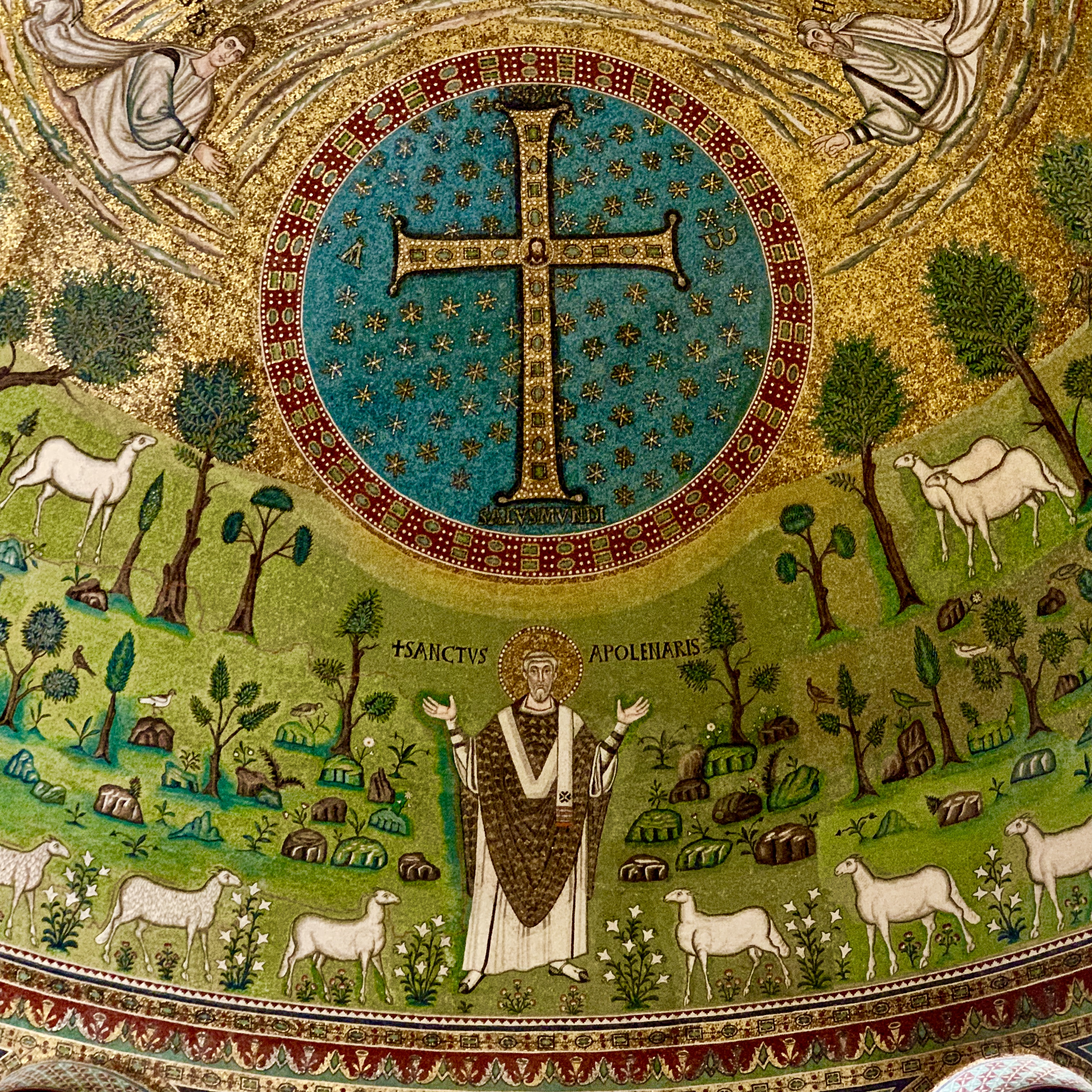
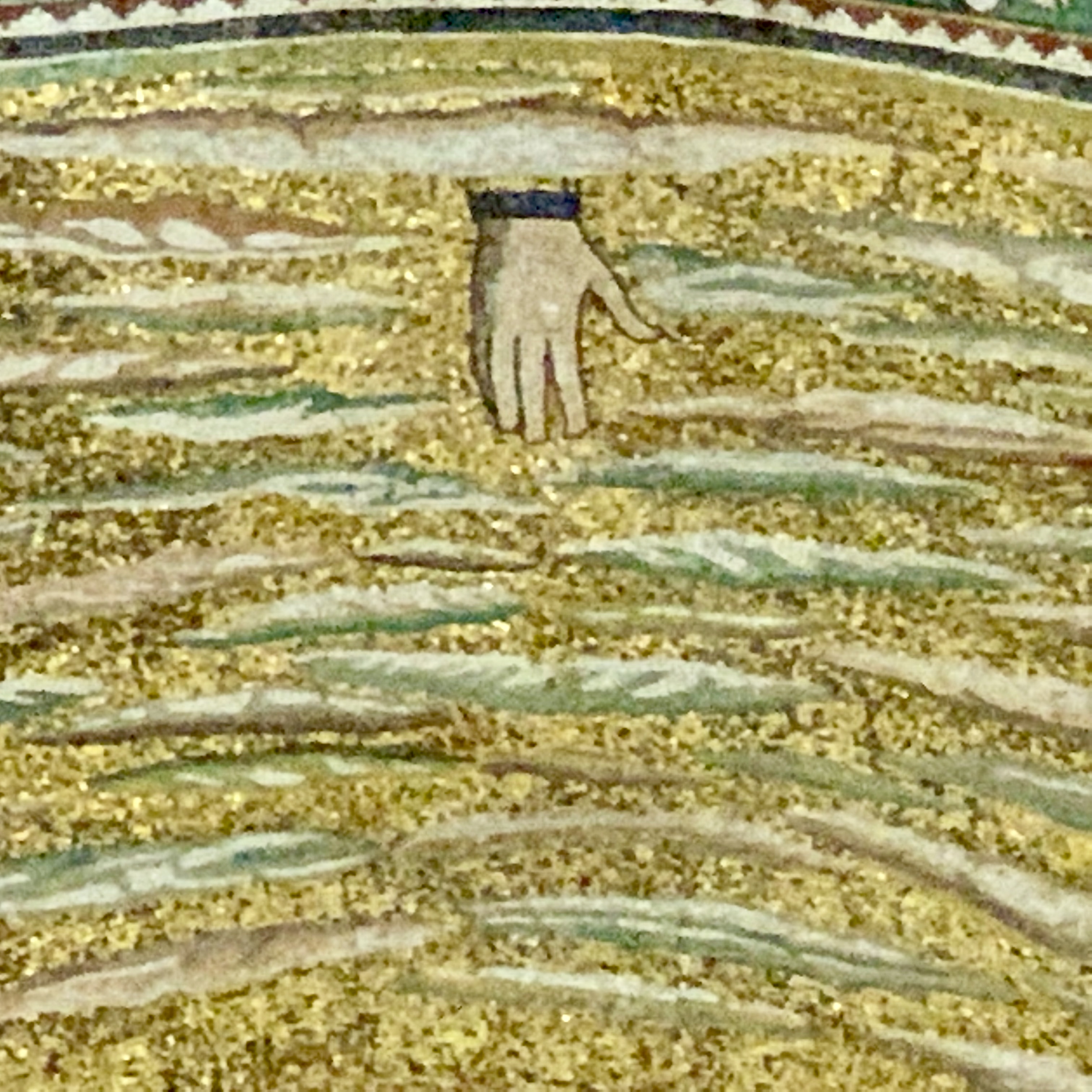
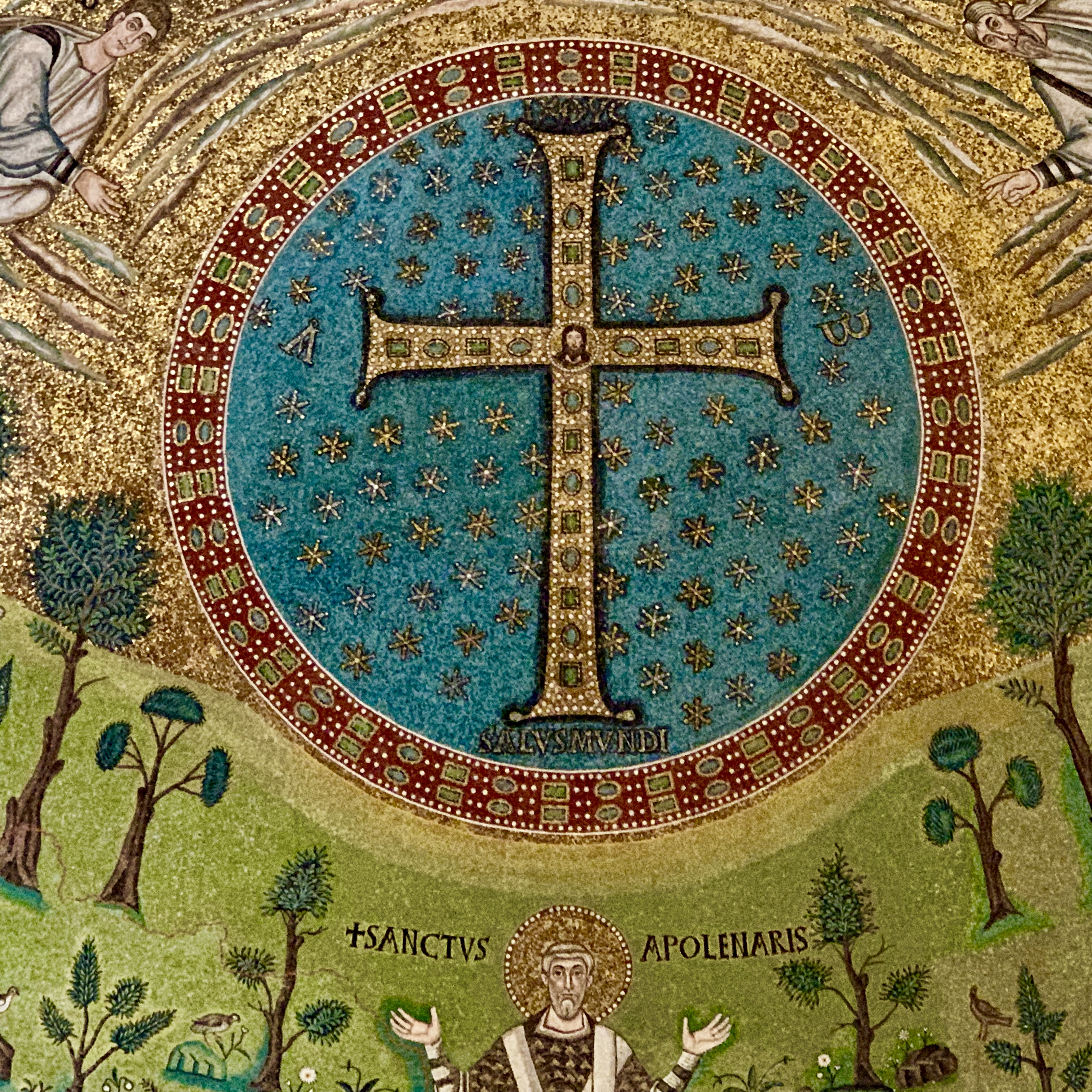
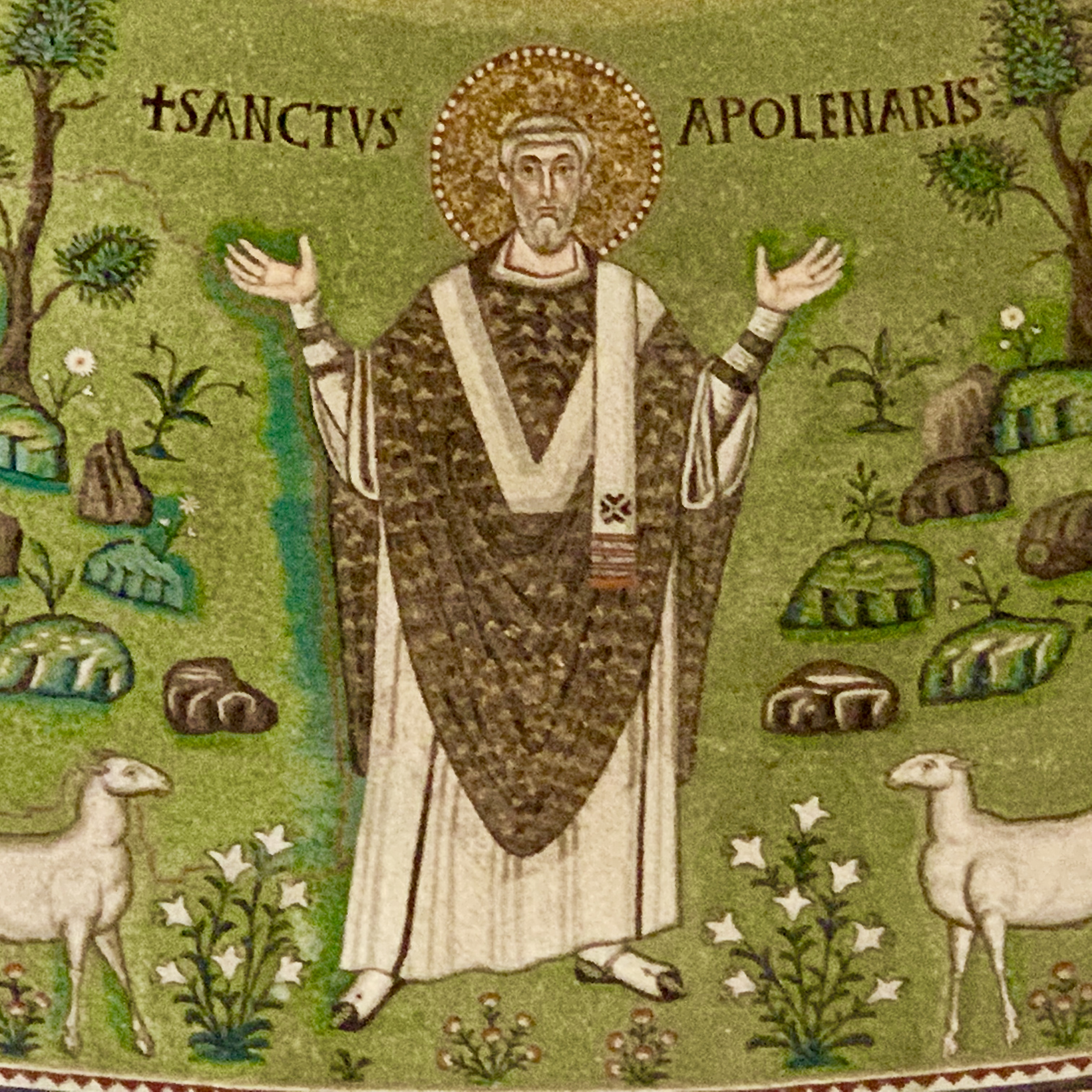
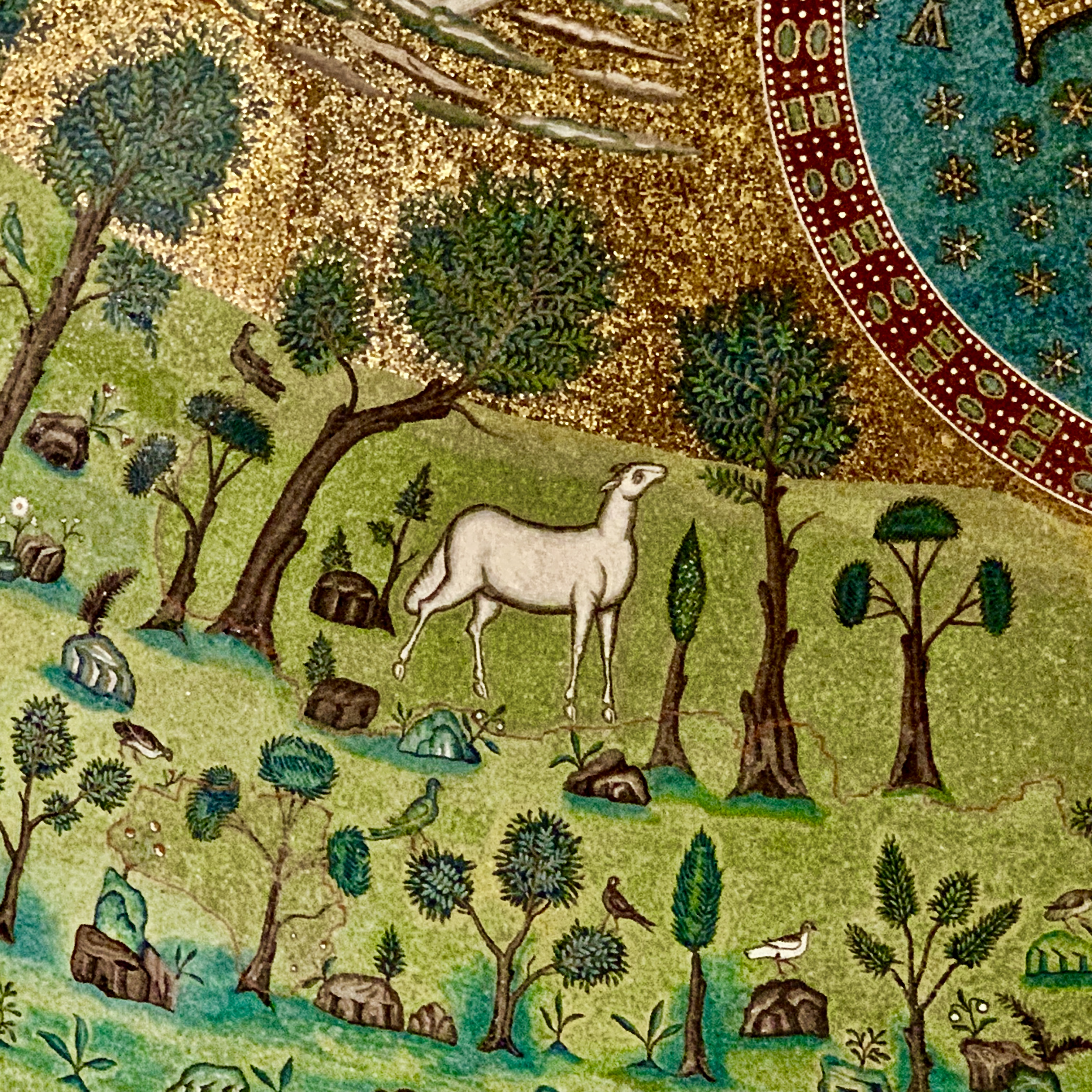
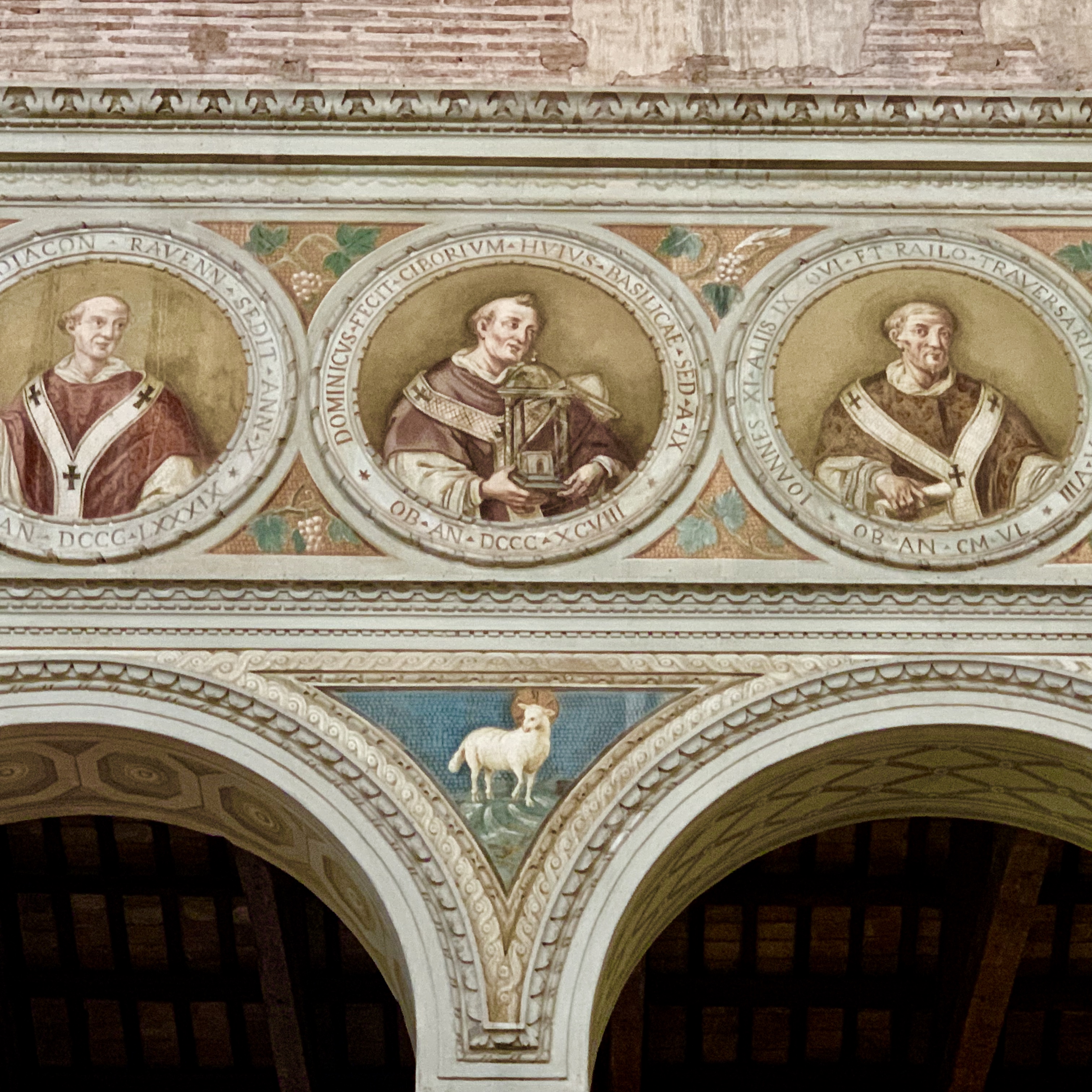
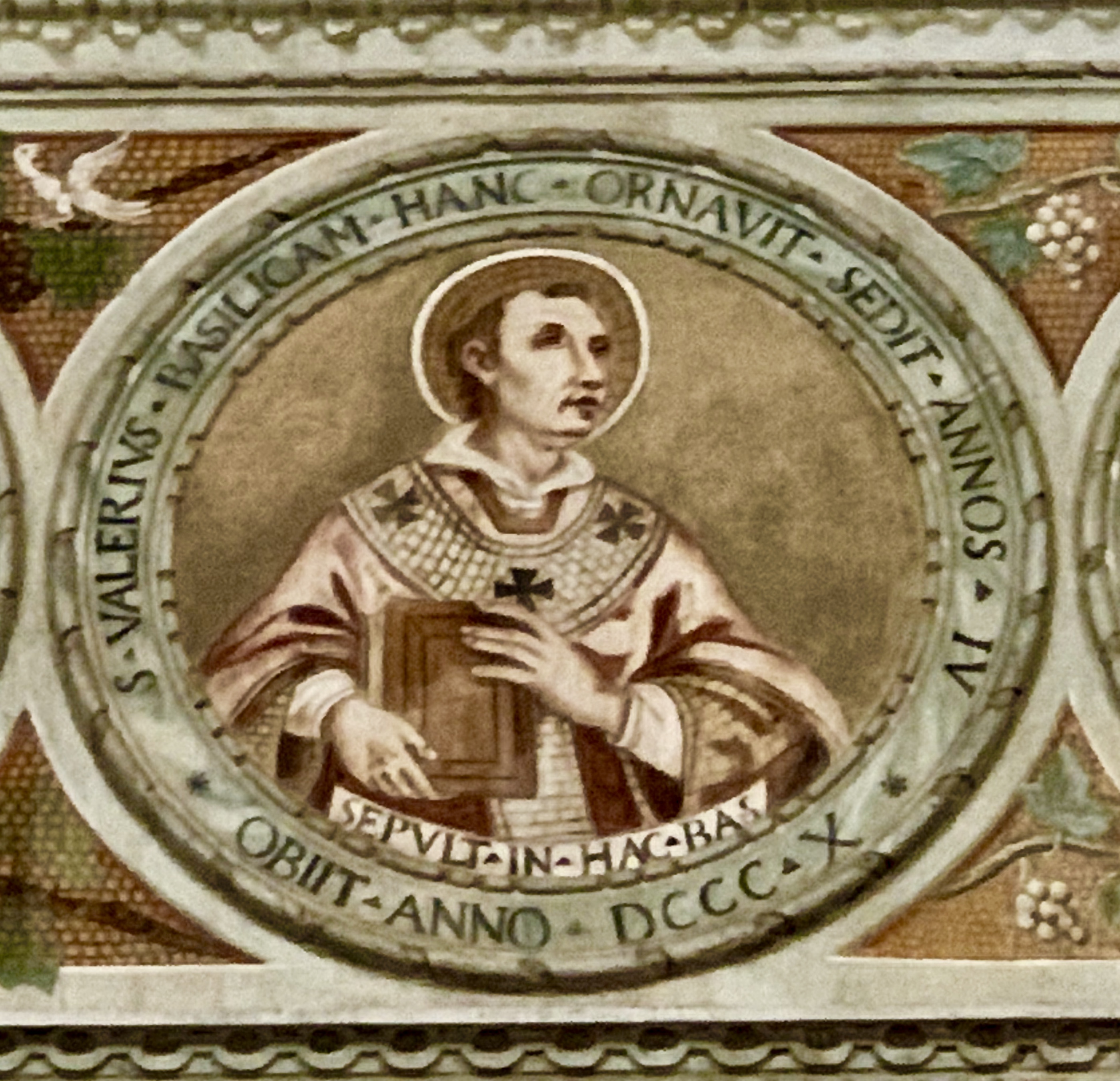
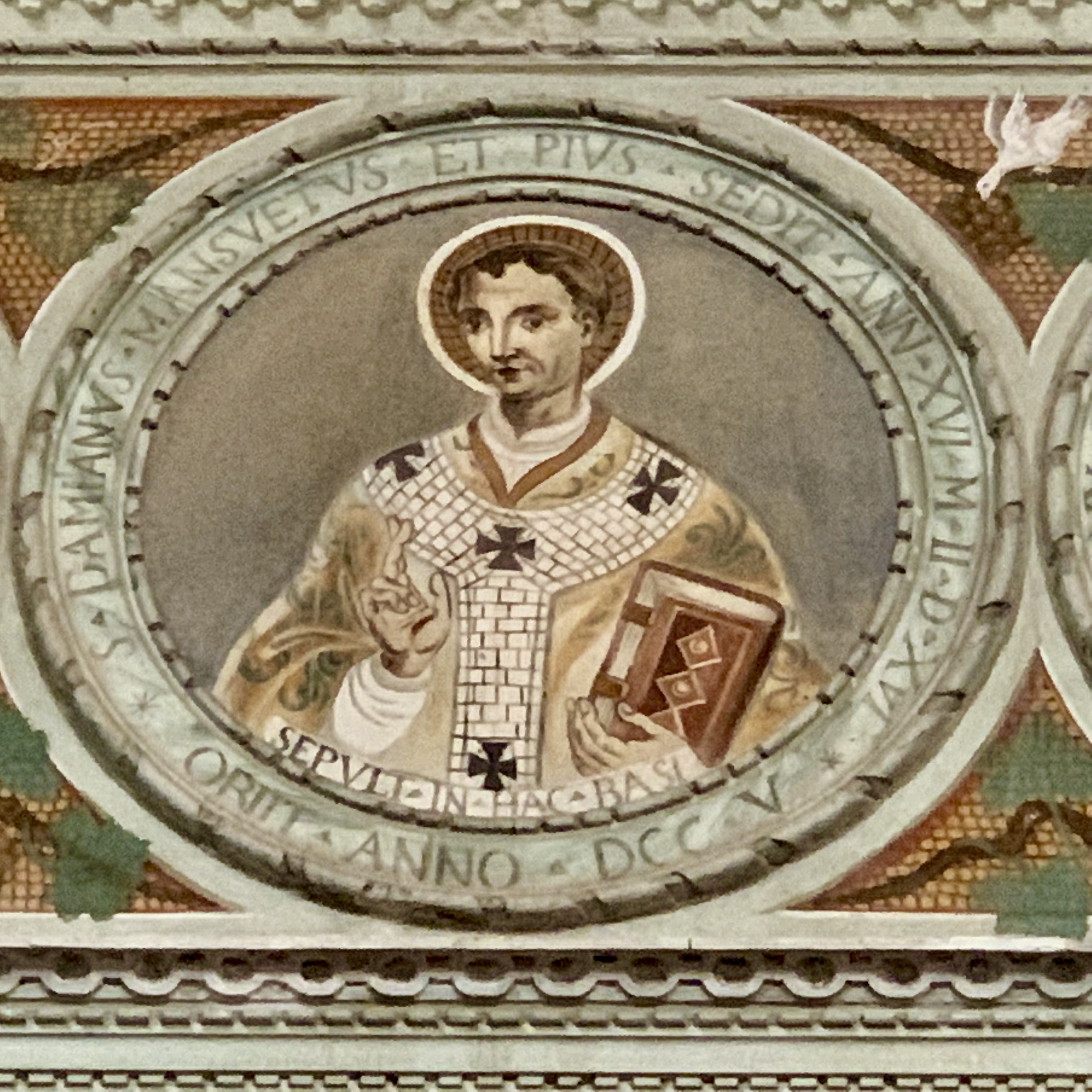
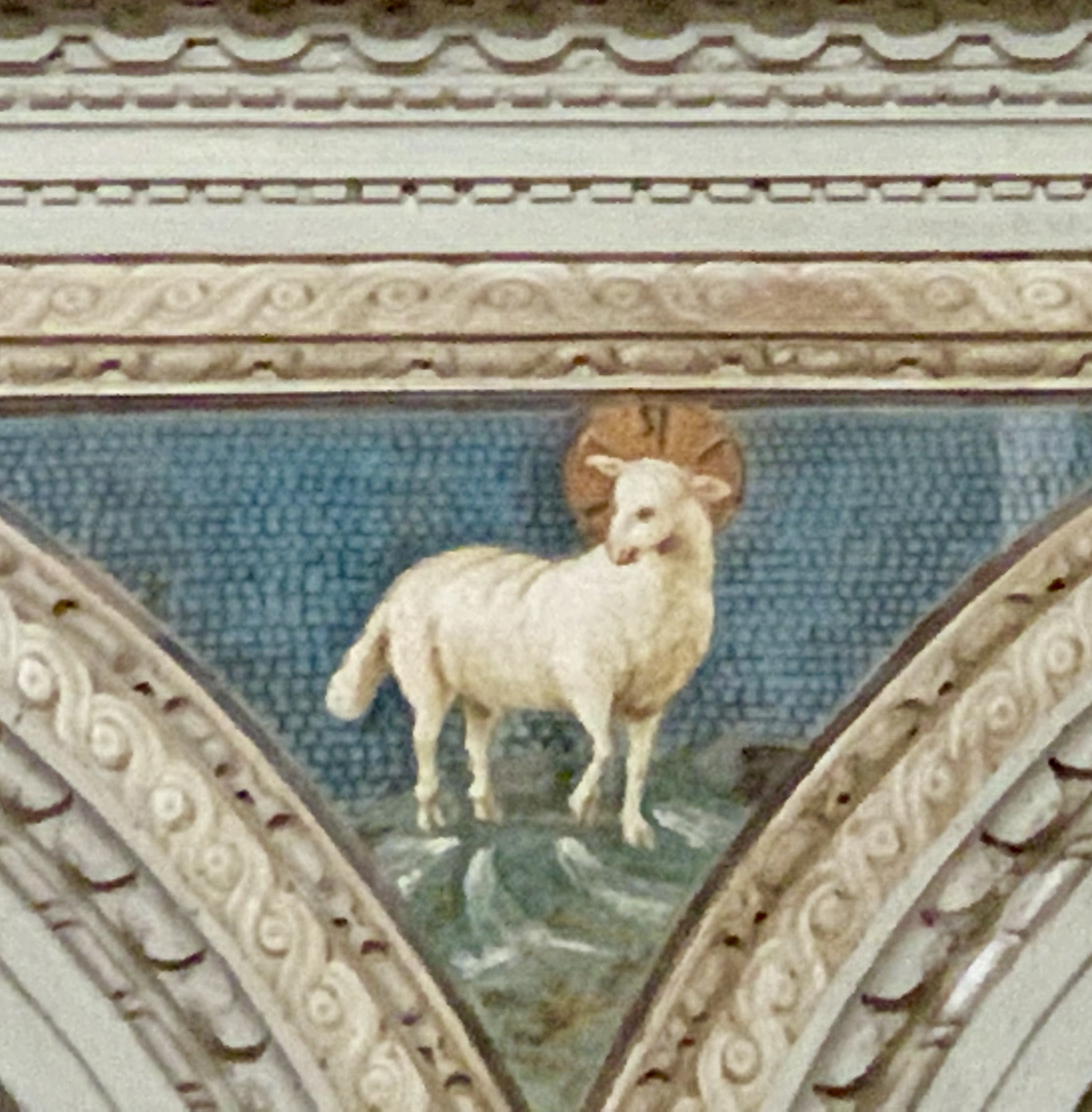
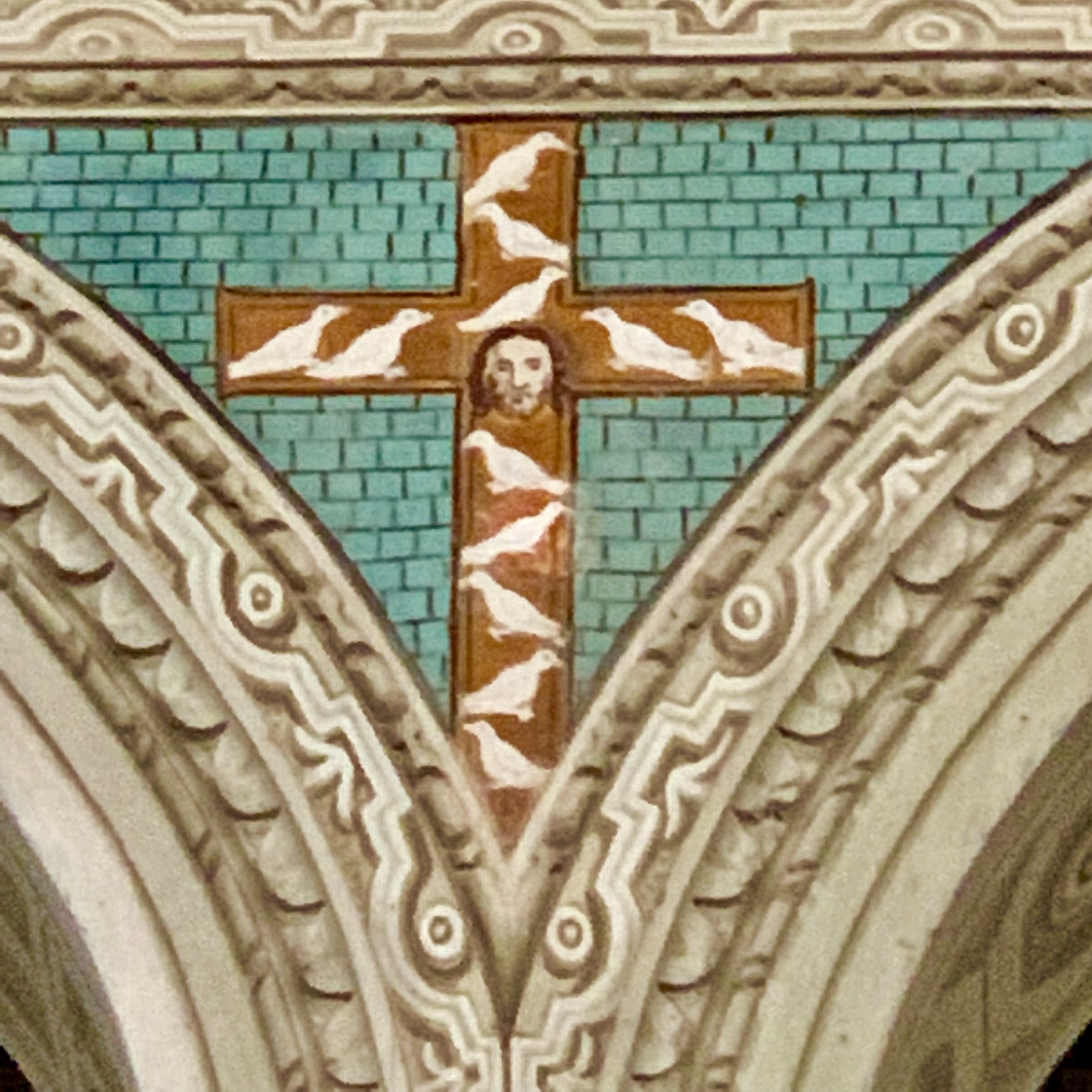
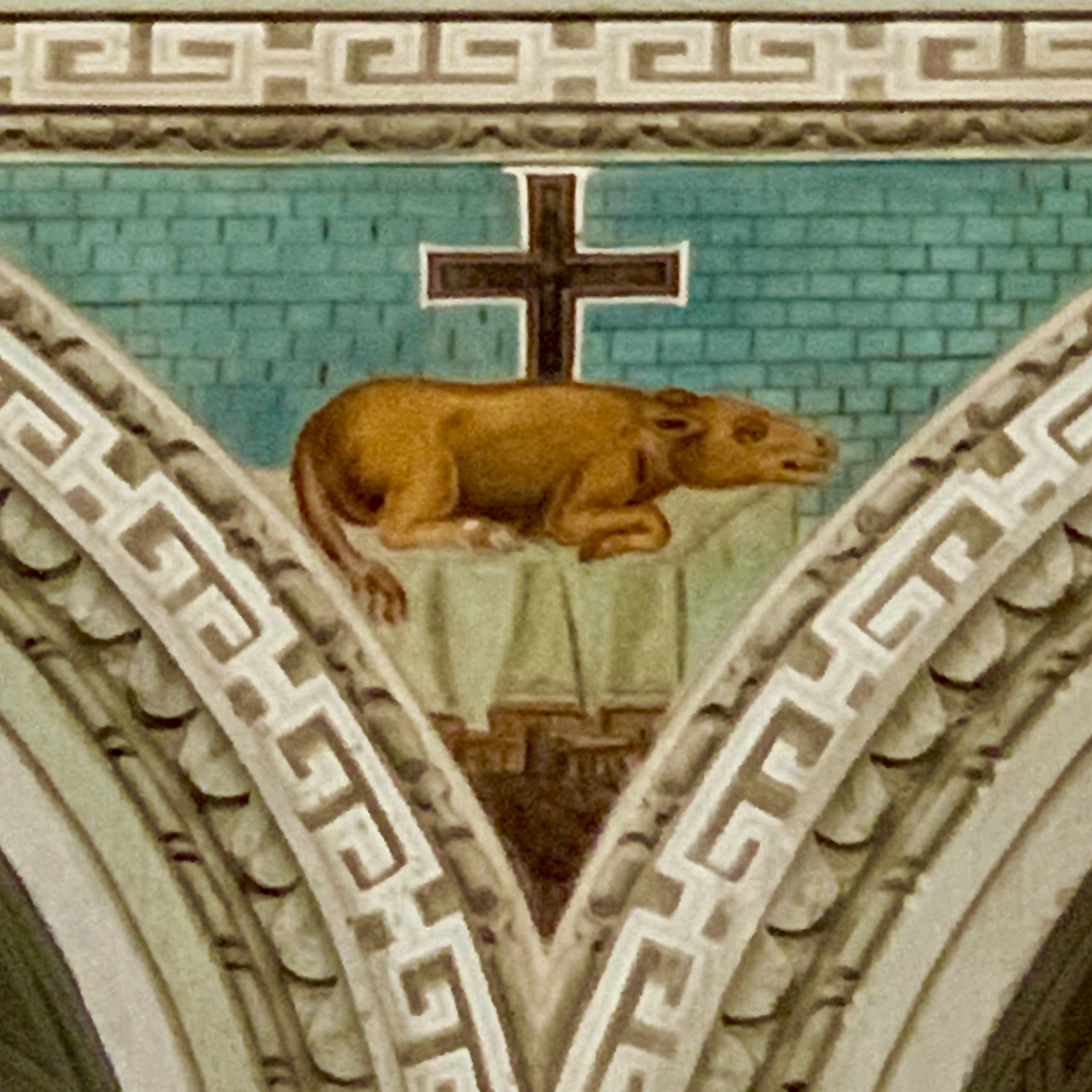
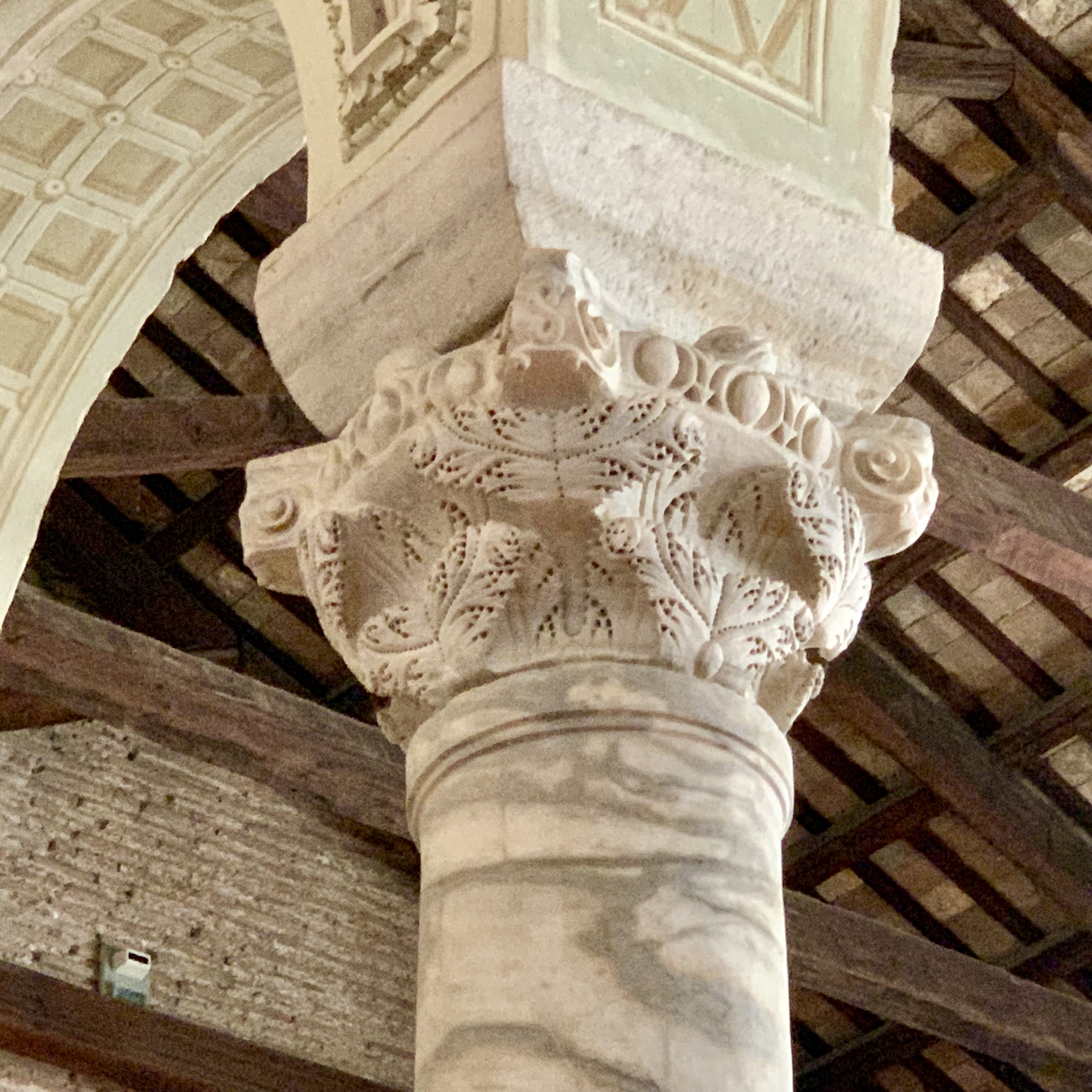
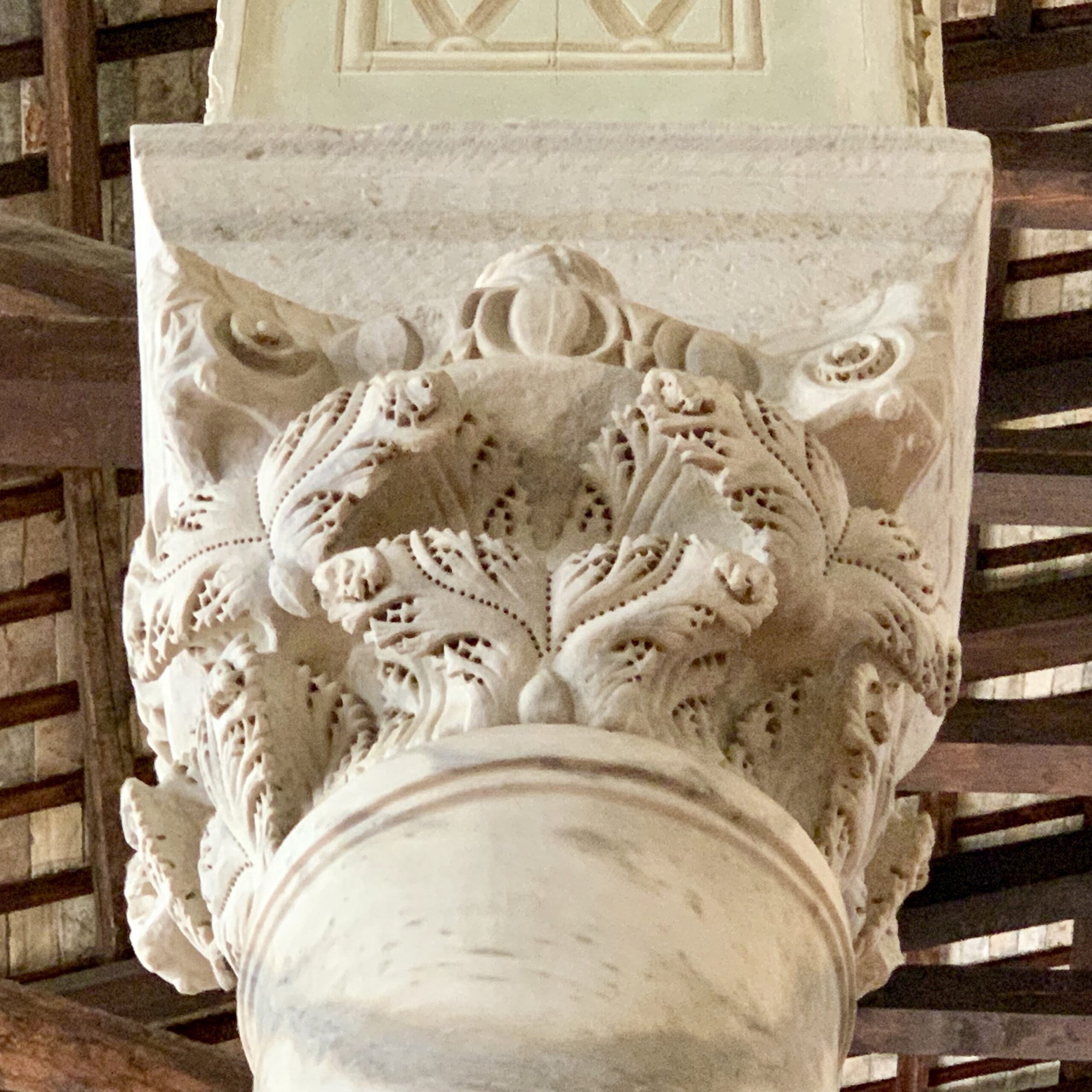
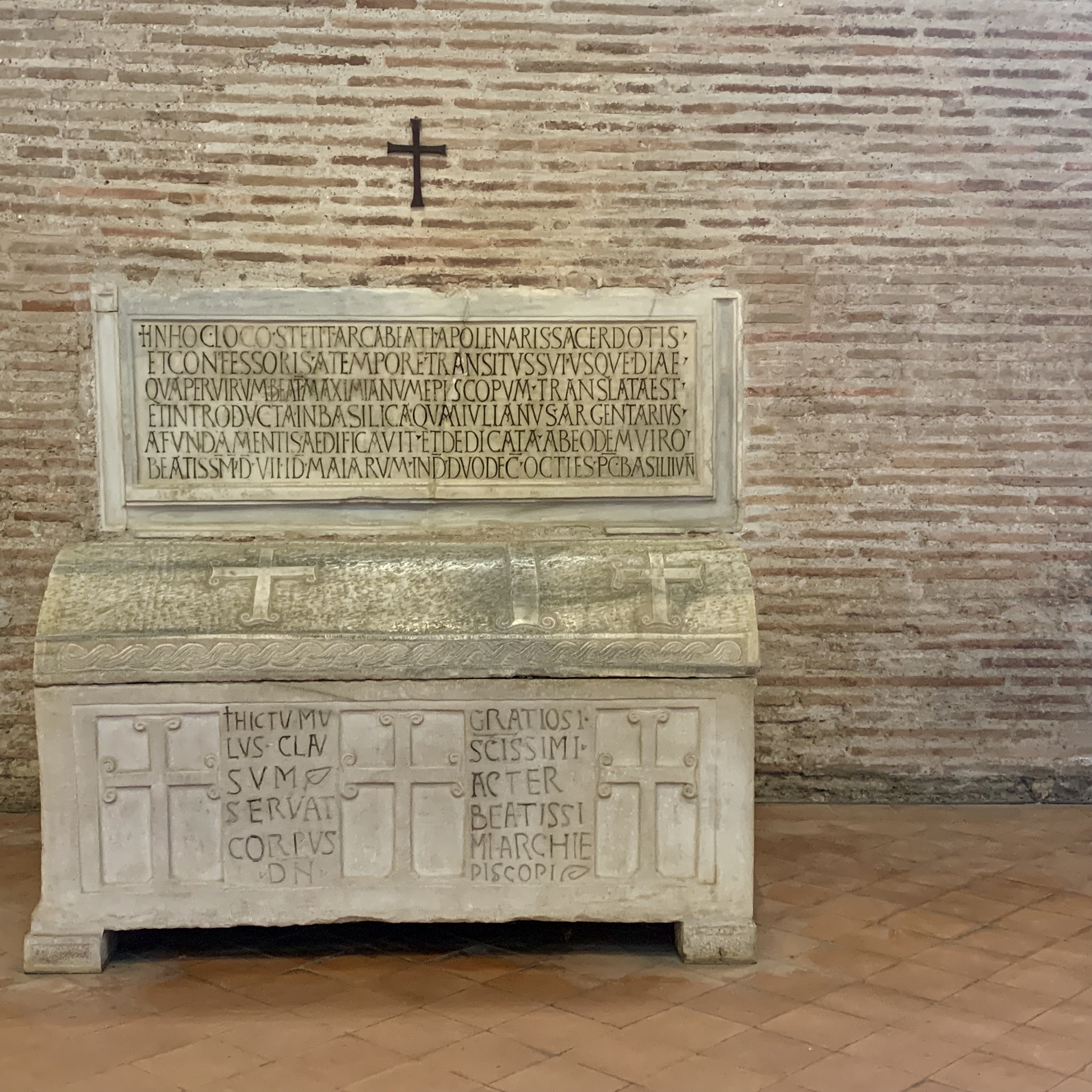

Gradara
Robert’s Trevigiana cousin Miryam urged us to visit Gradara. The medieval town impressed us with its double line of defensive walls and the well-preserved castle within. The tiny town is weighed down a bit with tourist chatchkas, which we did not expect, but this turned out to be a pleasant visit even on a very hot day.
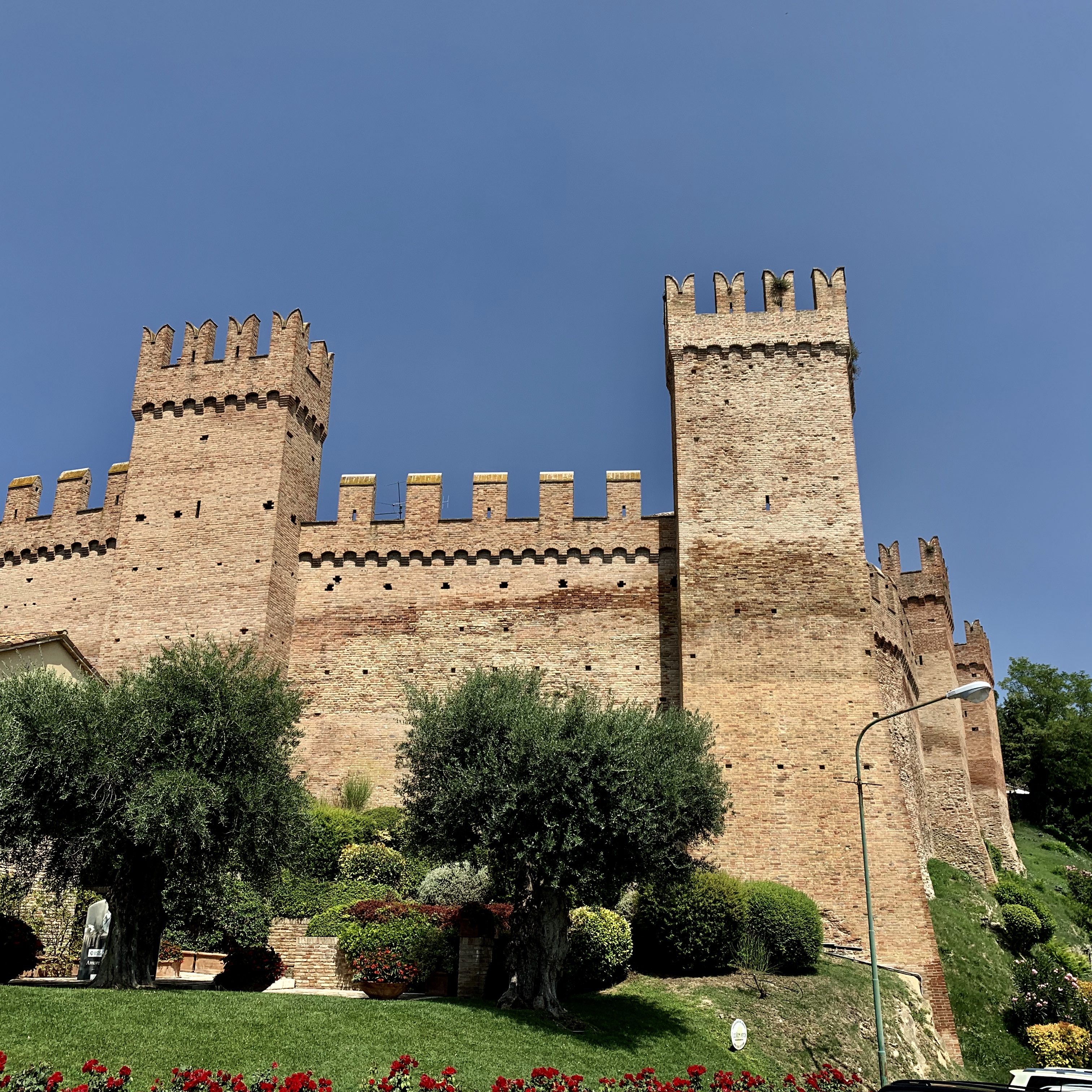
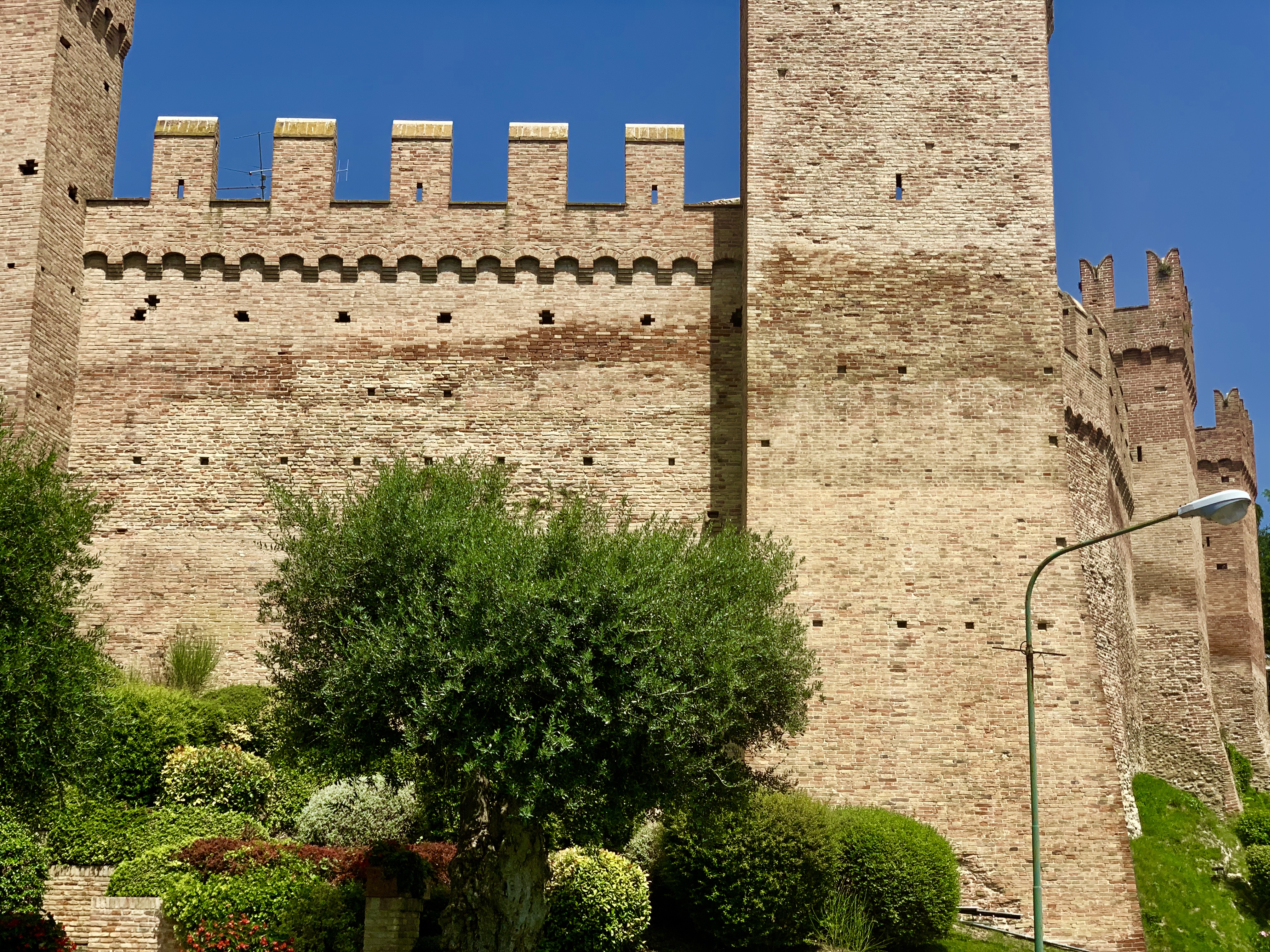
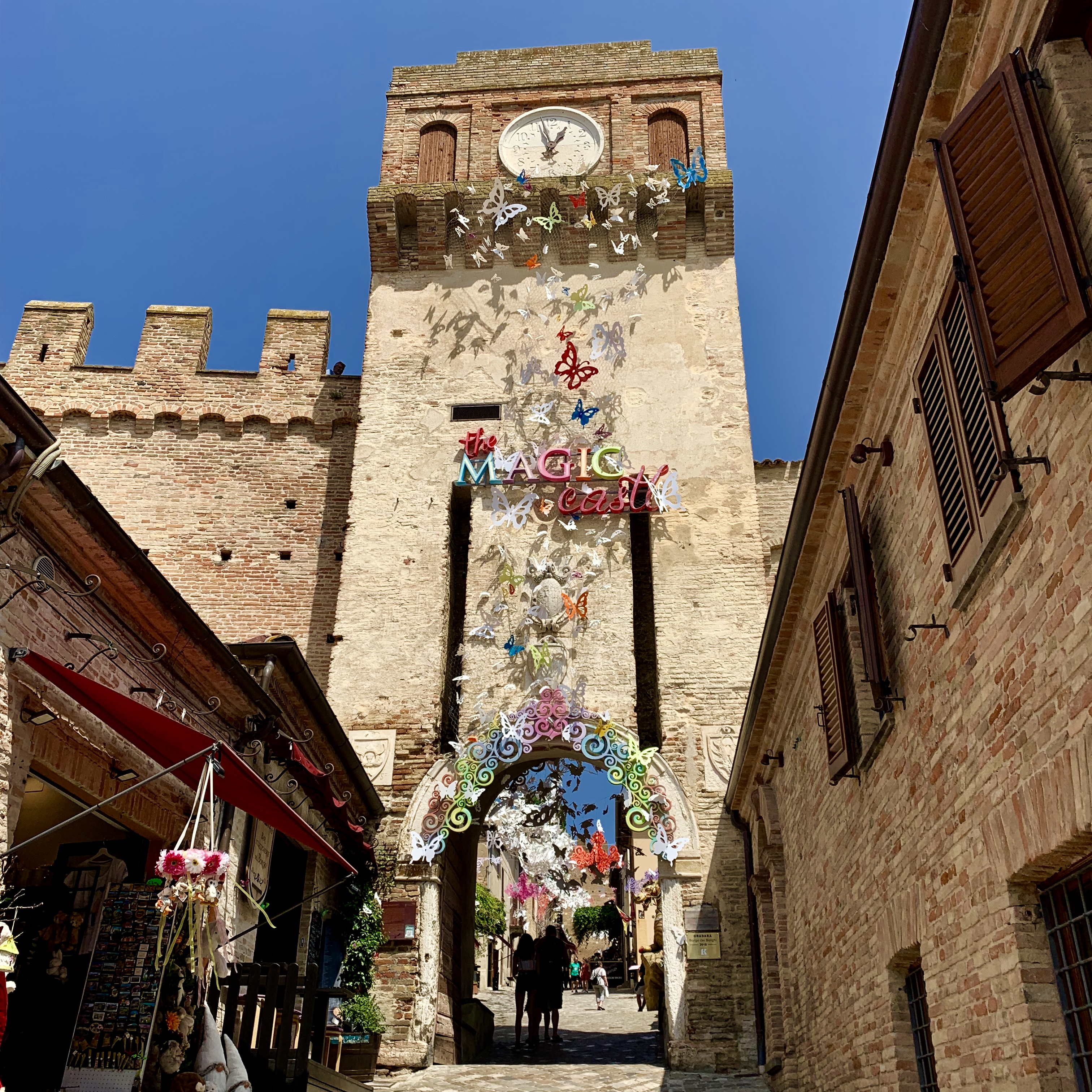
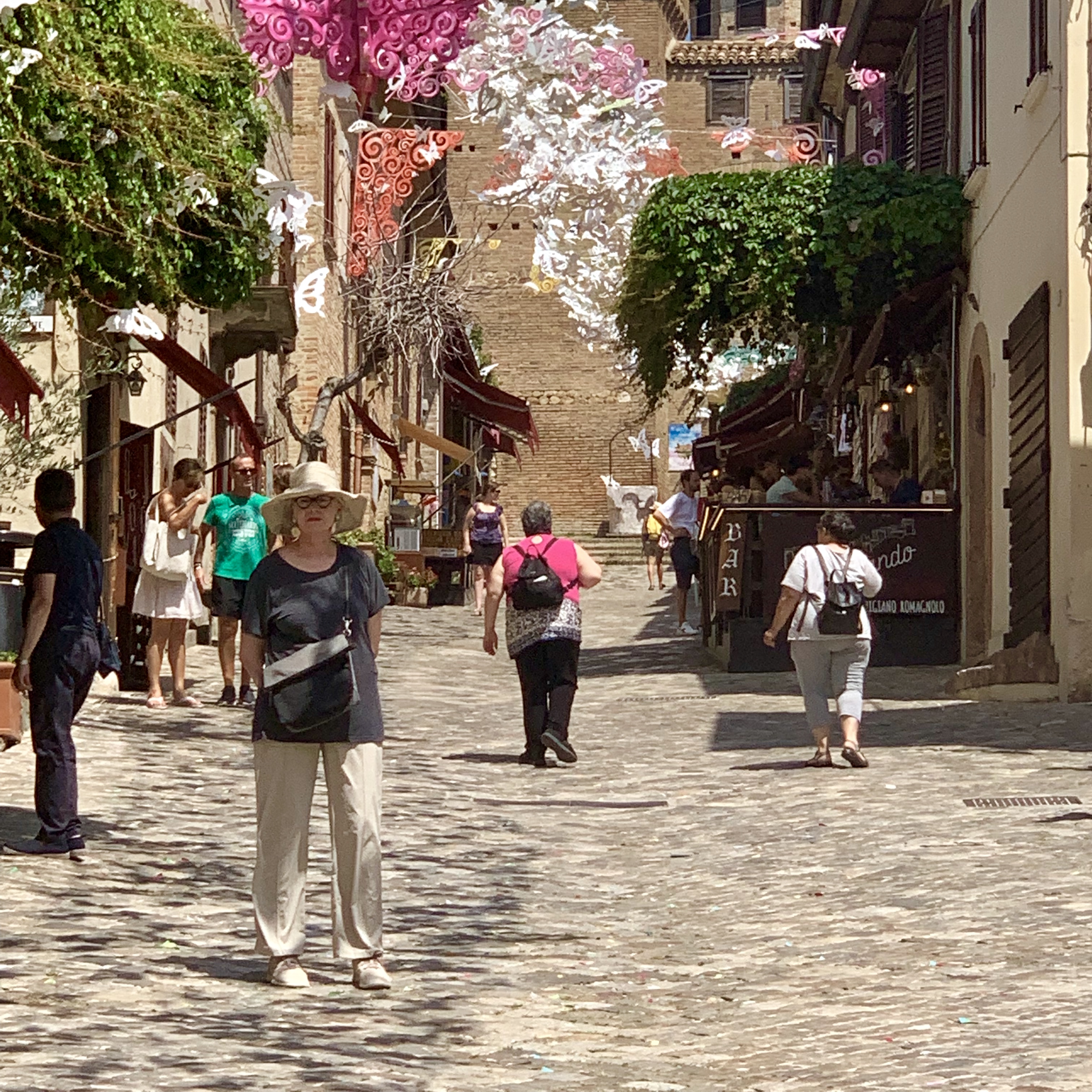
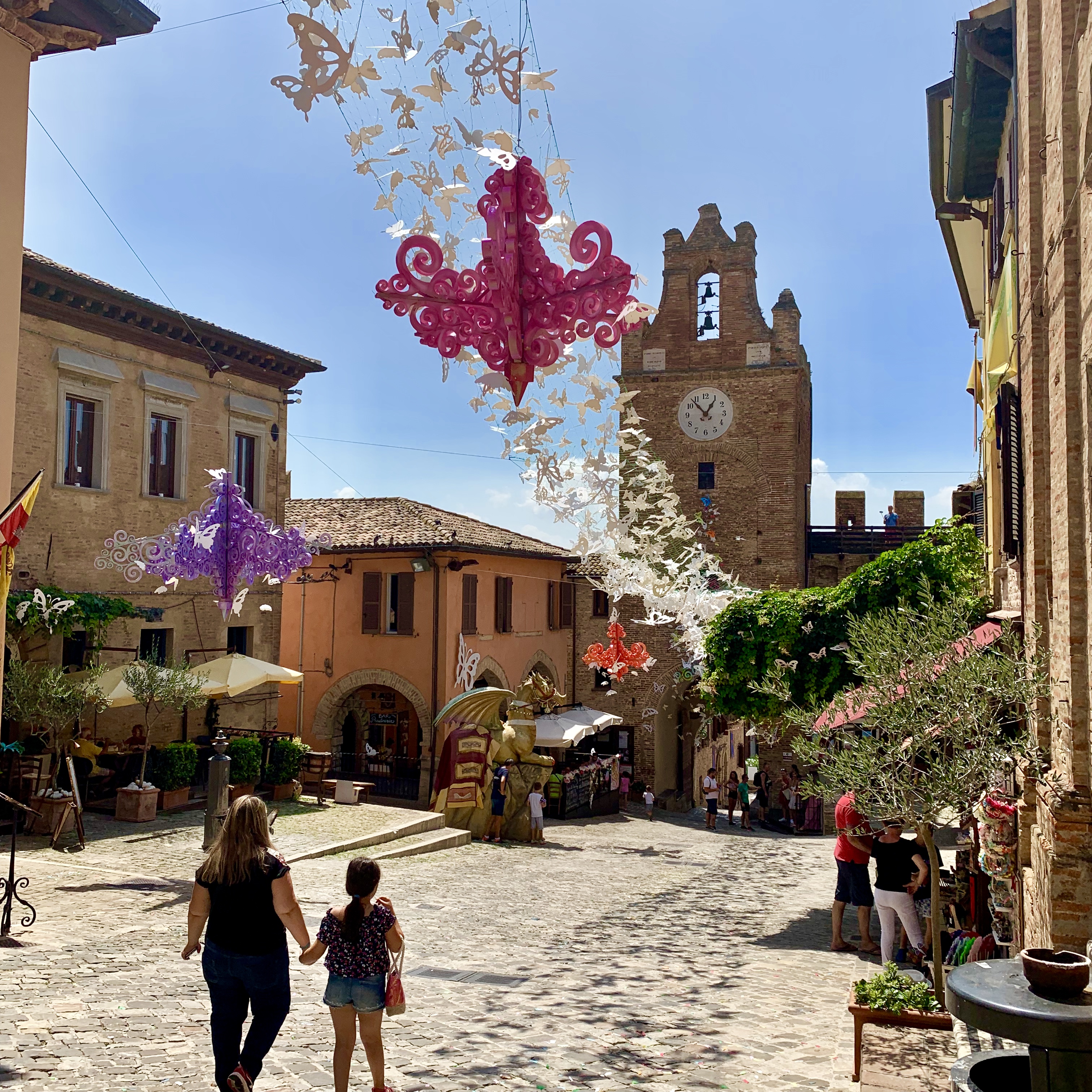
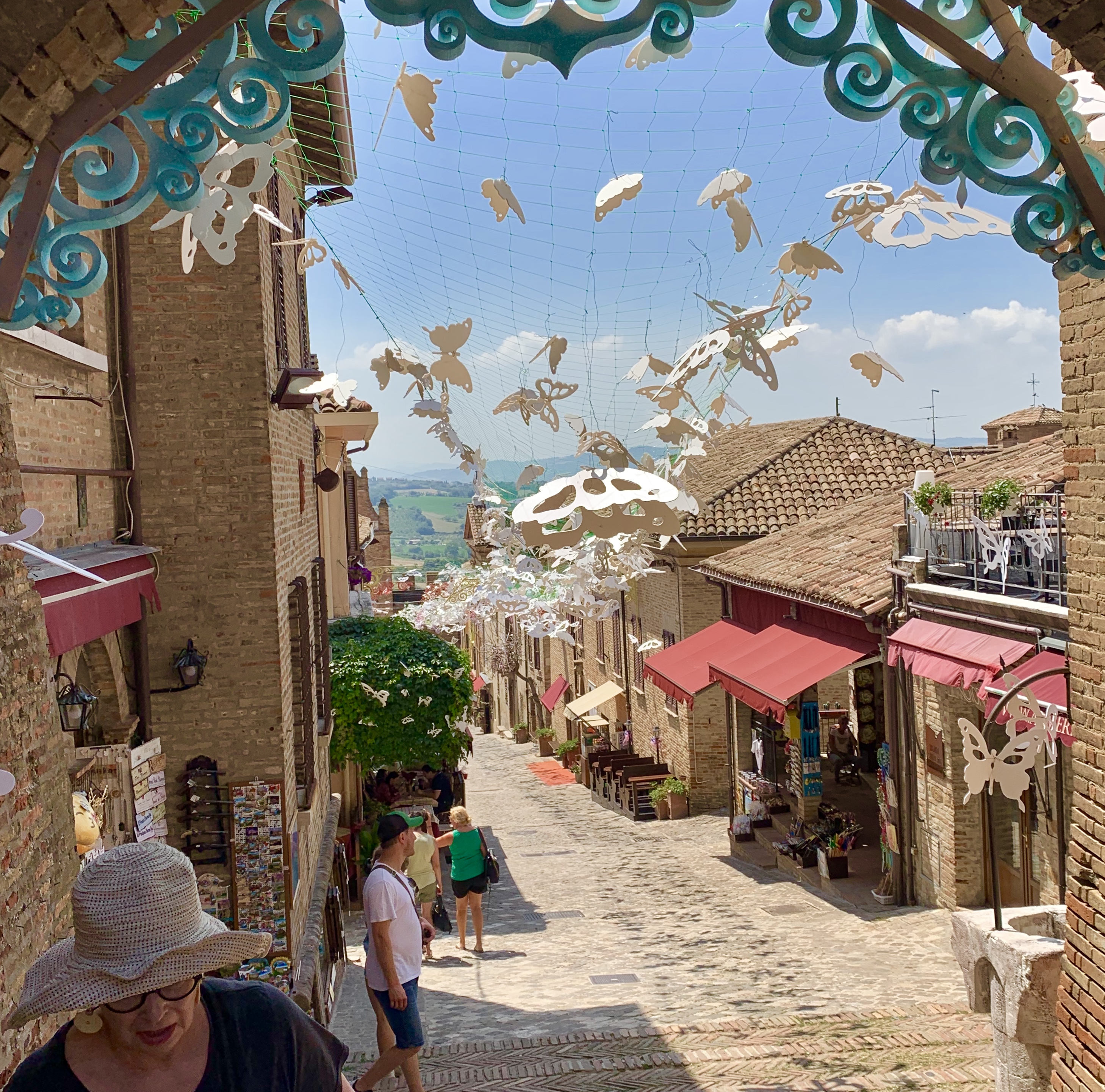
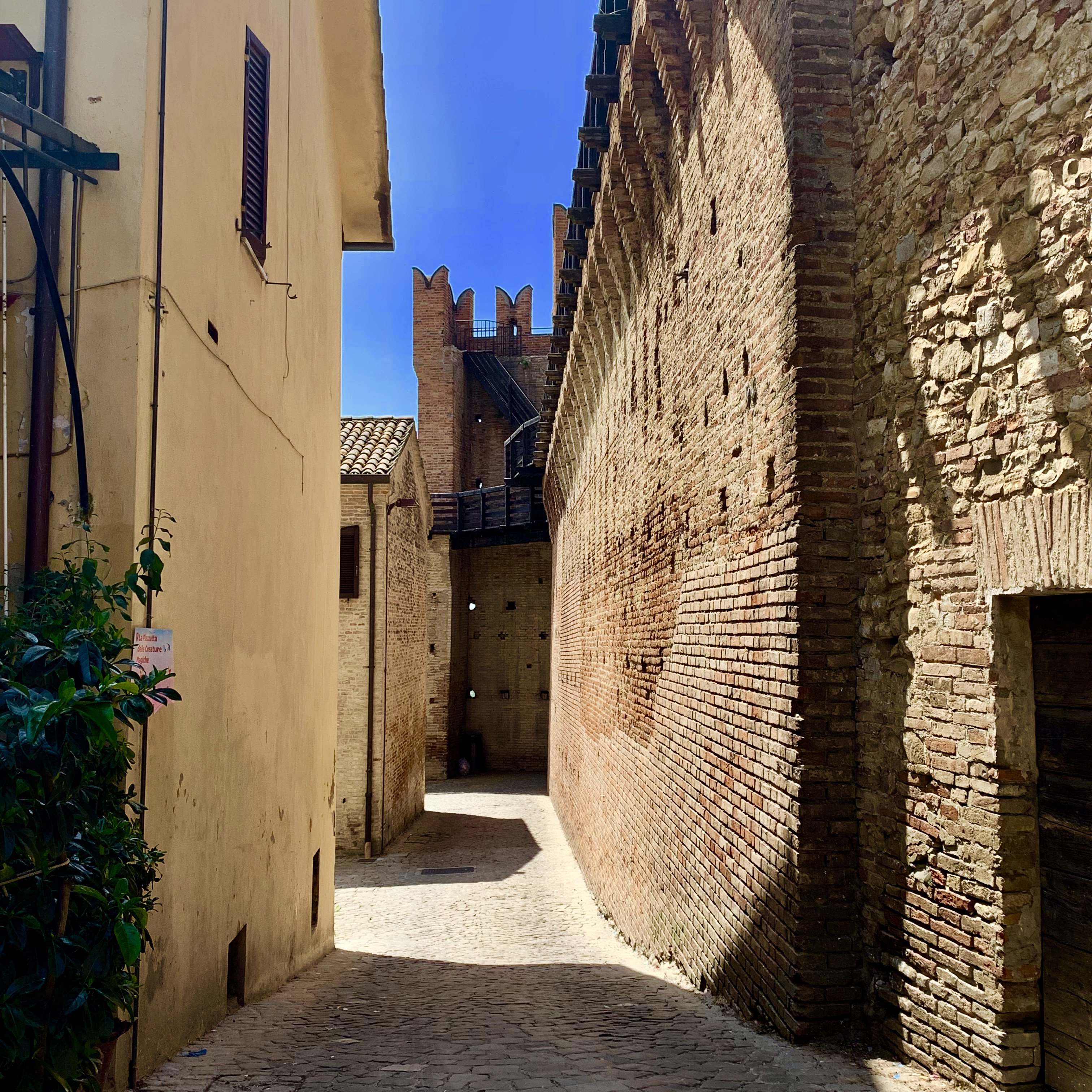
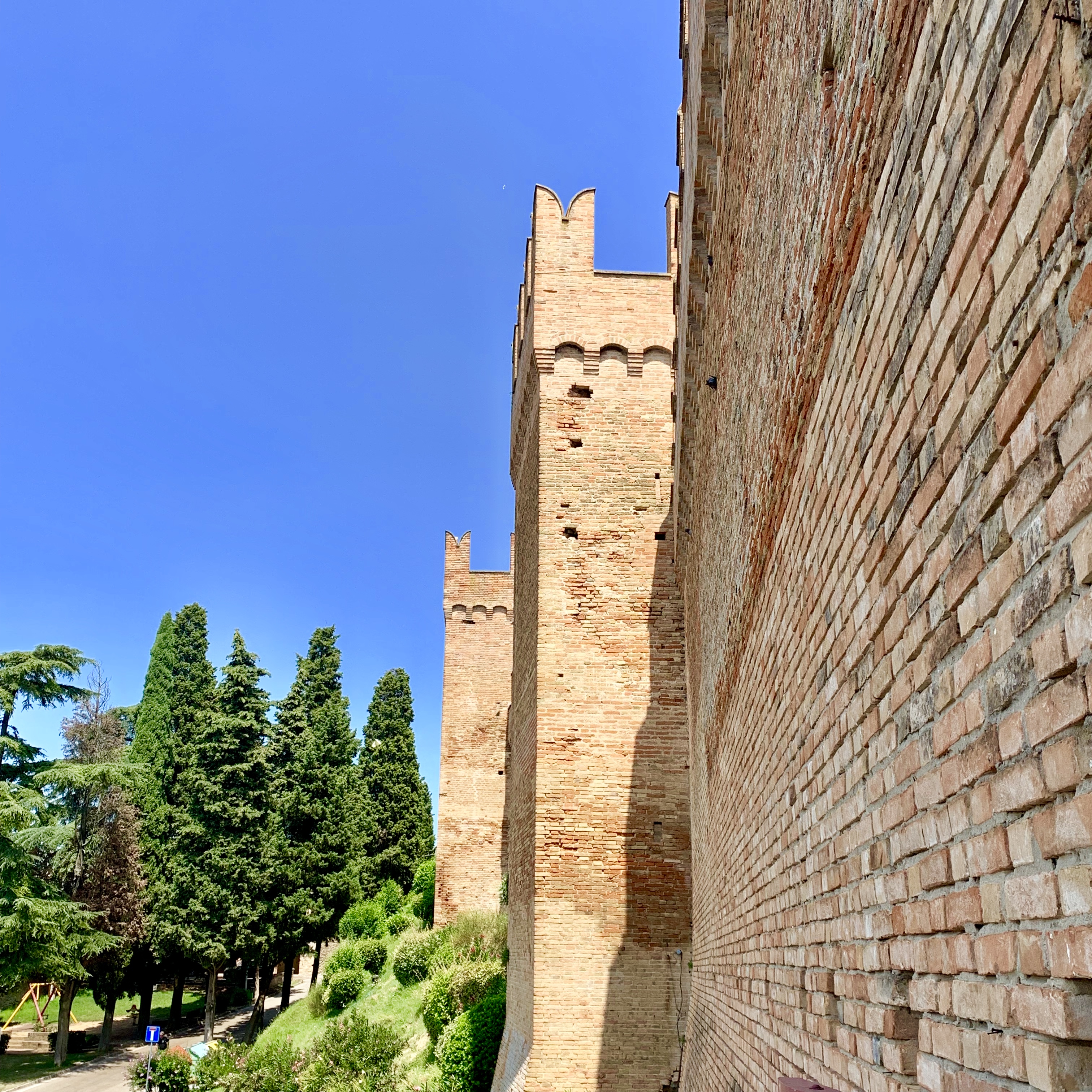
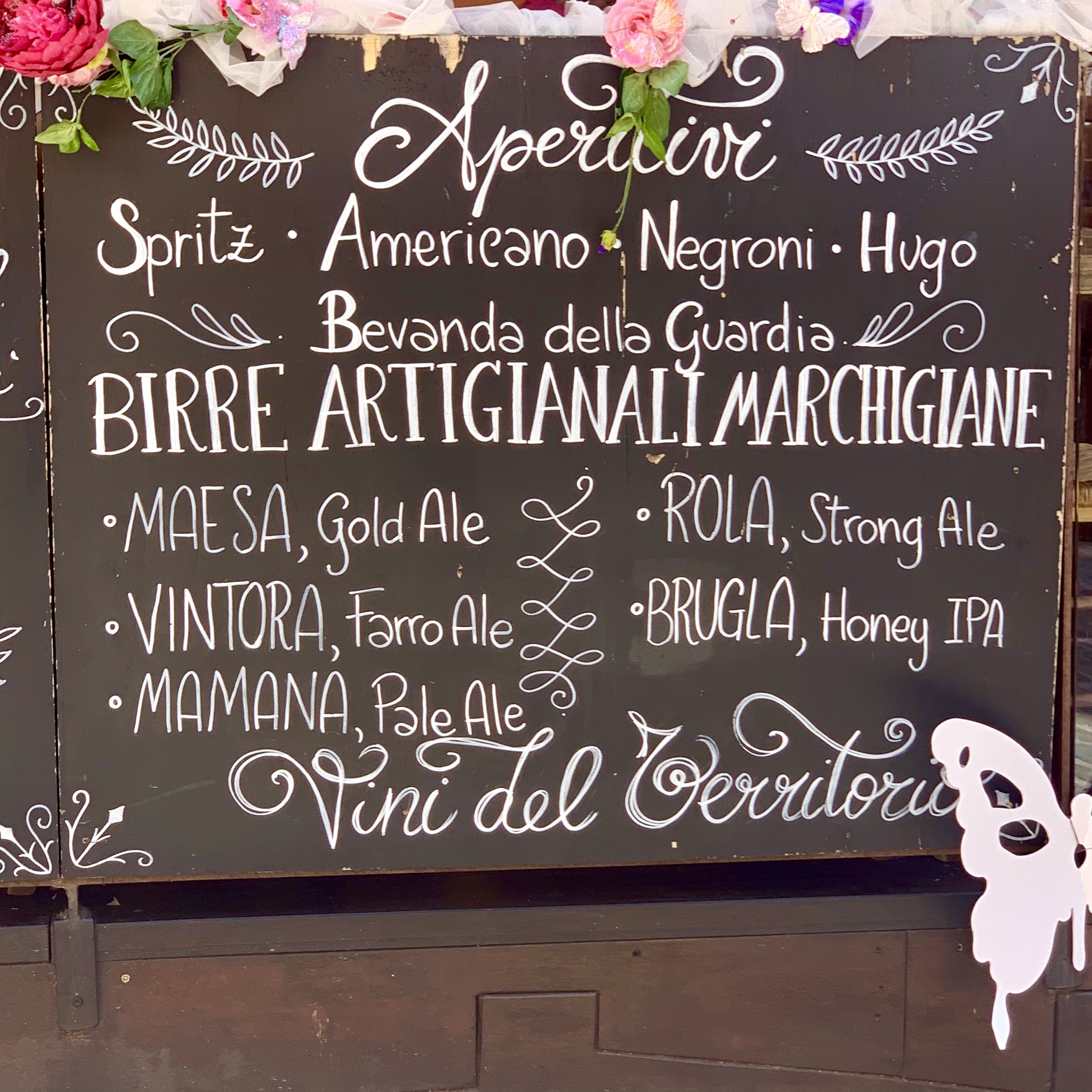
Chiesa SS Sacramento (XVI sec.)
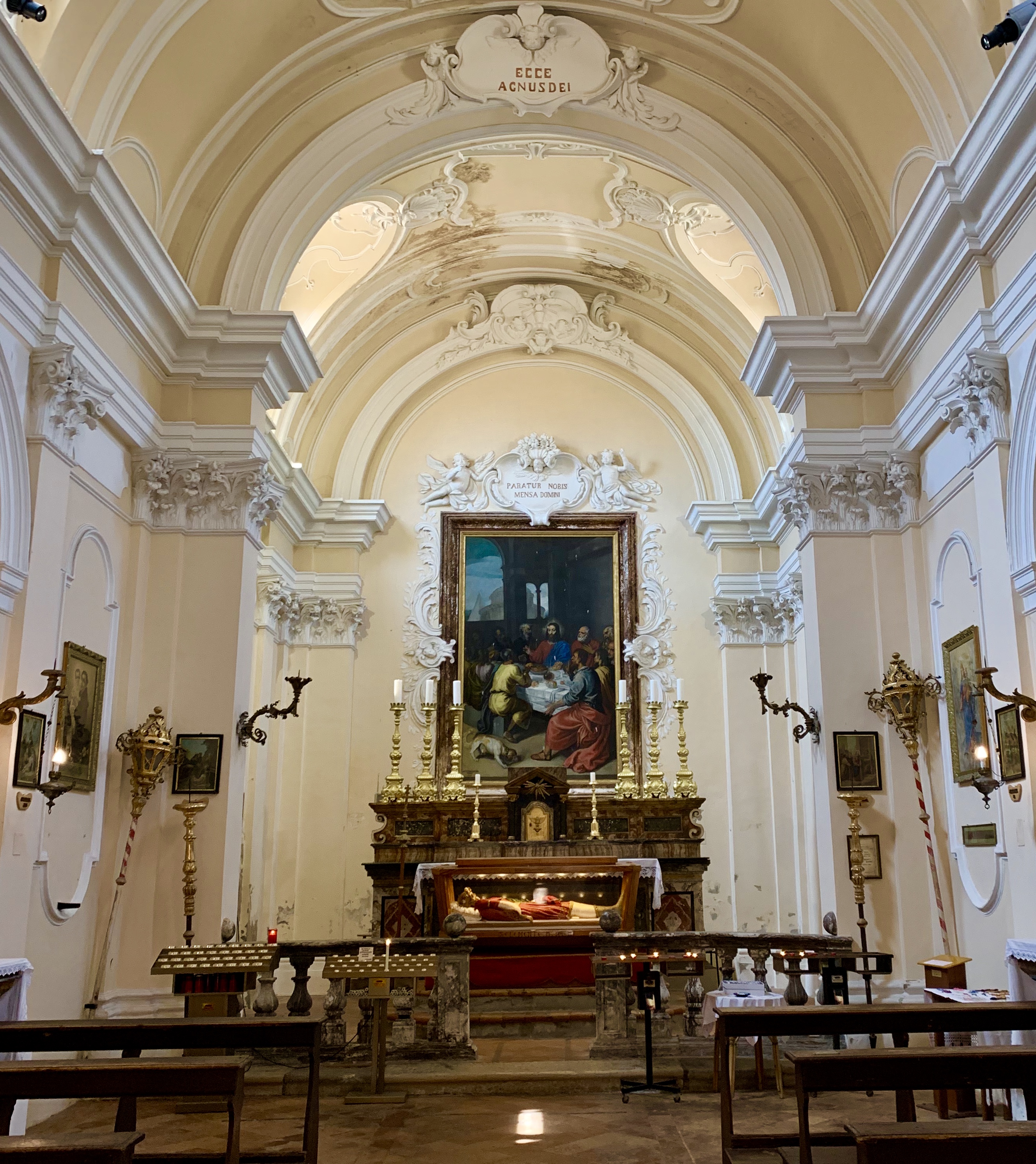
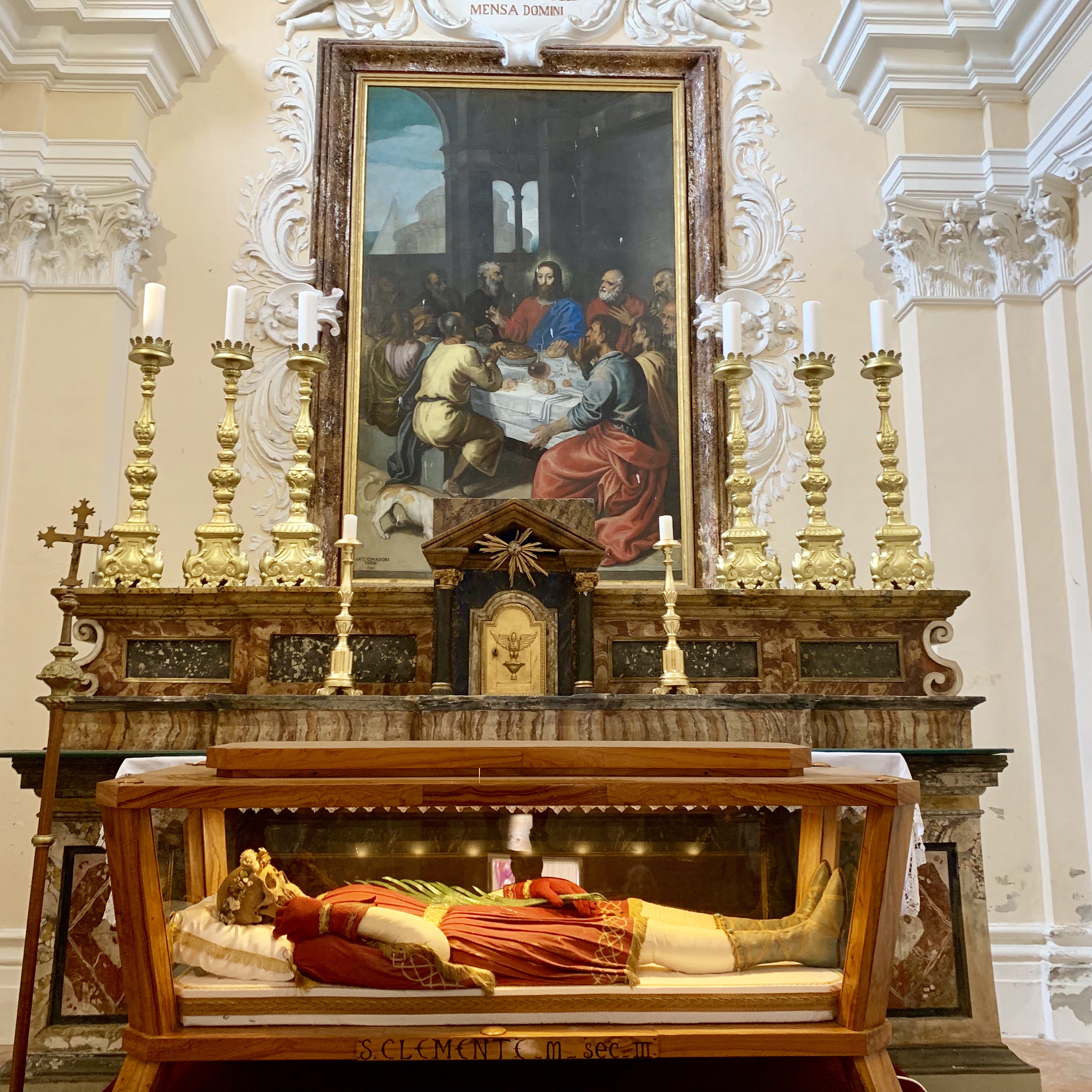
Chiesa di S. Giovanni Battista (XIII sec.)
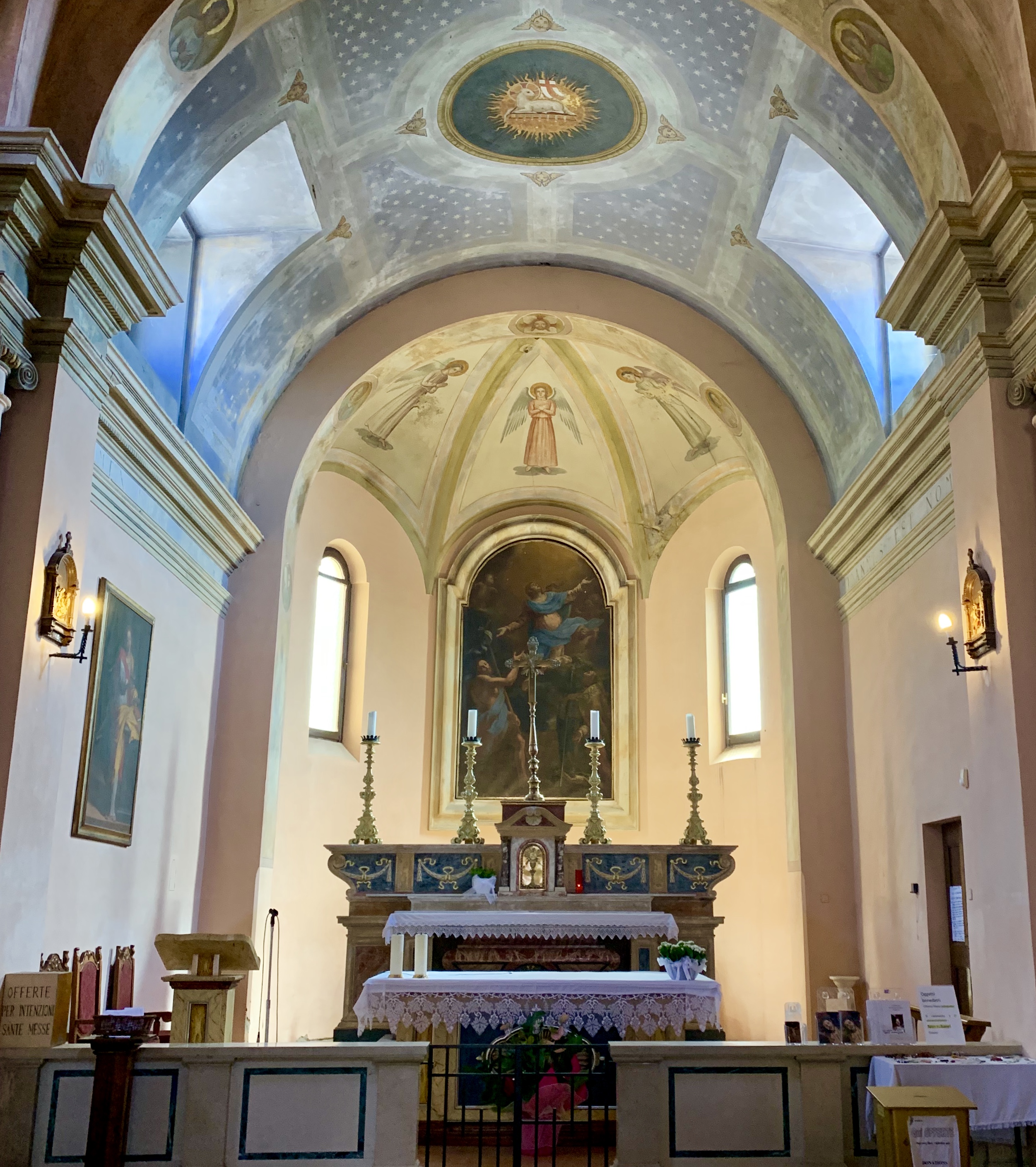
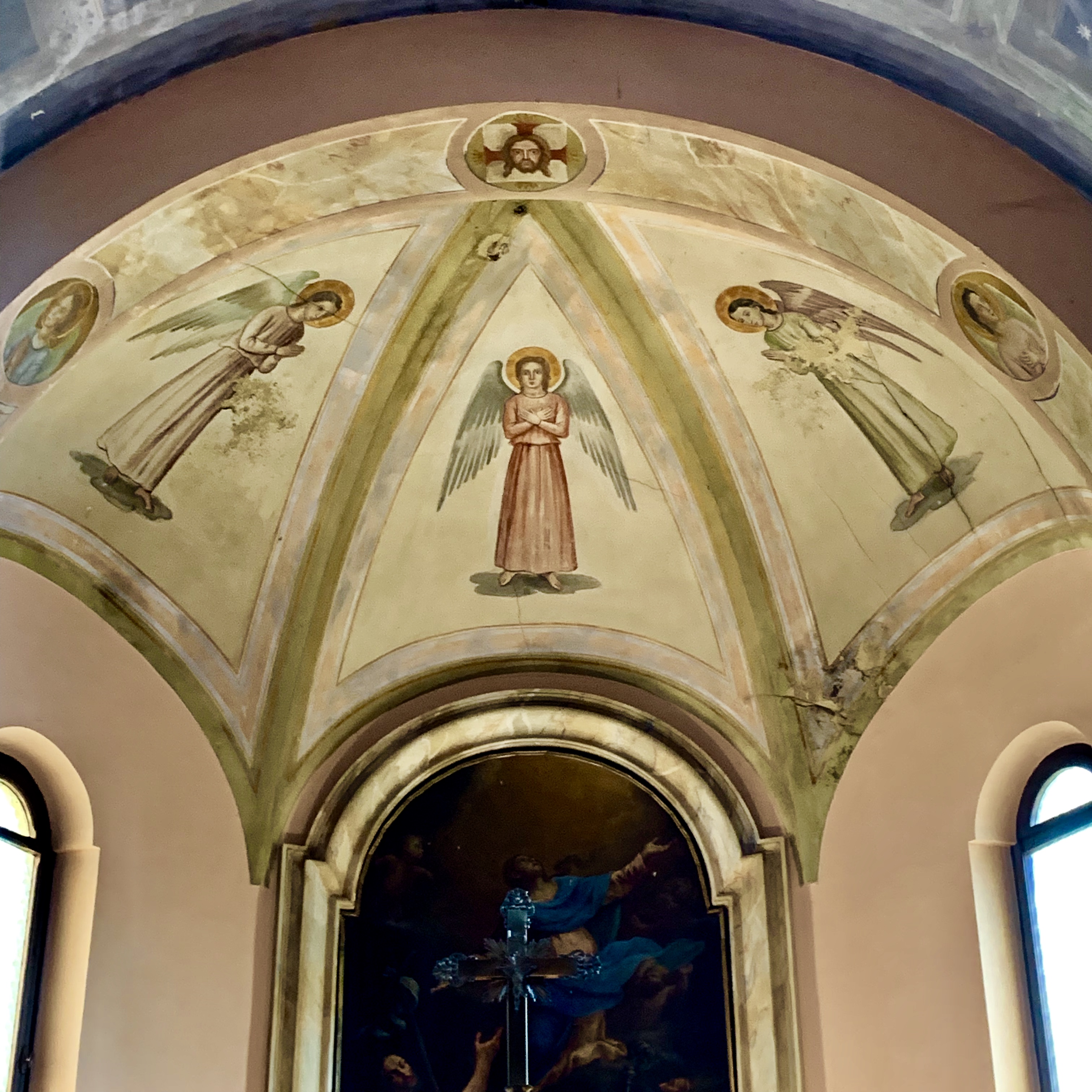
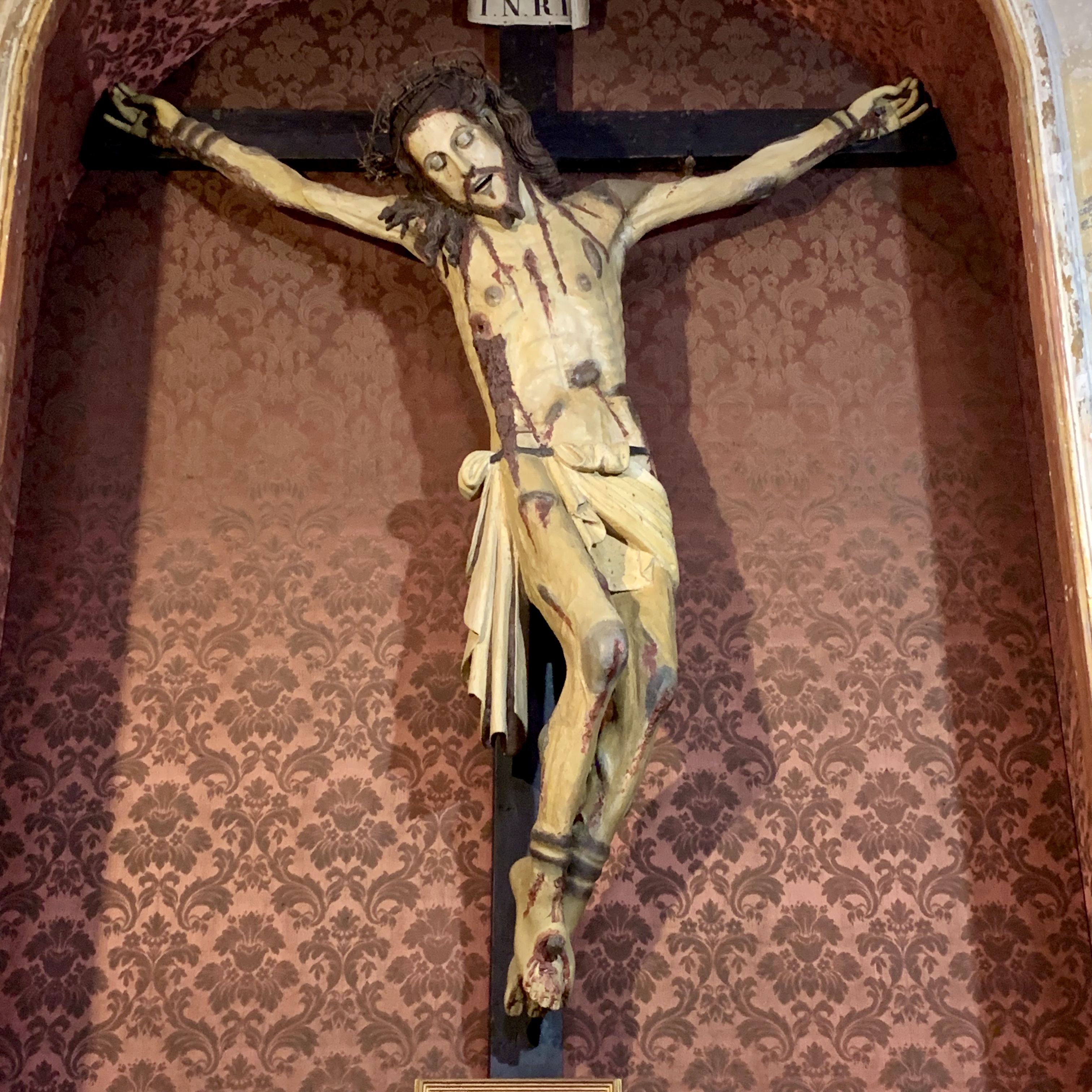
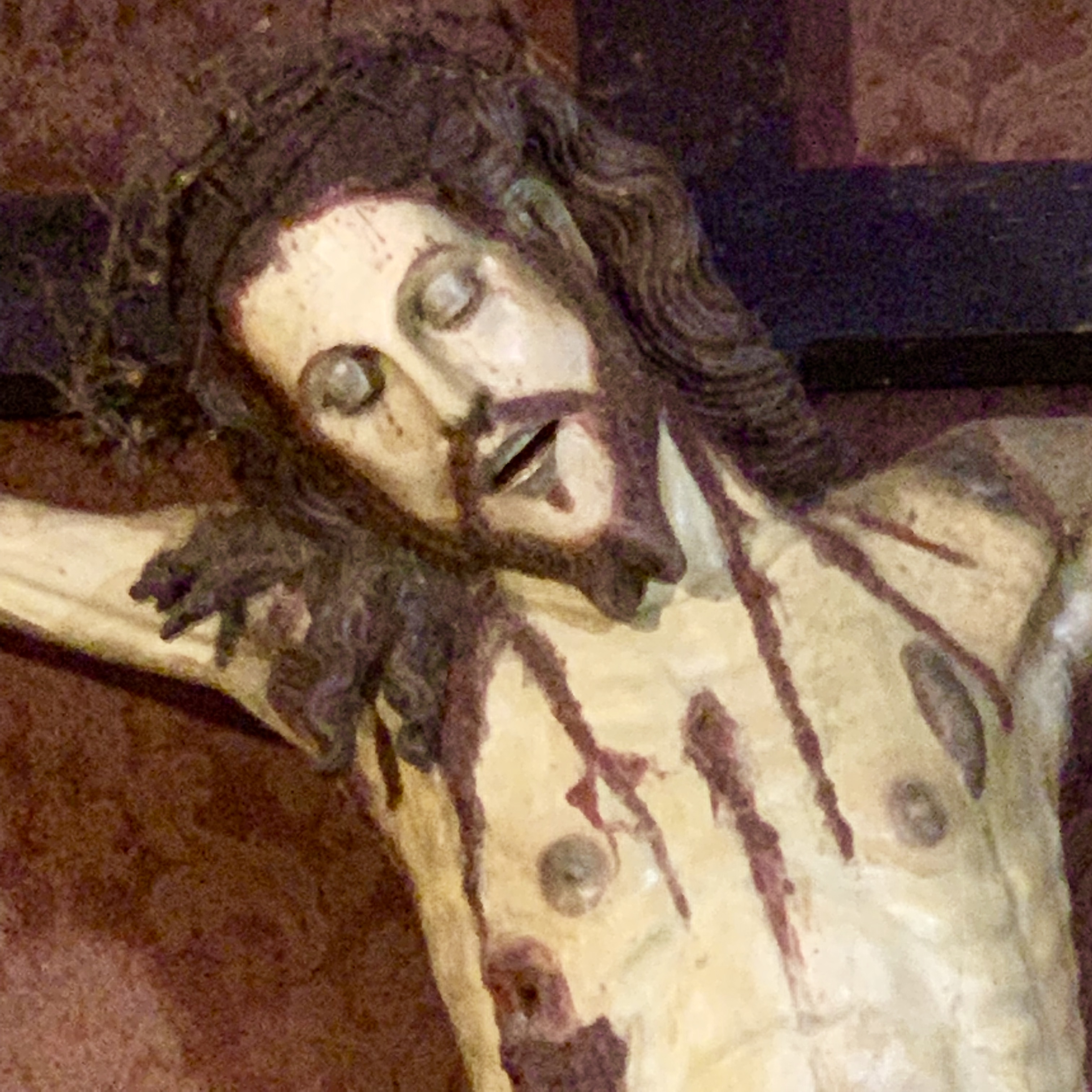
Rocca Demaniale di Gradara
The location of this castle made it the scene of many military conflicts between the papacy and the ruling family—Malatesta/Sforza.
On the love side of things, Dante made a local love affair forever famous in his Divine Comedy, telling the tale of the lovers Paolo and Francesca who were caught in the act by Francesca’s husband Gianciotto, who was Paolo’s brother! Gianciotto killed them both, and their souls were banished to Hell where Dante encountered them in the second circle, reserved for the lustful. As you can see, we are becoming Dante cognoscenti! At least on bits and pieces of his work.
We were impressed by the extent of the castle in Gradara, its furnishings, the art, and the descriptions offered in each room. Much of the interior was restored in the 1920s with Arte Nouveau touches. Worth a visit.
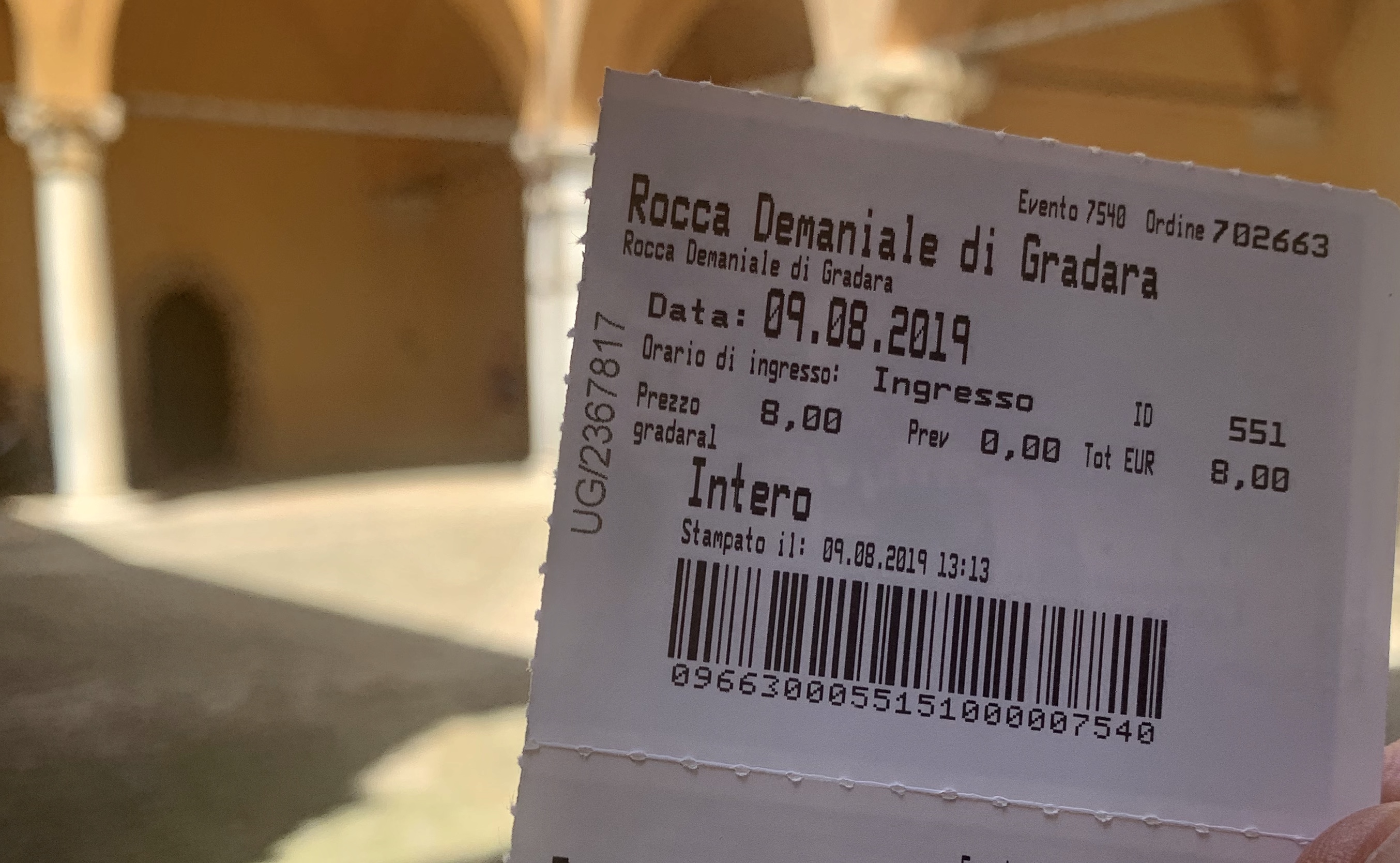
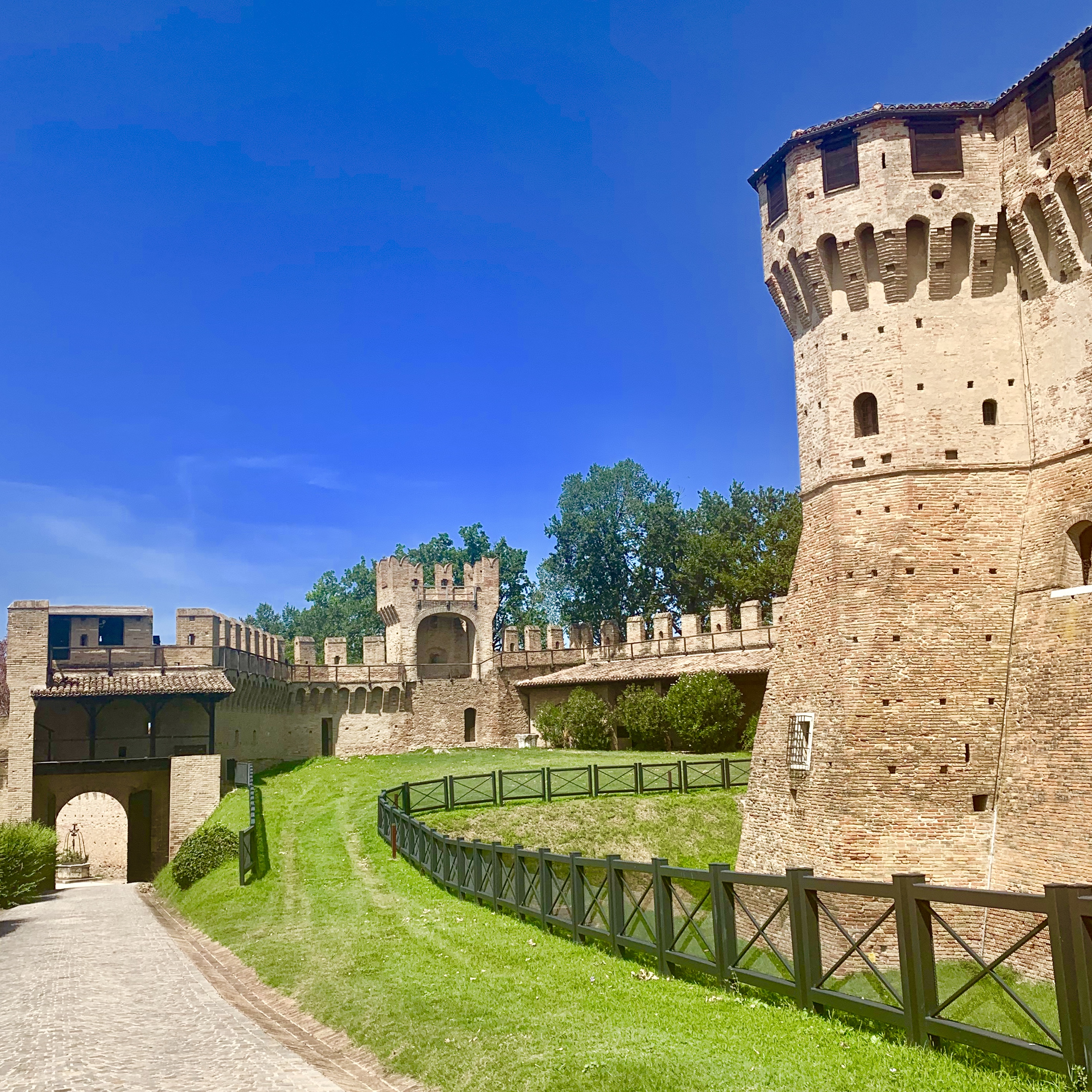
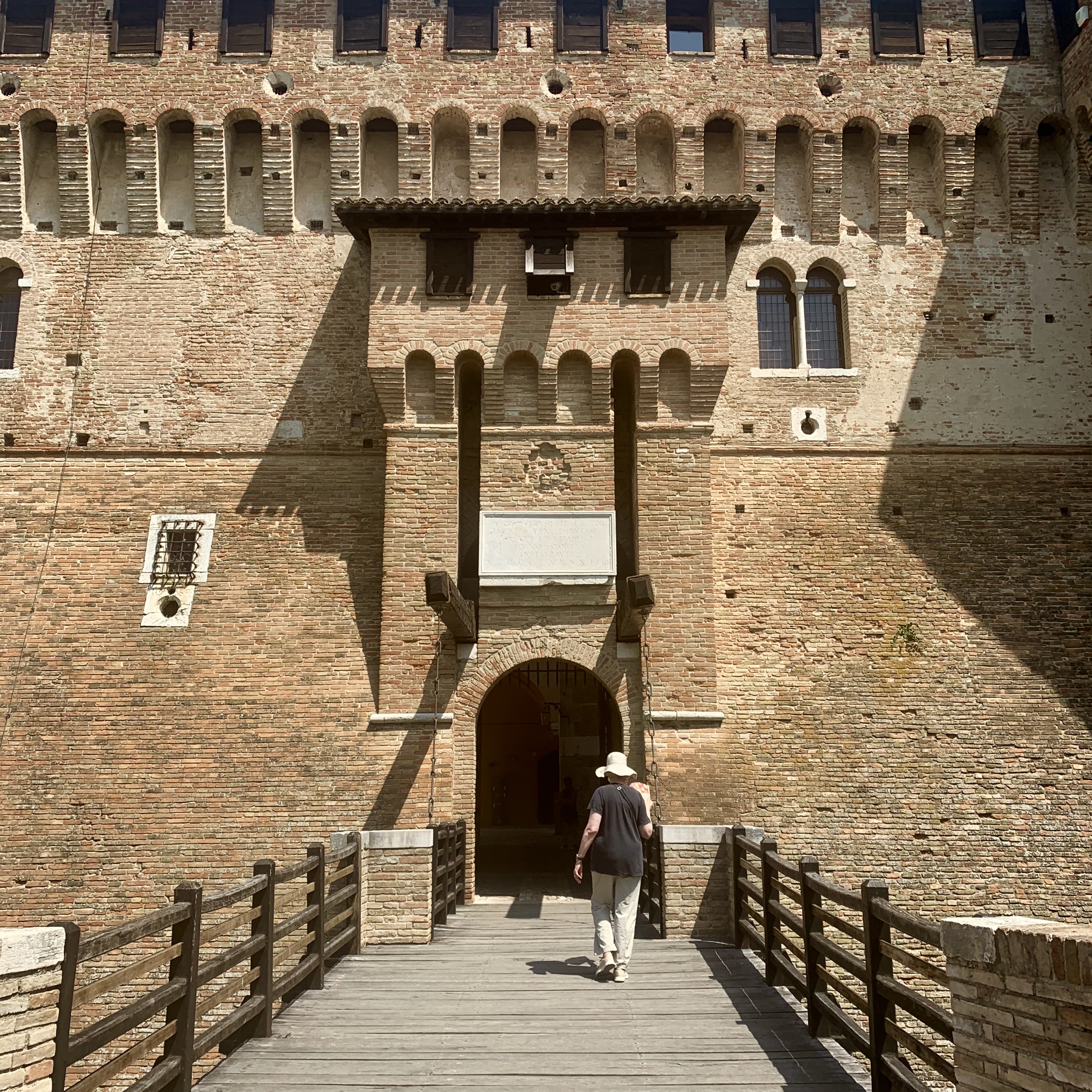
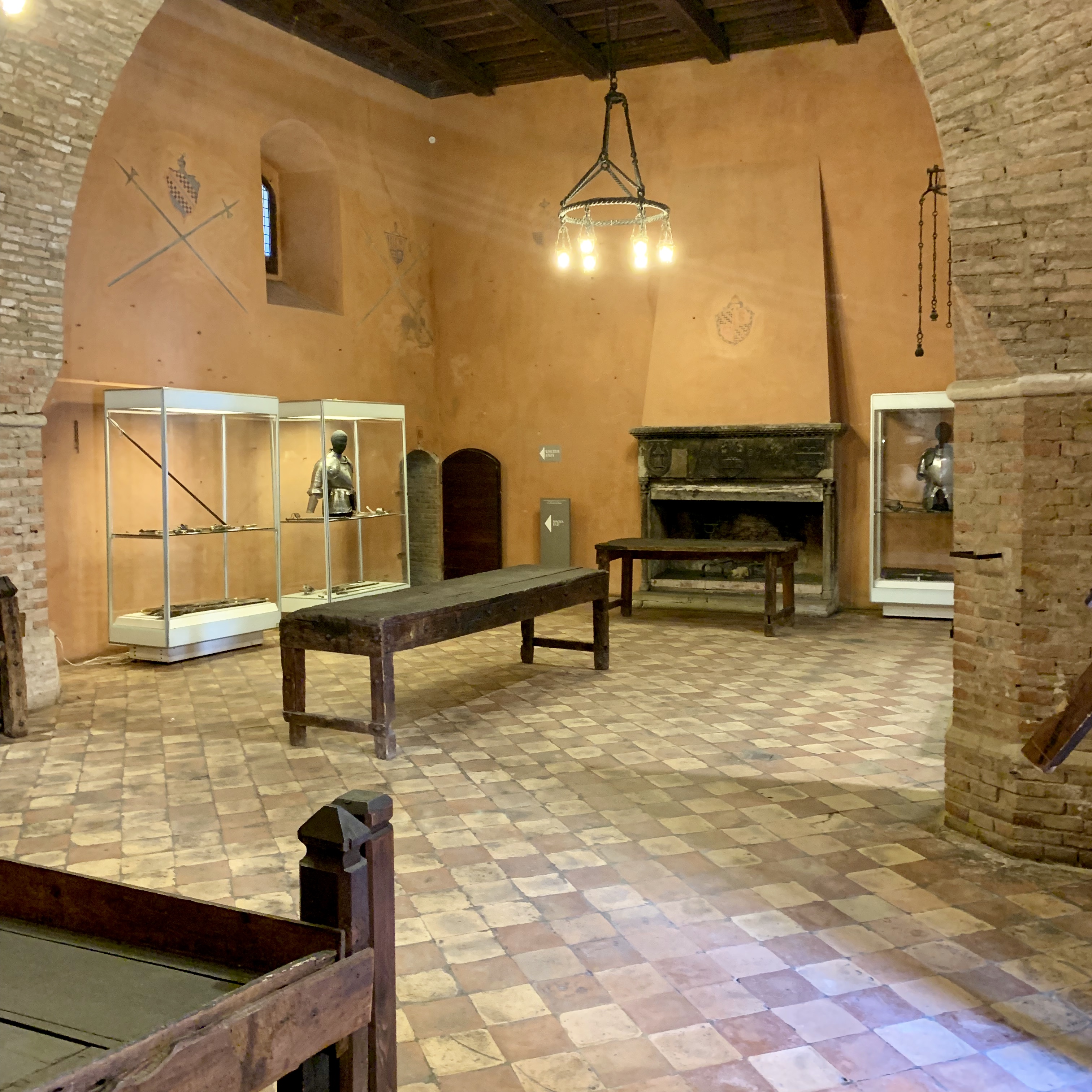
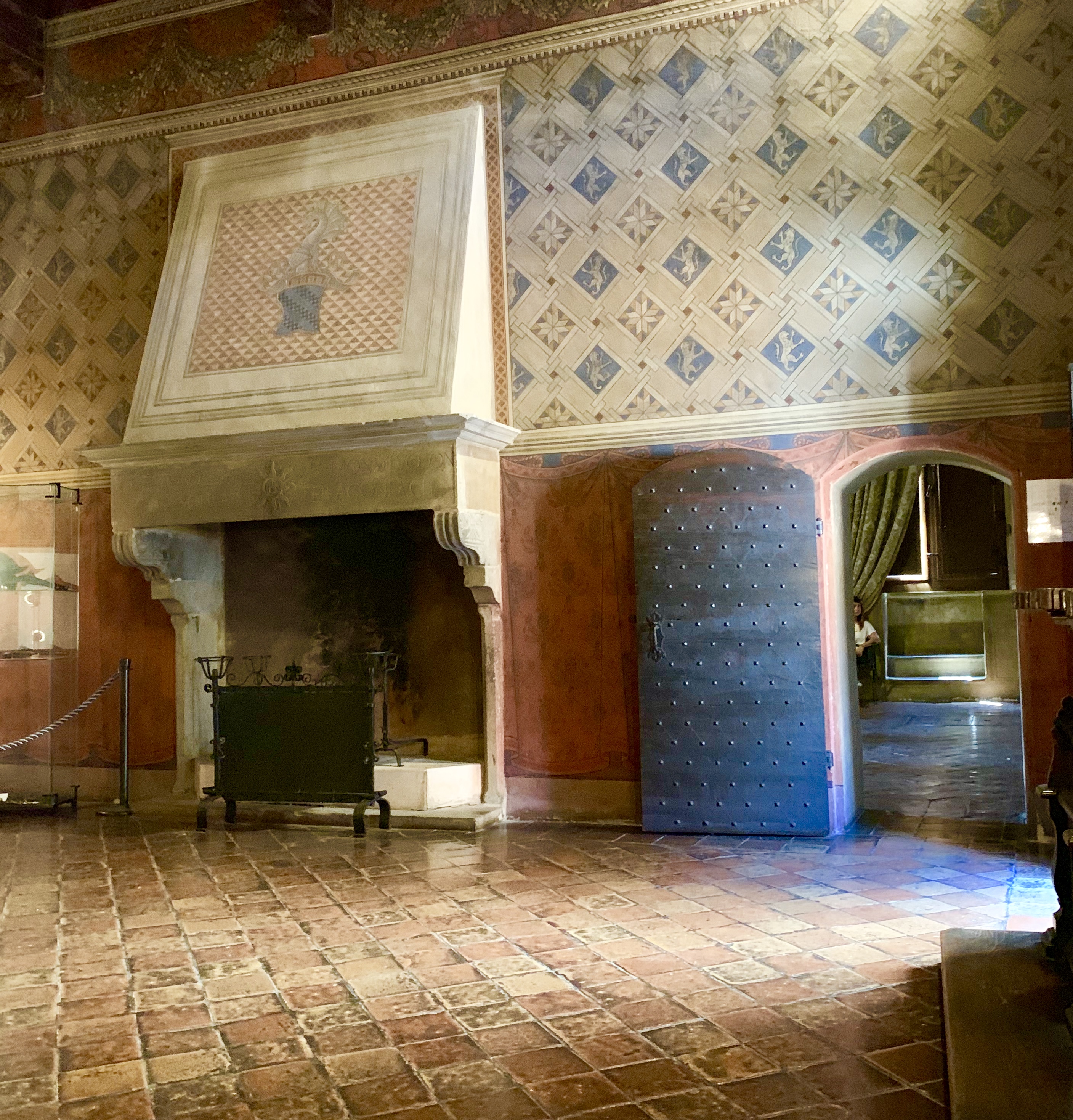
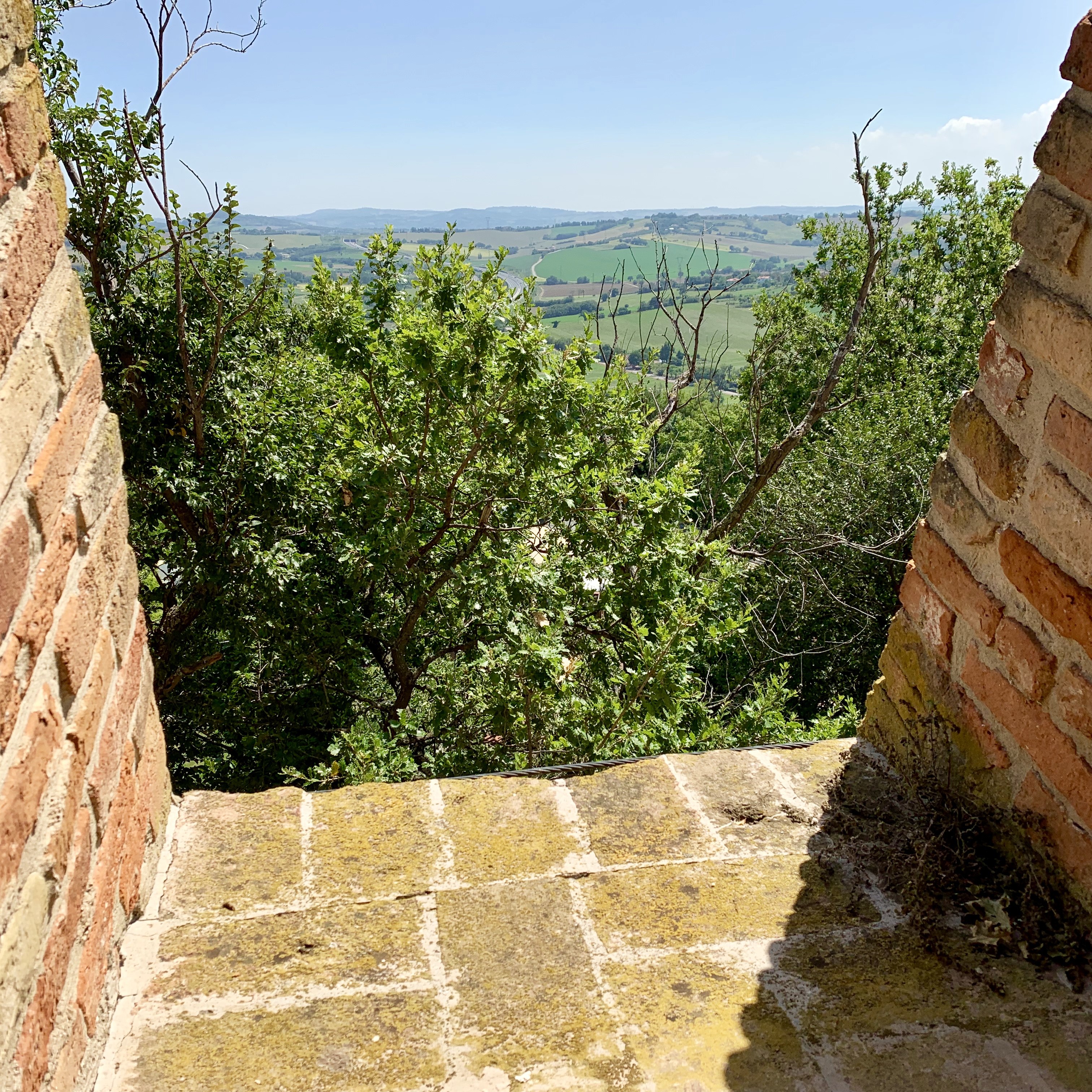


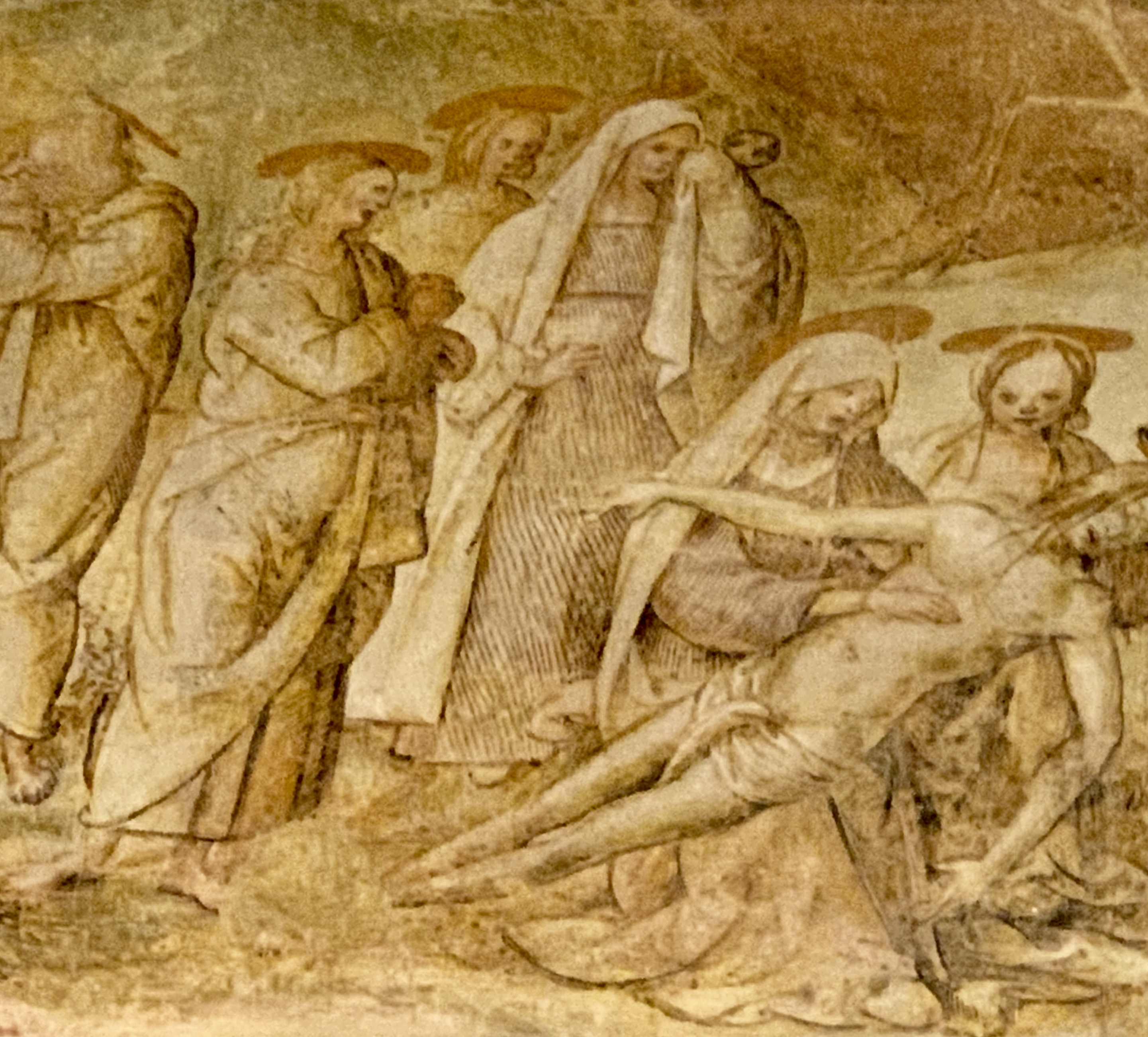
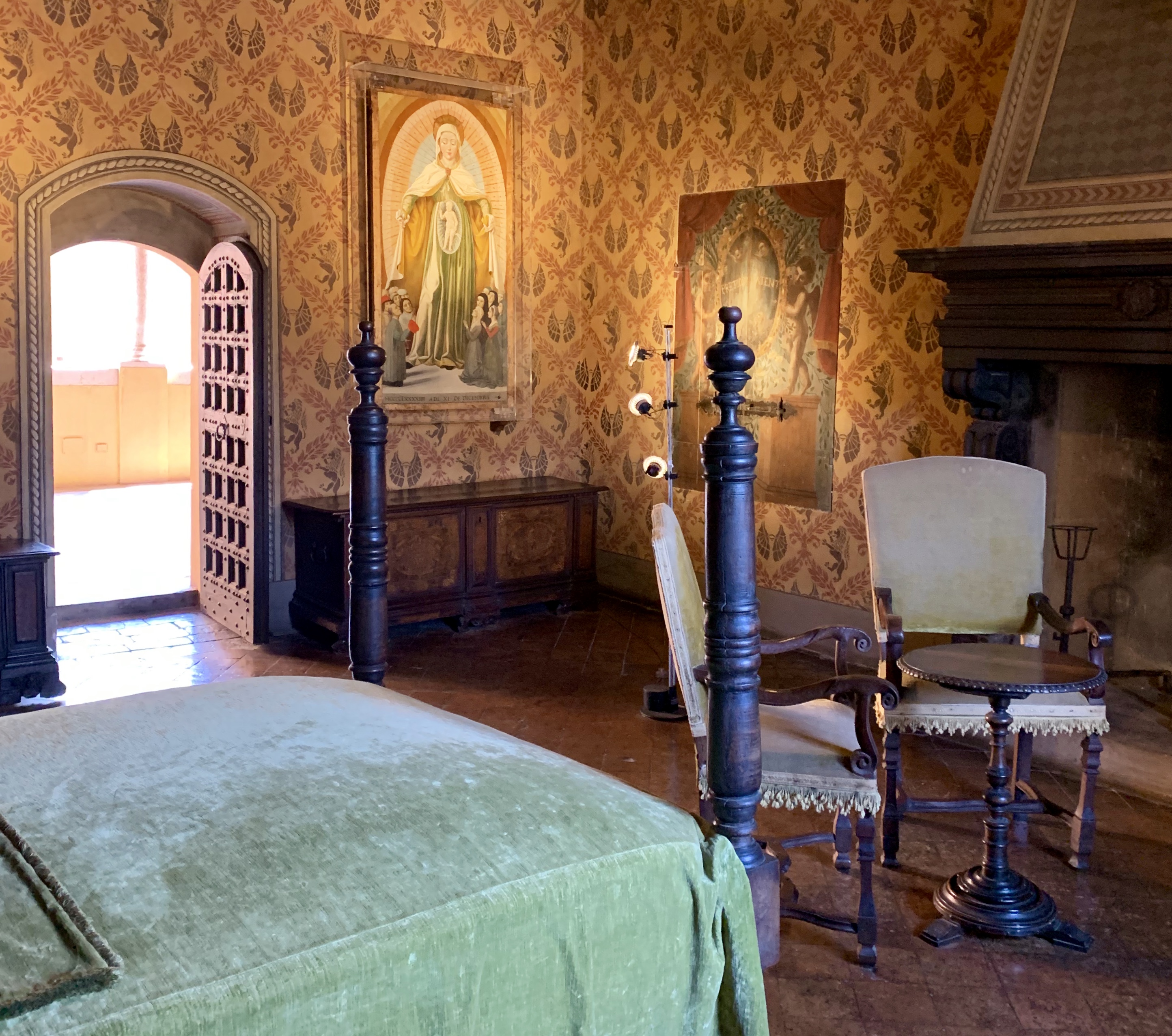
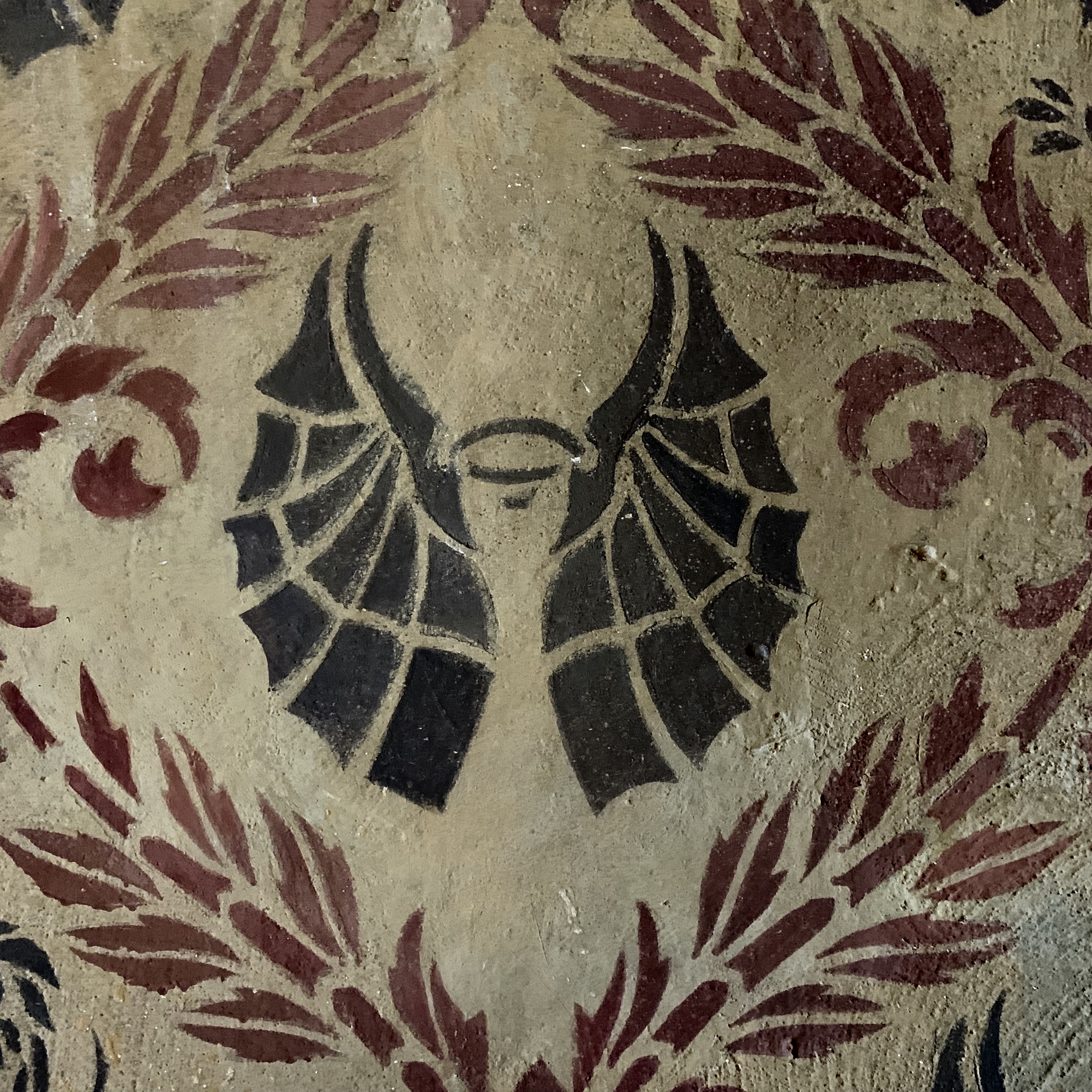
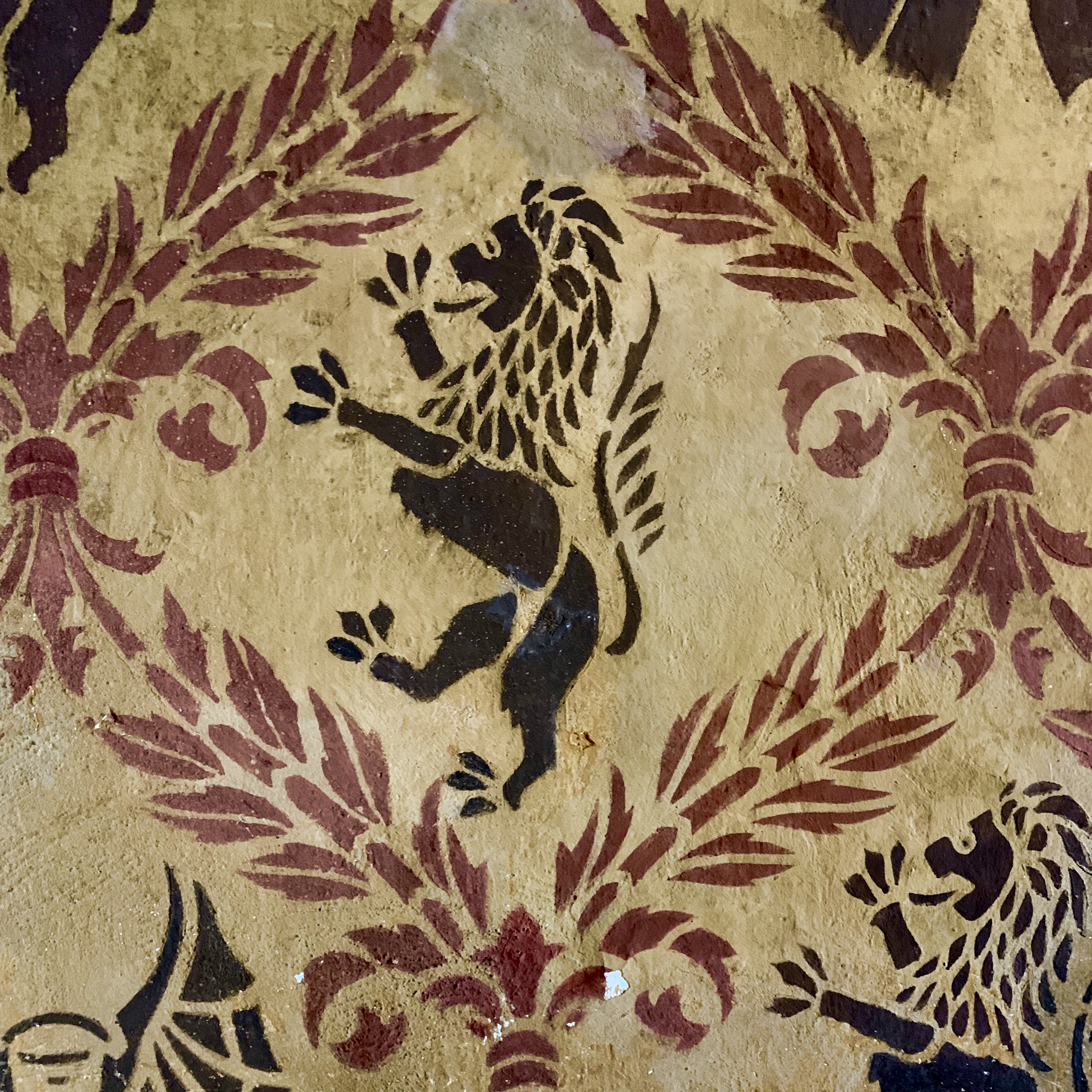
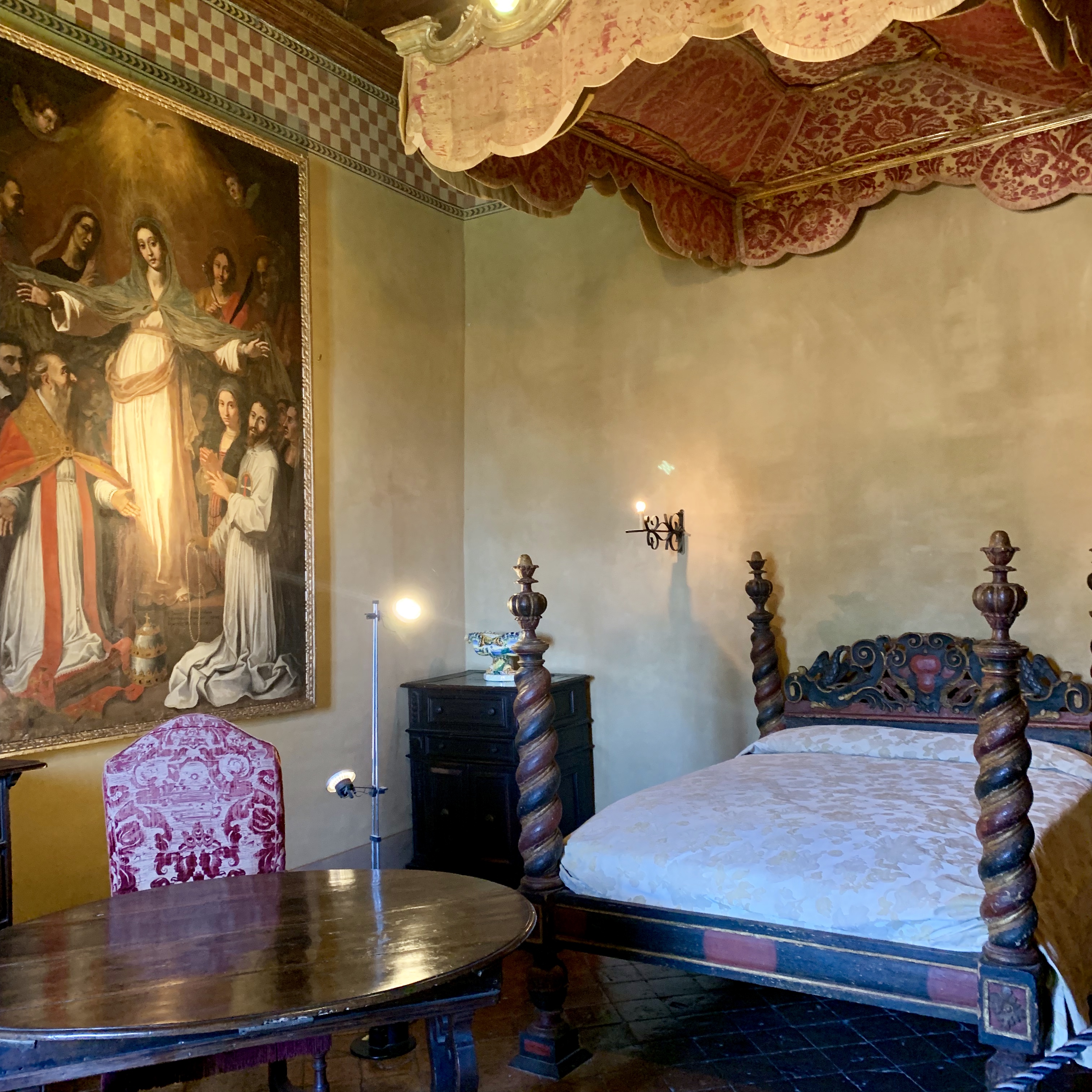
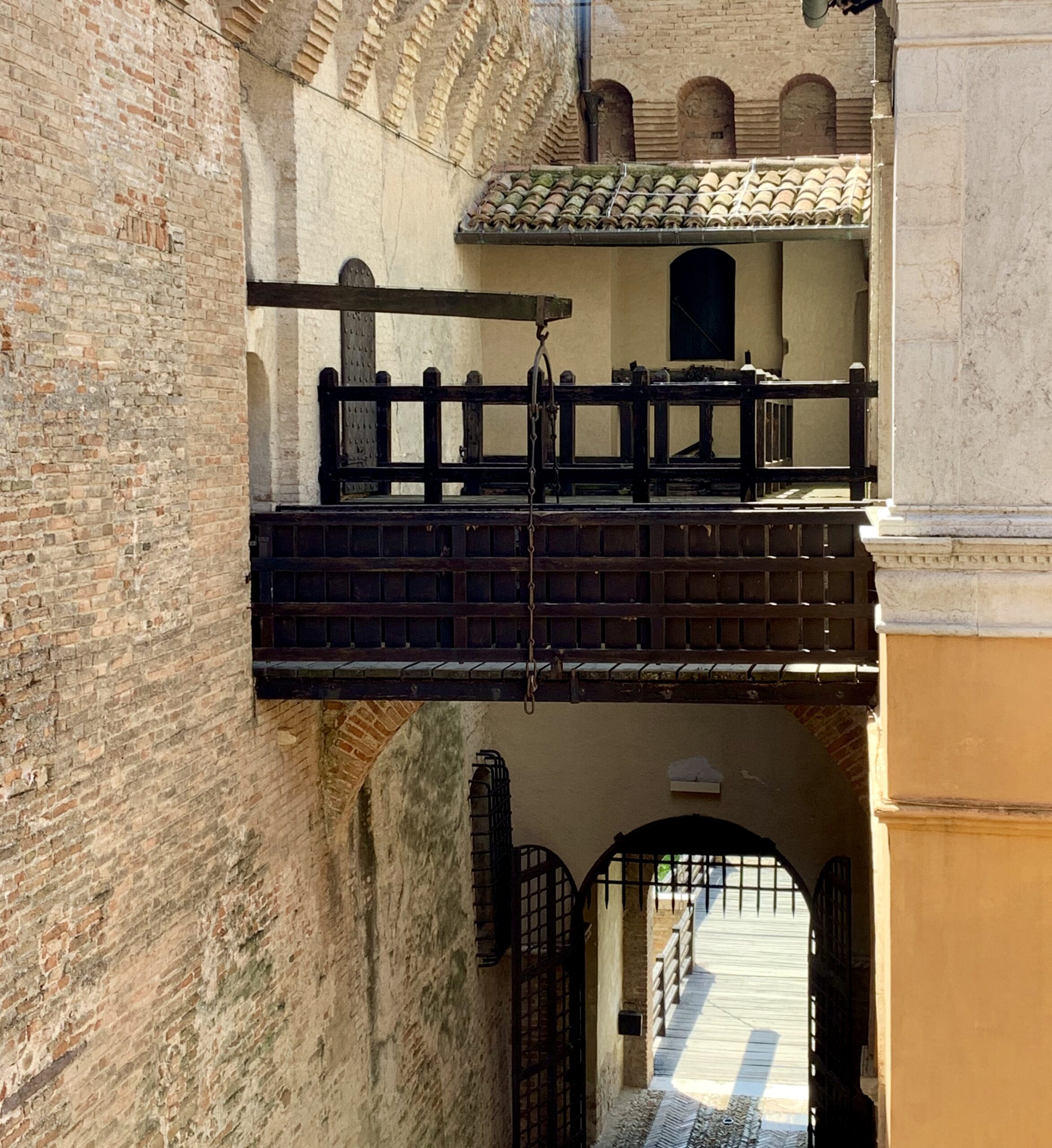
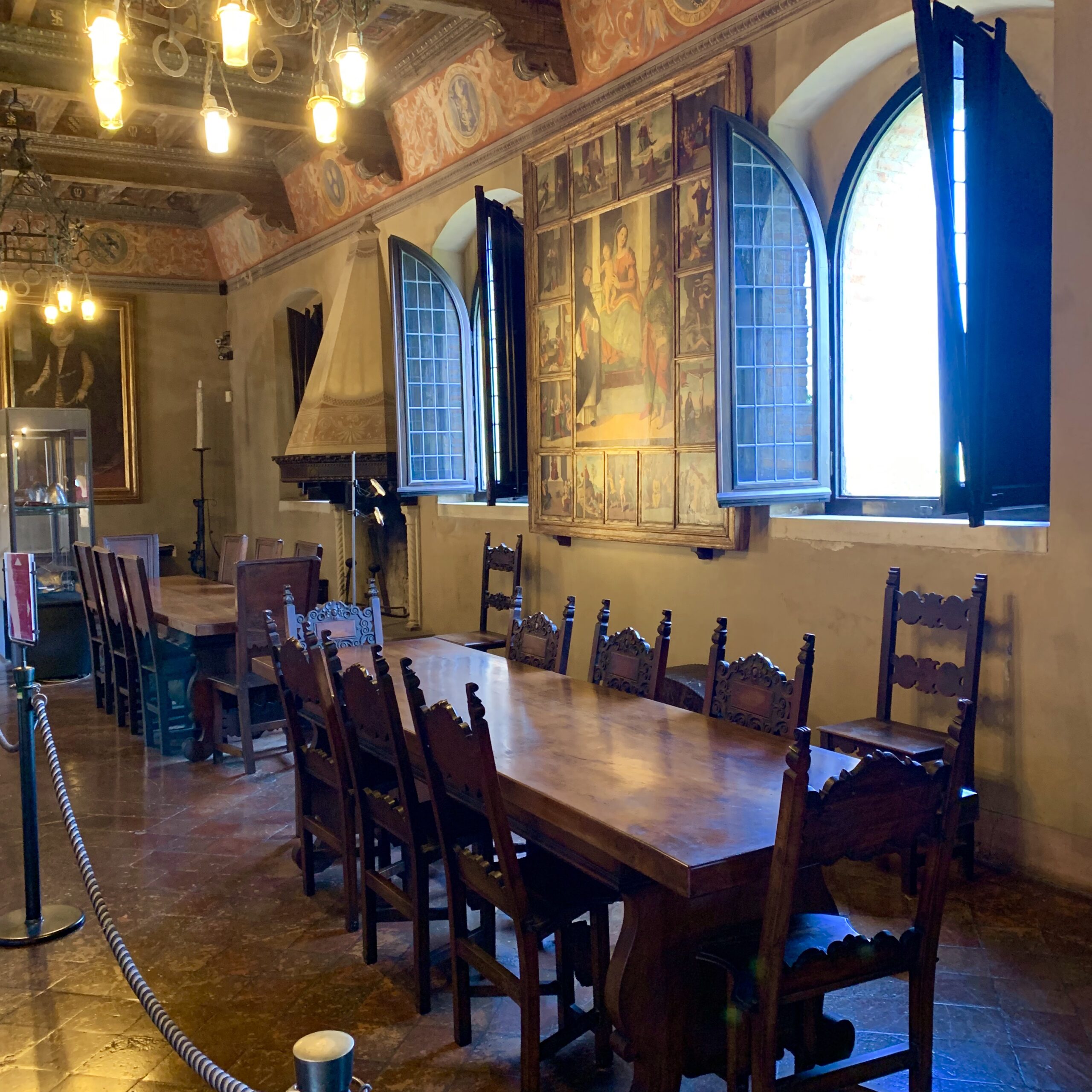
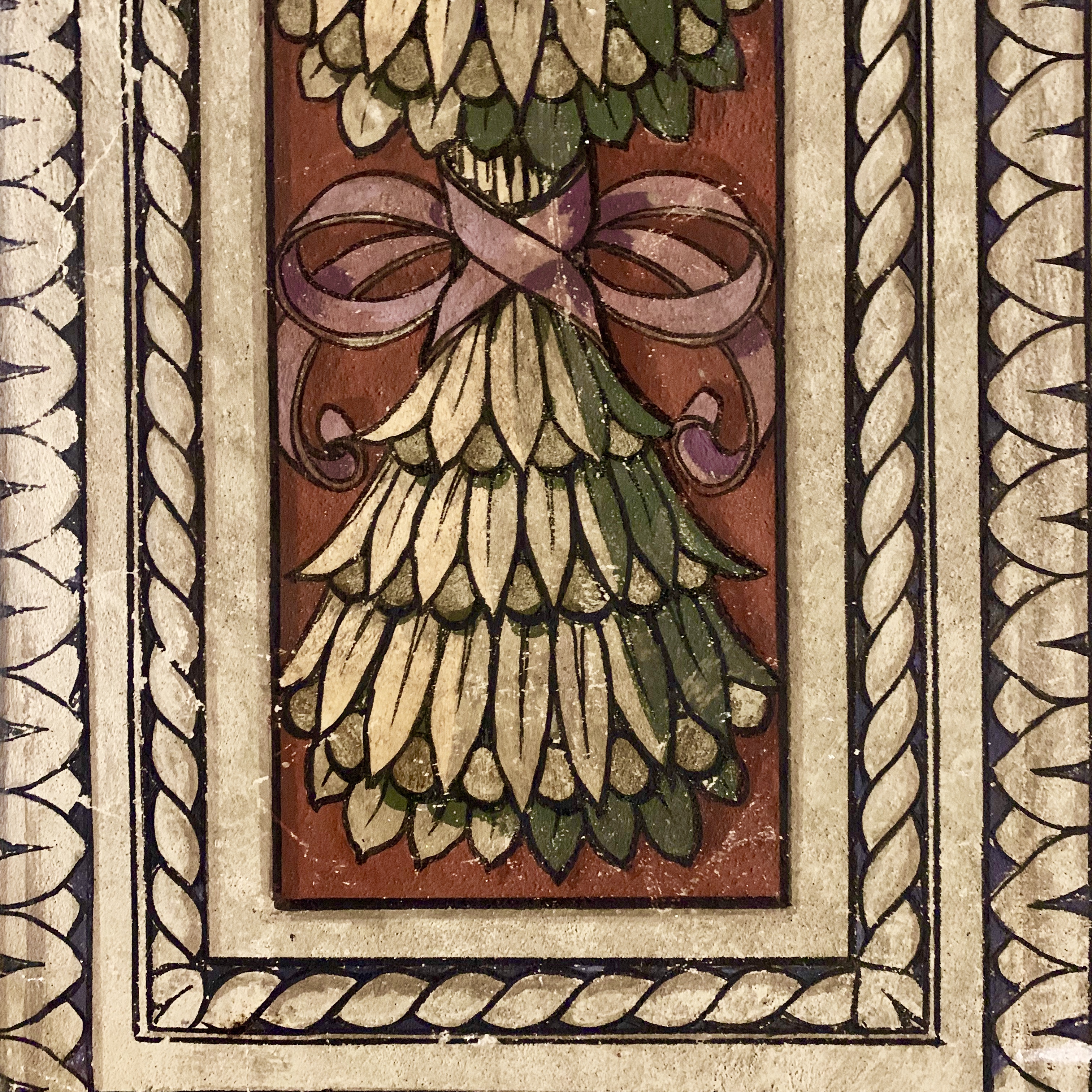
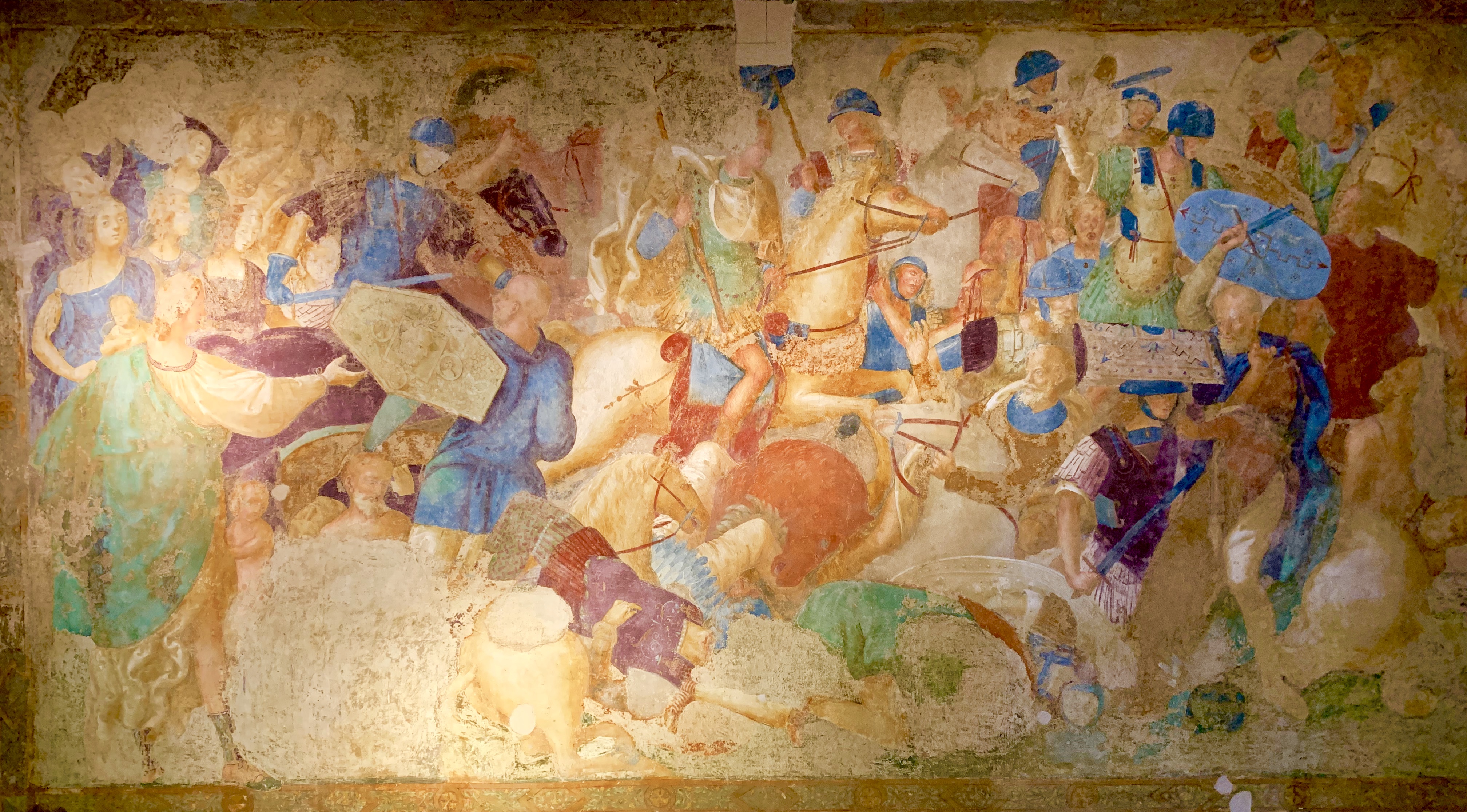
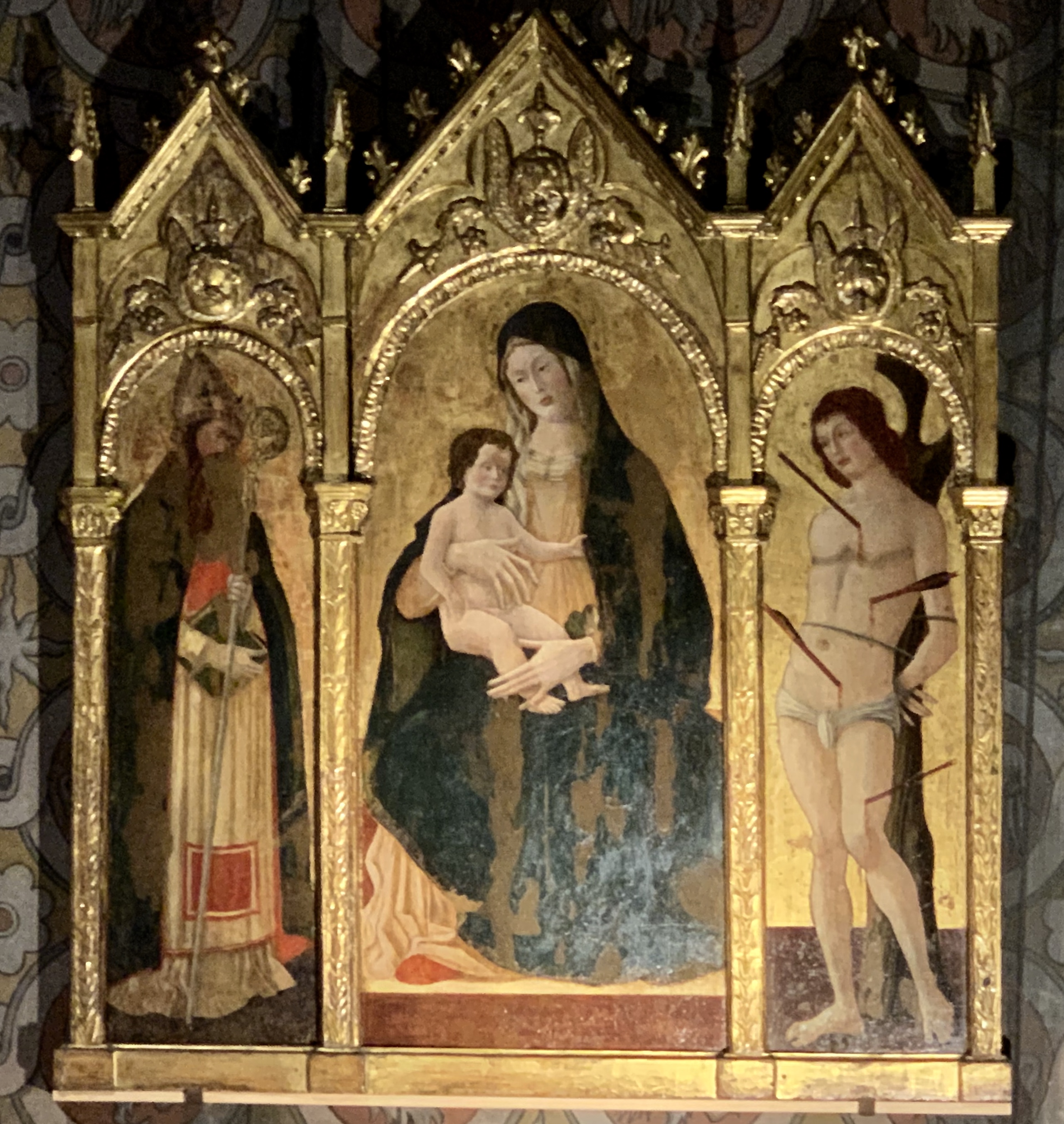
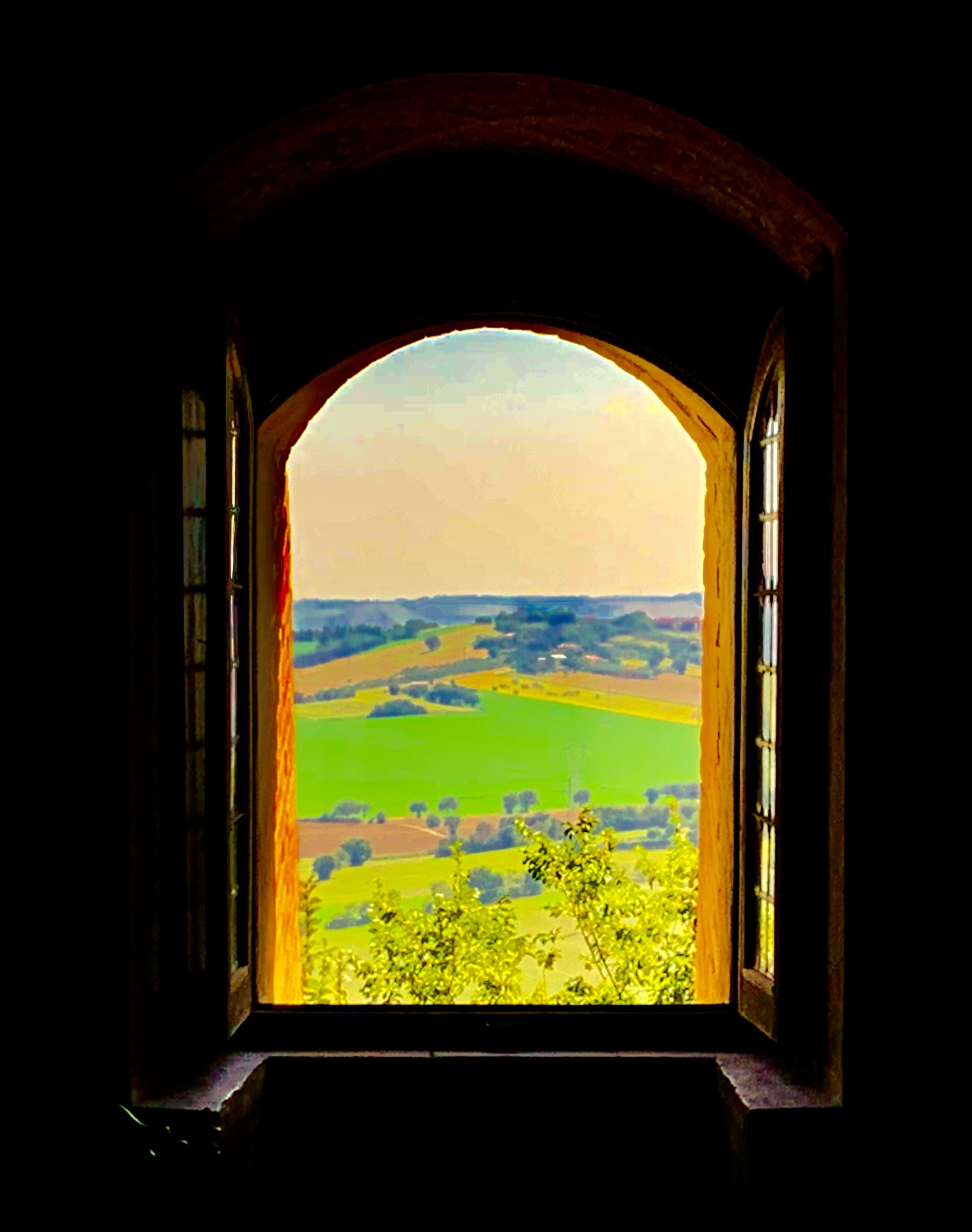
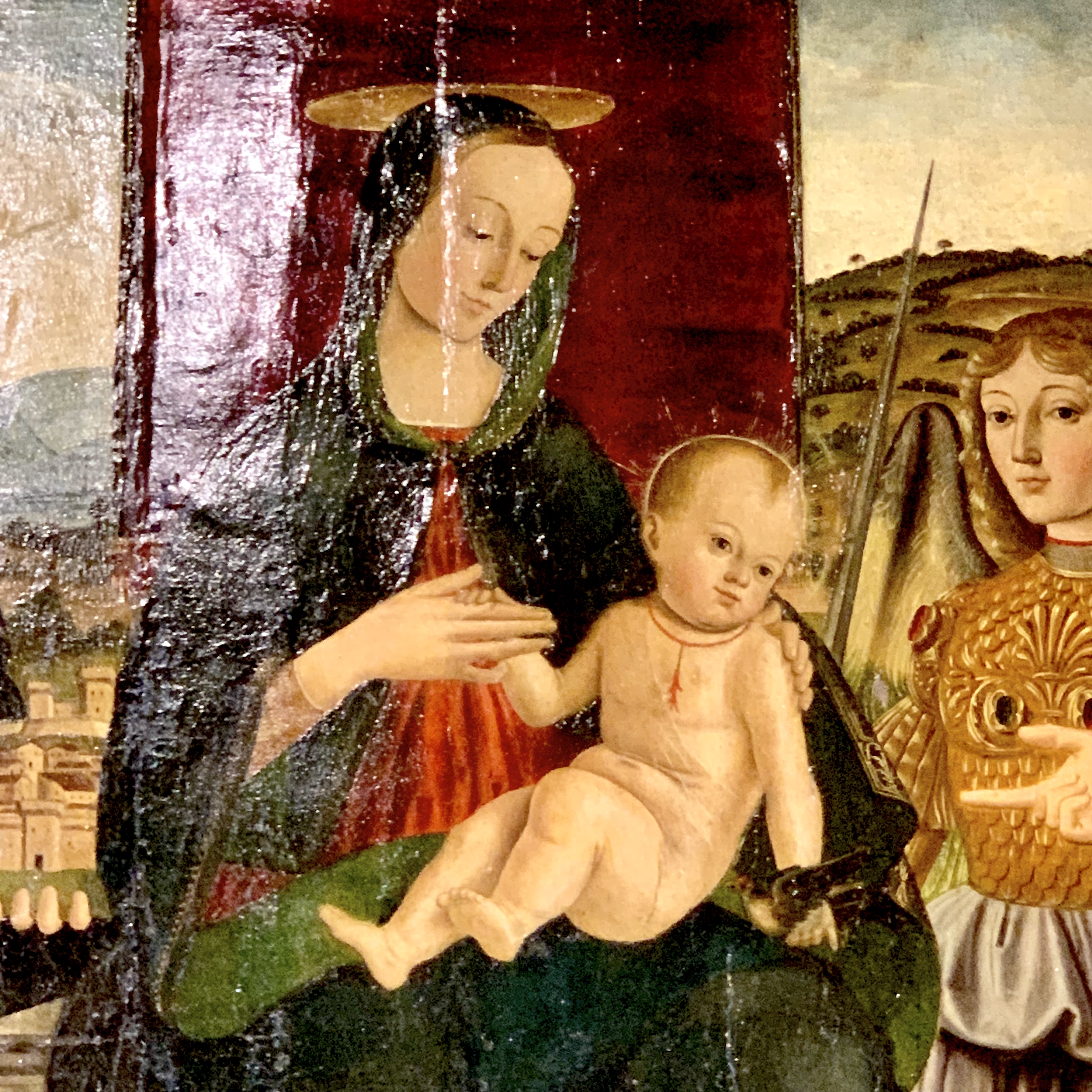
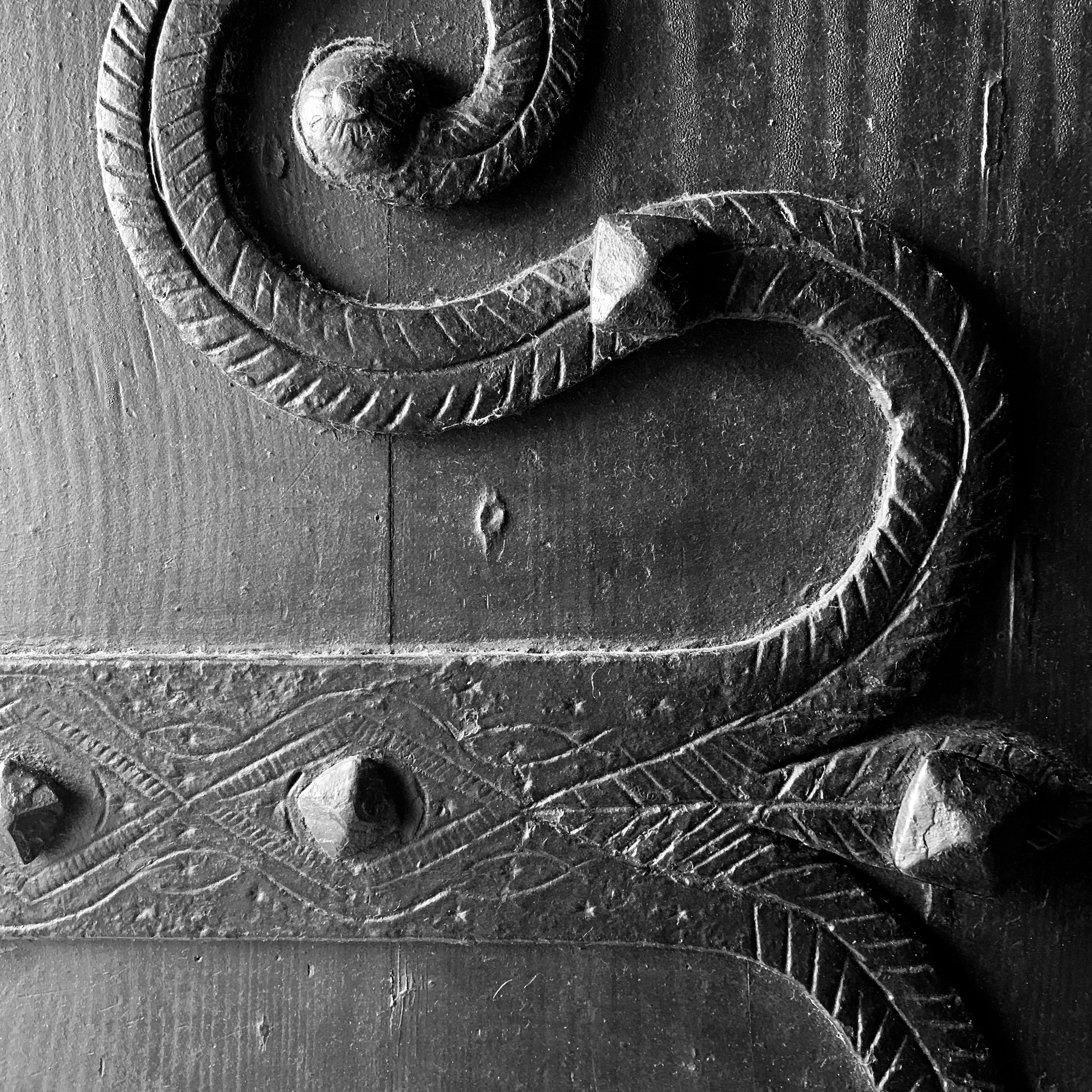
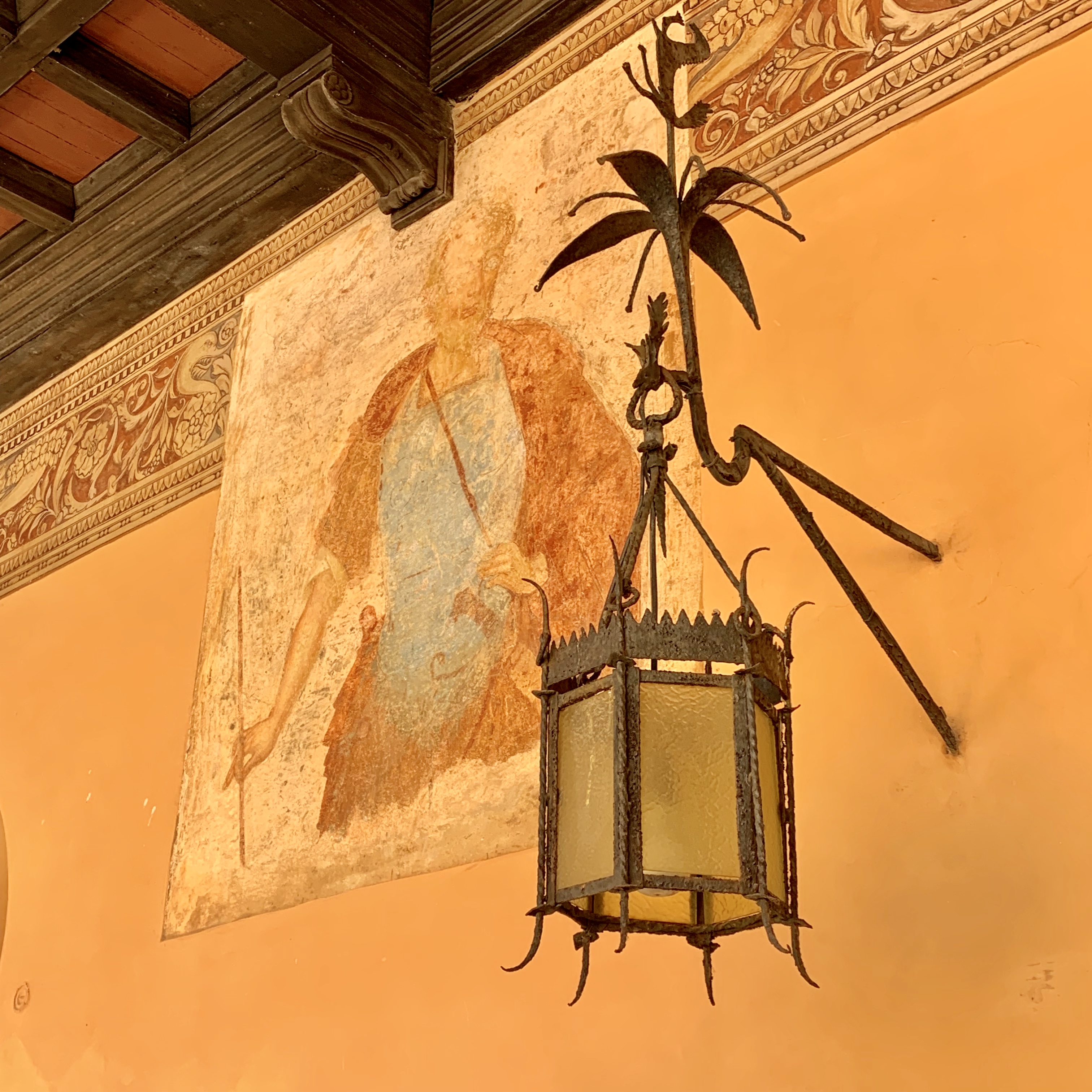
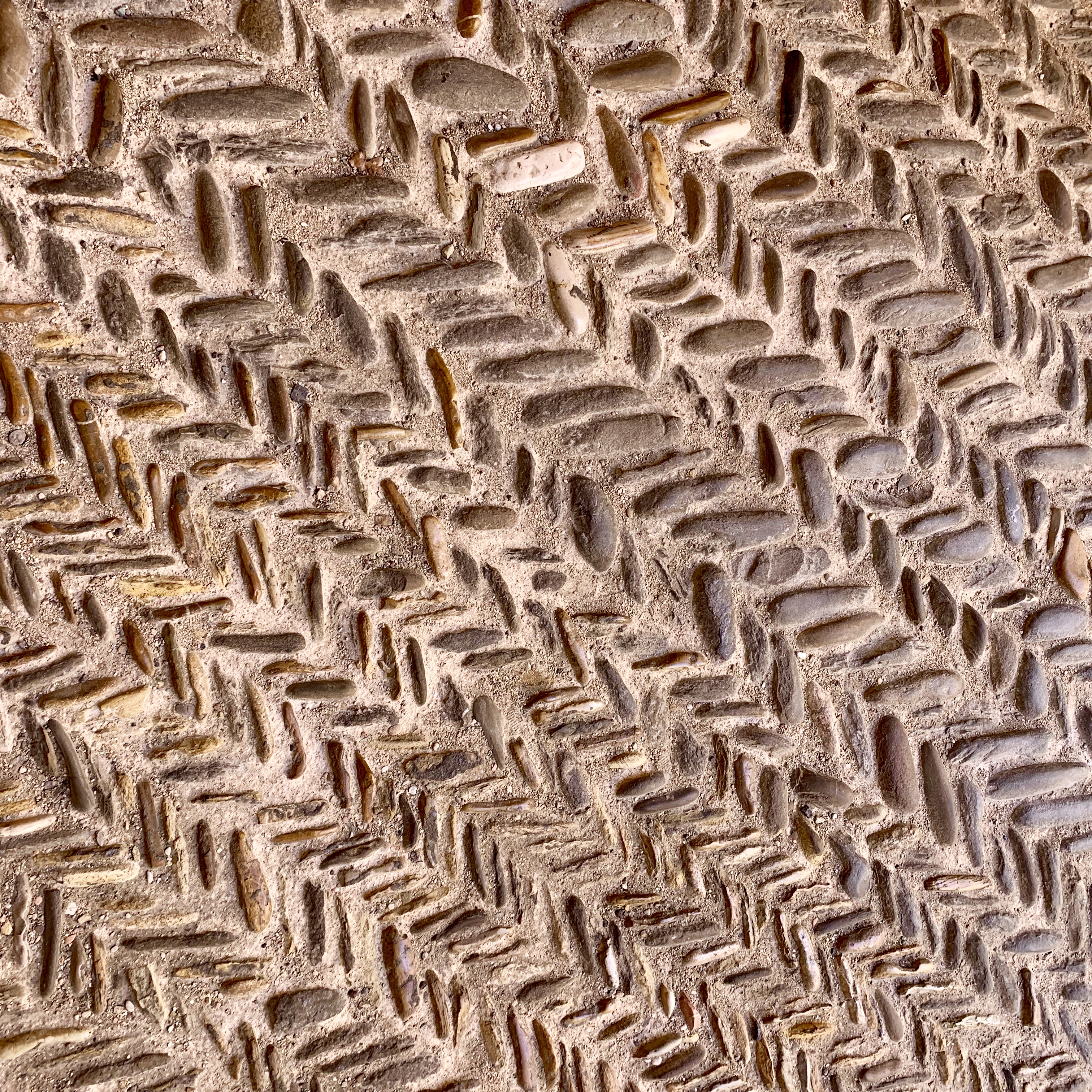
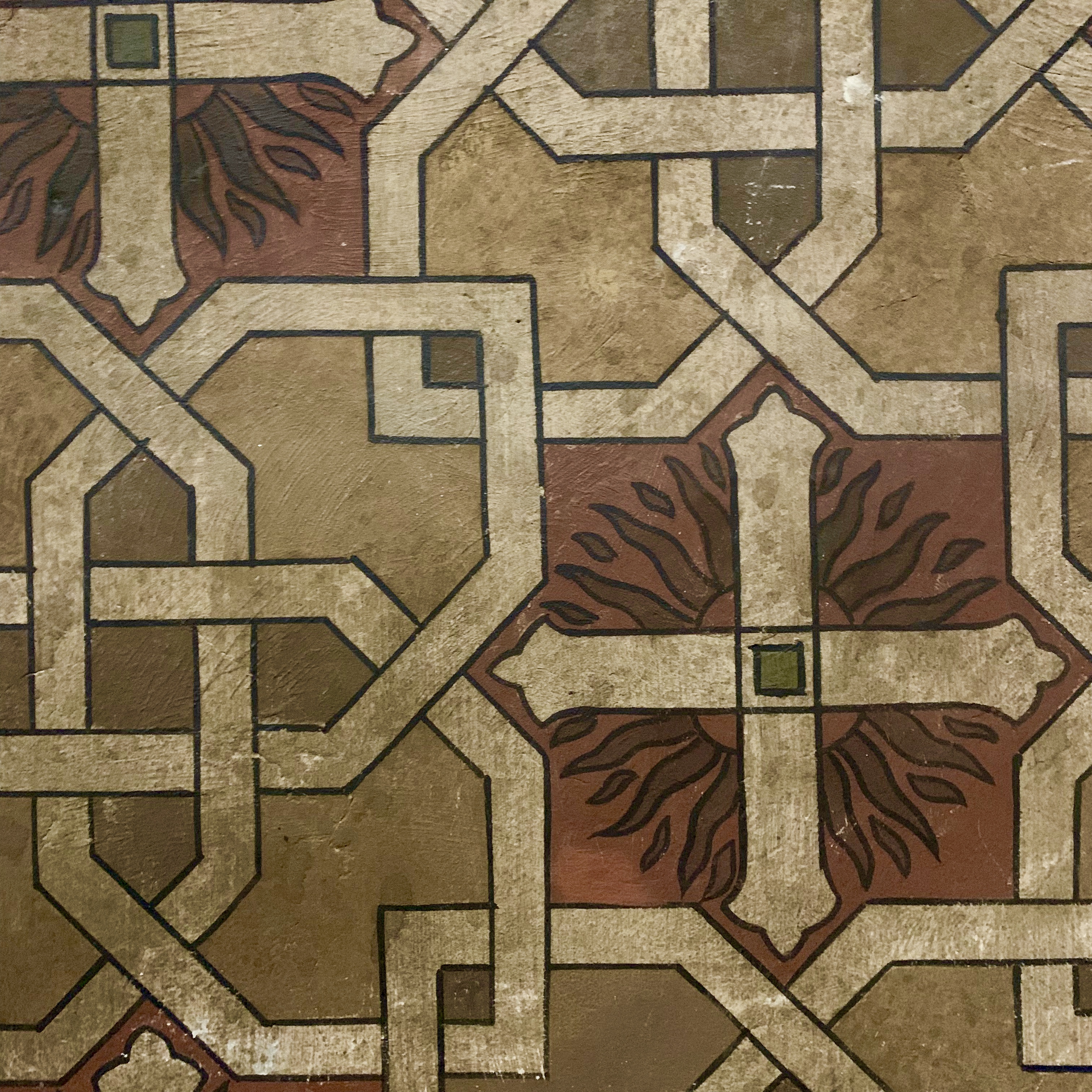
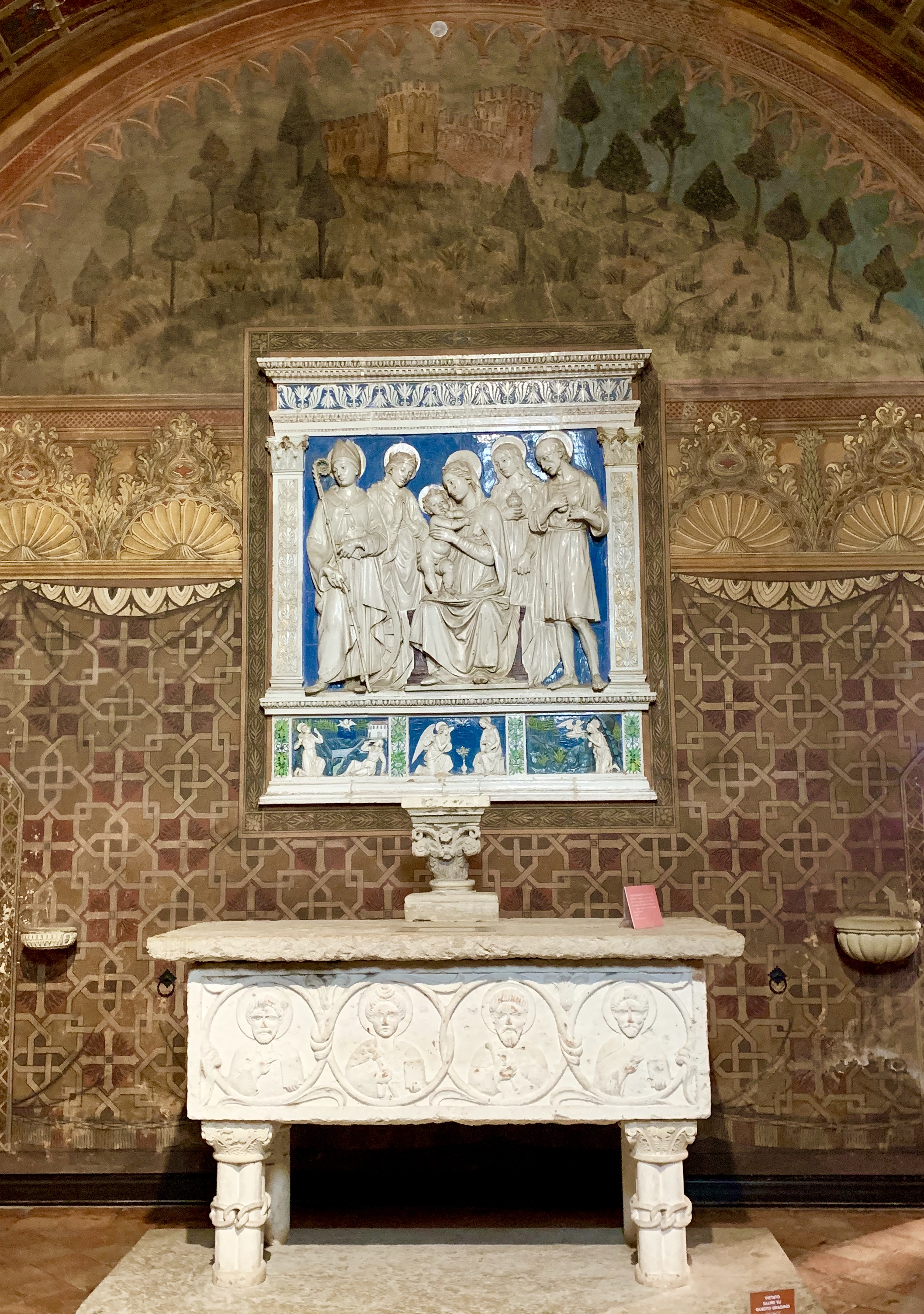
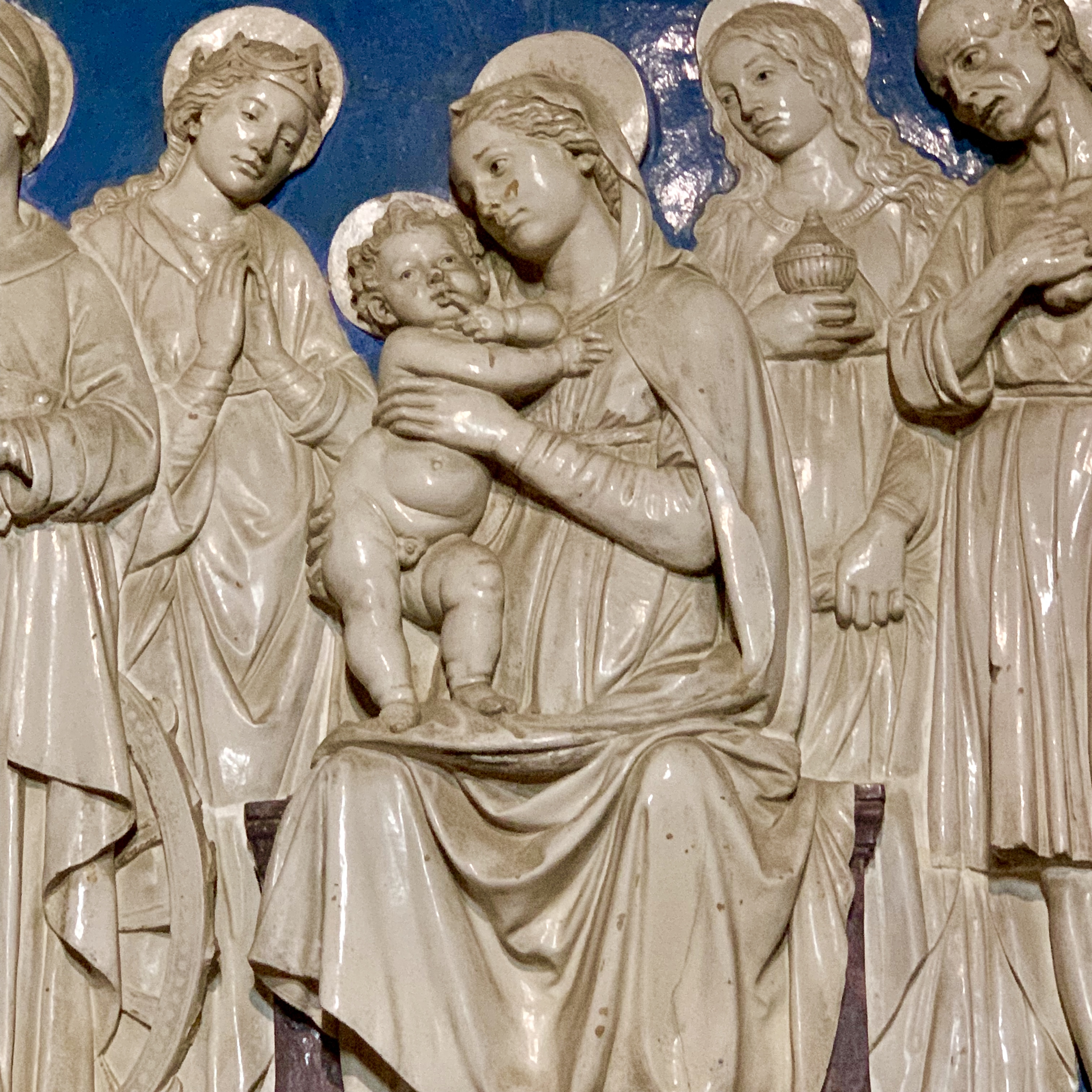
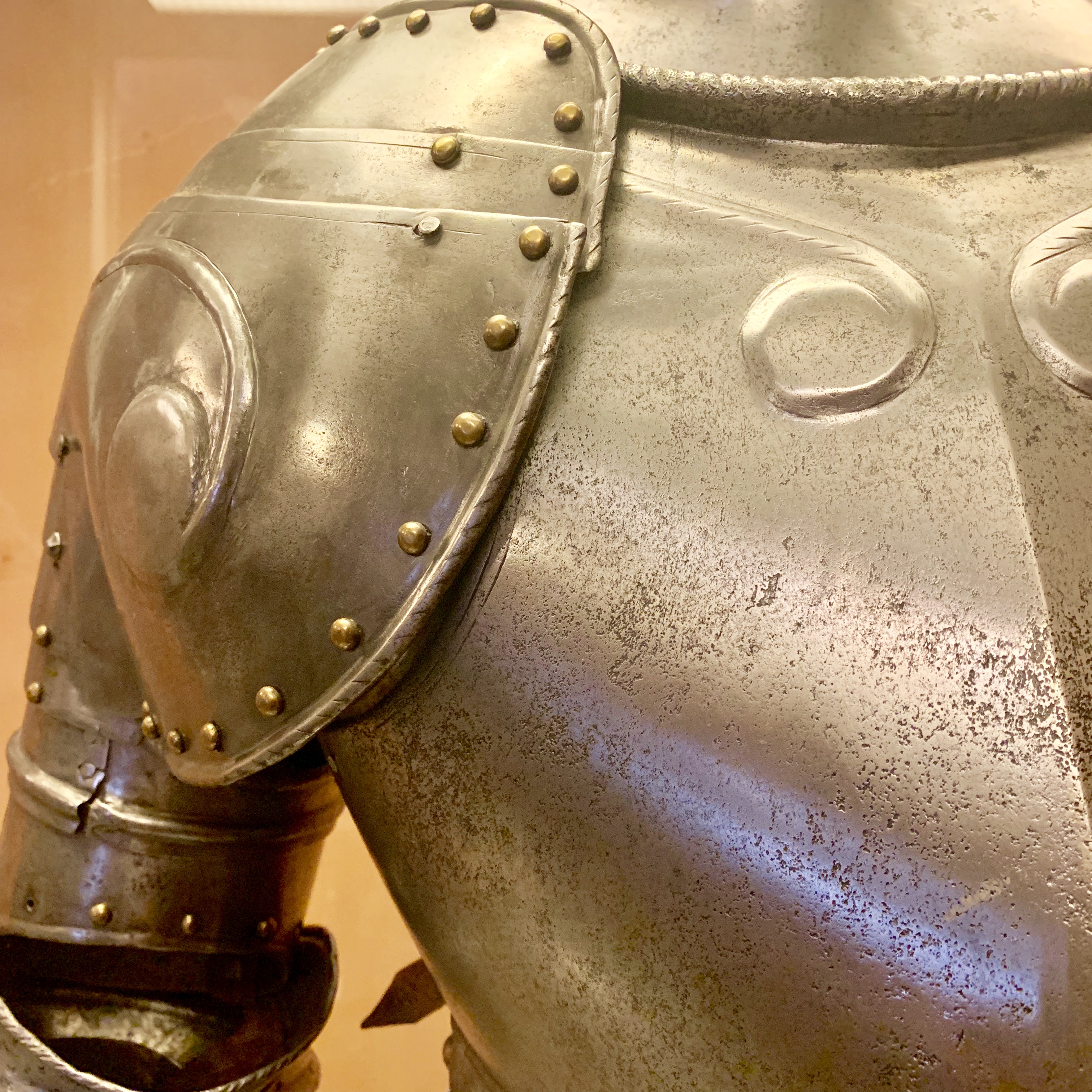
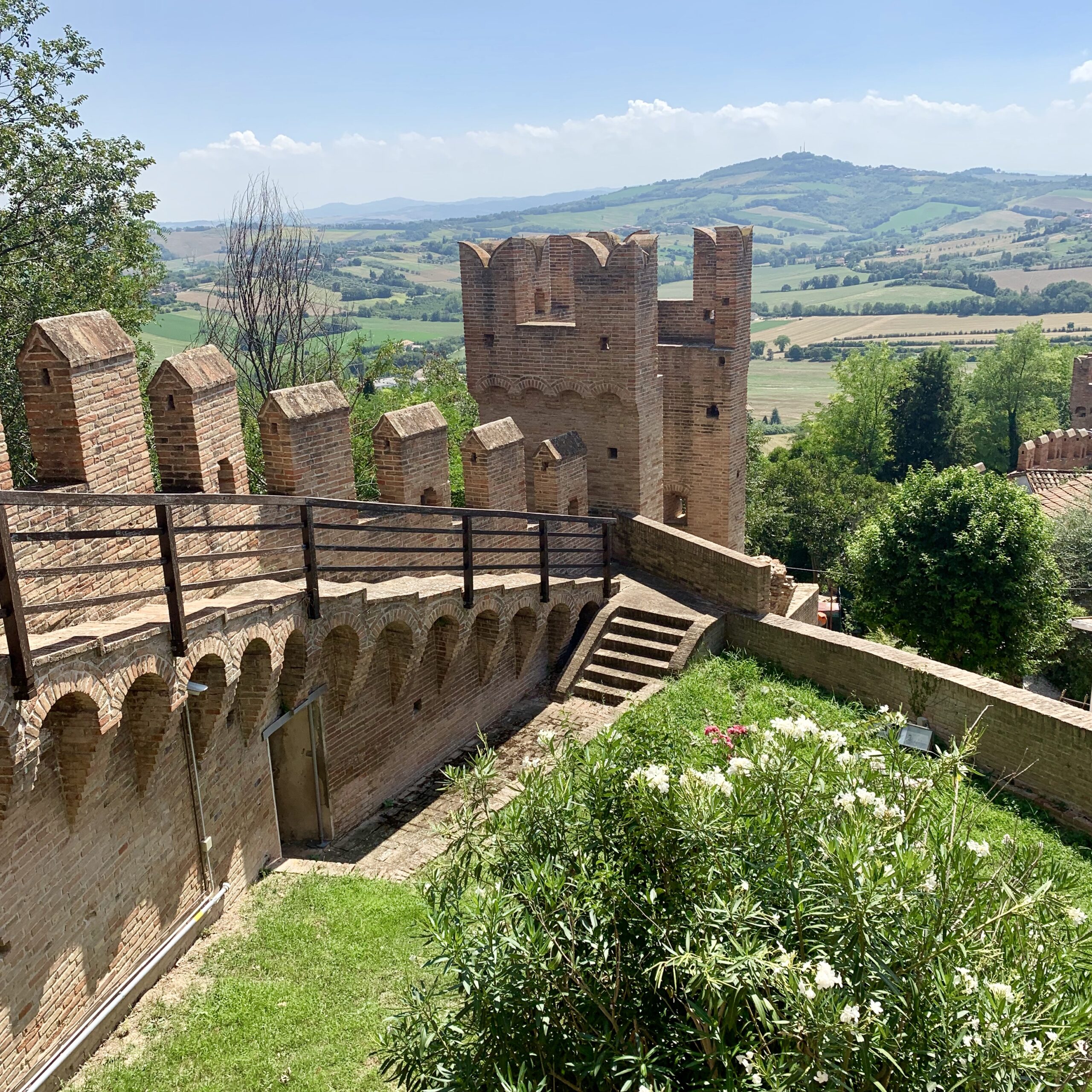
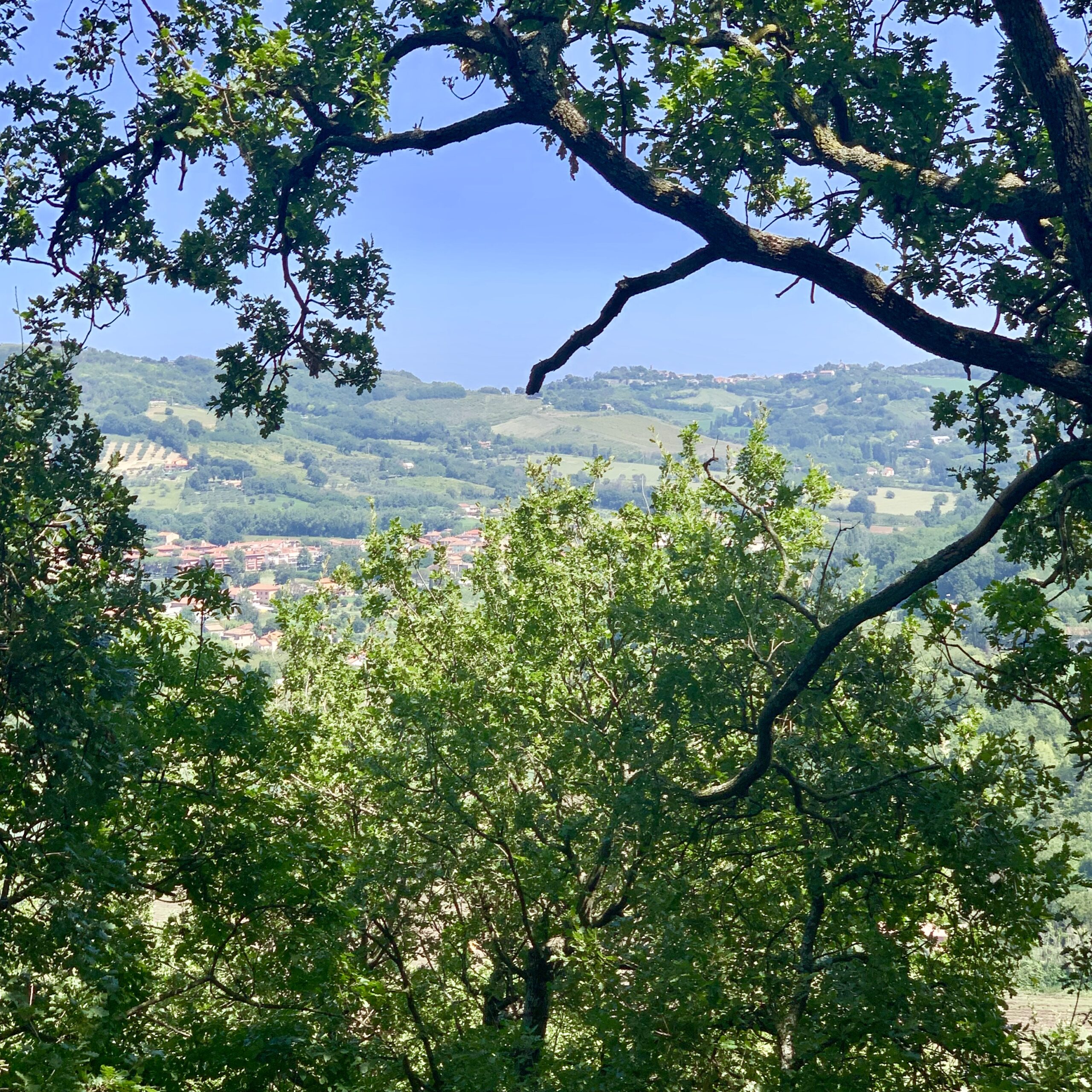
Bonnie’s key travel items
Tide stain stick. In the first month of the trip her excuse for daily splatters on her clothes was that she was wrangling pasta with her left hand. She exhausted an entire Tide stick and ordered a three-pack on Amazon.it to replace it. But now that she is using her right arm again, she still flings sauce onto her white shirts. (In this hot weather white shirts are her uniform.) A Tide stick goes everywhere with her.
Ecco sneakers. A millennium pink pair from San Francisco and a taupe pair from Rome are holding up incredibly well to a daily 5 or 6 miles of walking, rough stone pavements, occasional rain, and extreme heat (sweaty feet).
Paper maps. The Touring Club of Italy travel atlas in the car—all three volumes. The city maps handed out by hotels in her bag. Google maps on the iPhone are great, but they don’t replace the big picture and you can’t make notes on them easily.
Cibo e bibite
Only one meal to show on this post! Returning to Le Marche, we are seeing piadine in many restaurants. Ravenna also had a fair share. Piandine are a flat bread made from flour, water, and lard. Some areas also use milk and/or egg. Piandine are cooked on a grill over hot coals or on an iron plate.
The piadine in Ravenna were thin and firm. So firm you couldn’t bend one without breaking it. The piandine in Gradara were more flexible. When Robert asked if they used egg in their recipe, the waiter responded firmly, “no,” and went on to explain that near Urbino they use egg and they call their version sfoglia. Urbino is only about 30 kilometers from Gradara. In Serra Sant’Abbondio and nearby Frontone, about 50 kilometers south of Urbino, they refer to piadine as crescia. Talk about micro regions for food!
